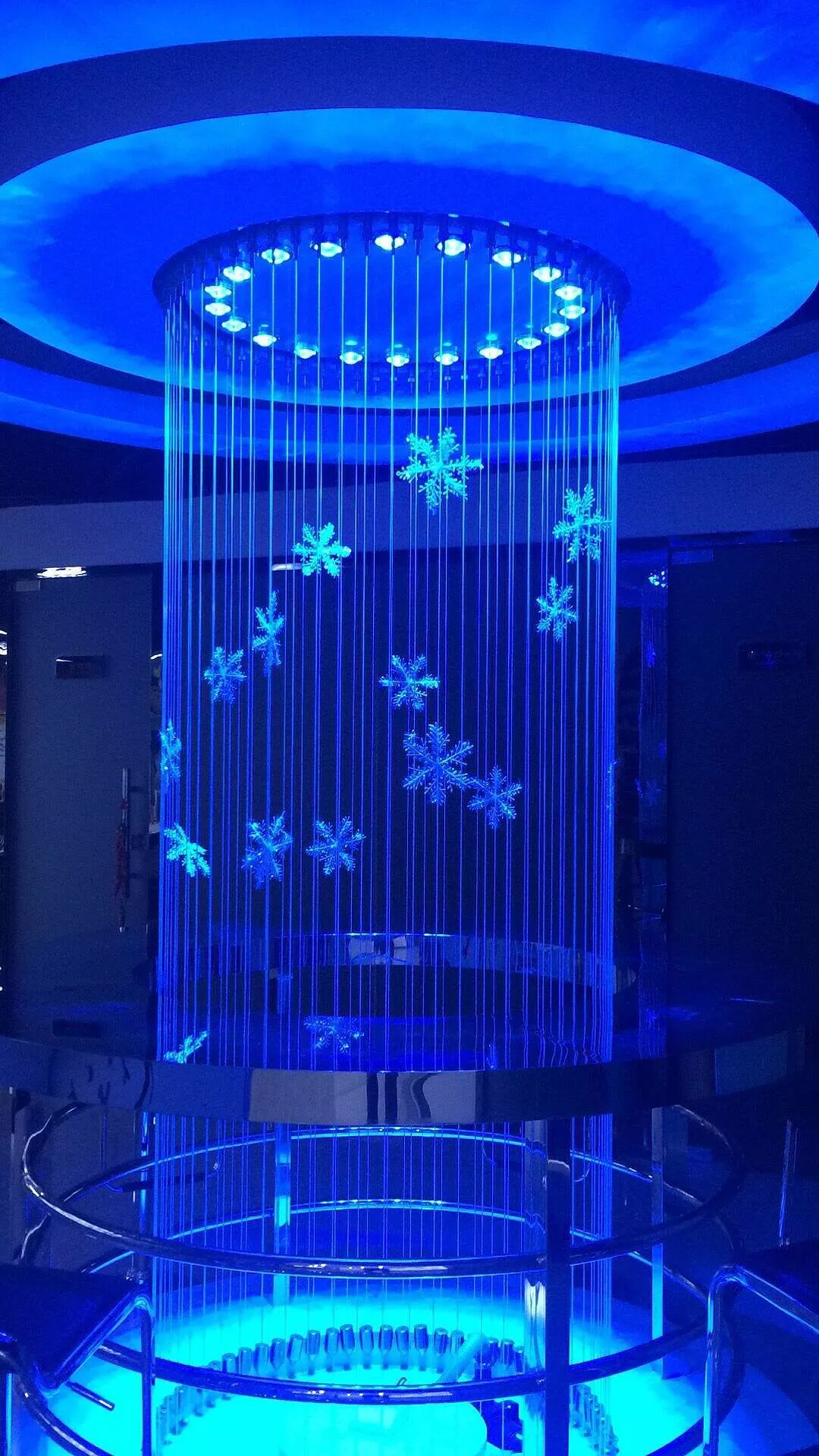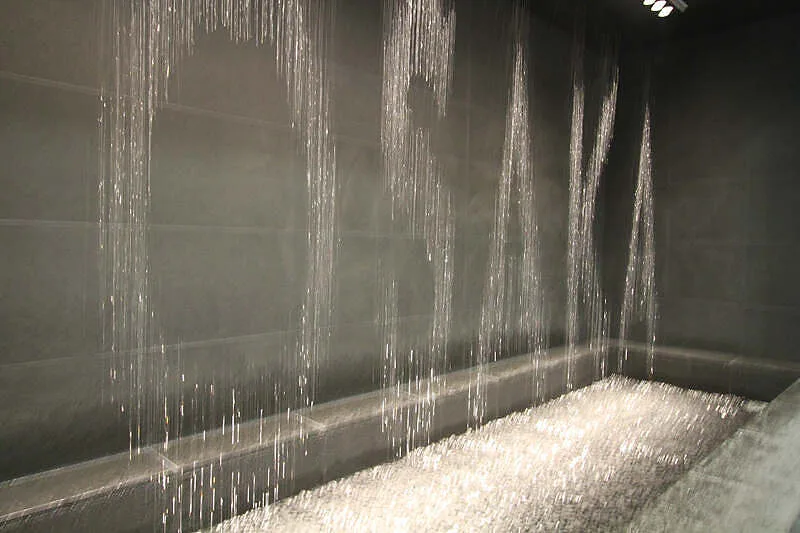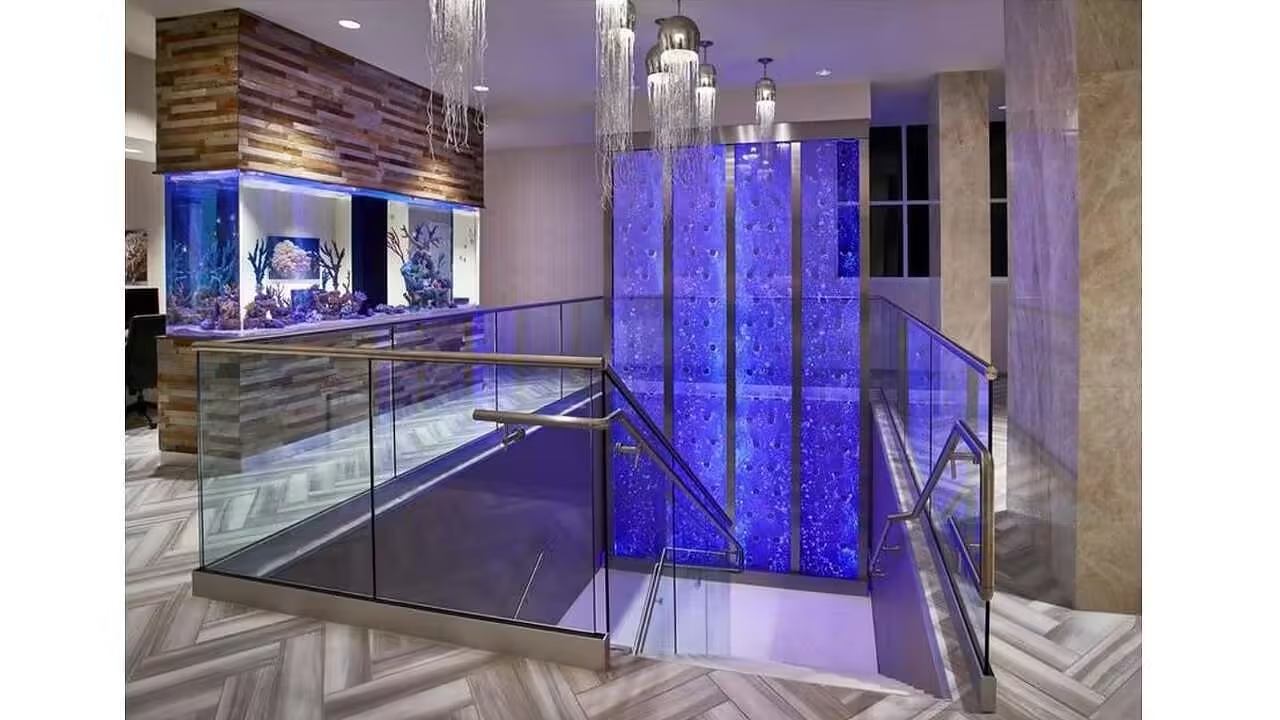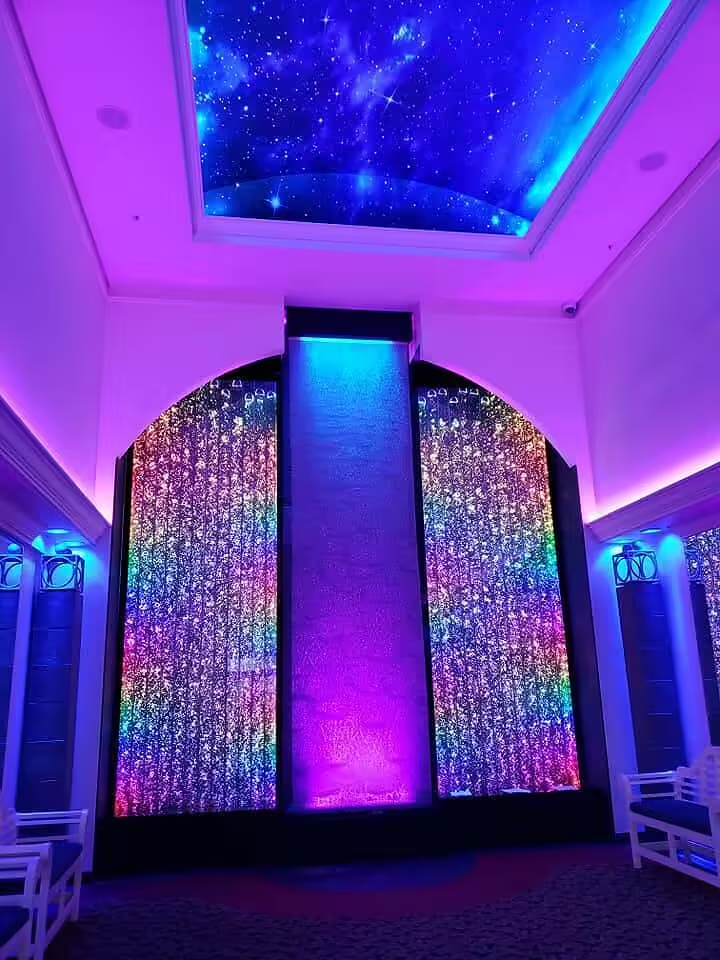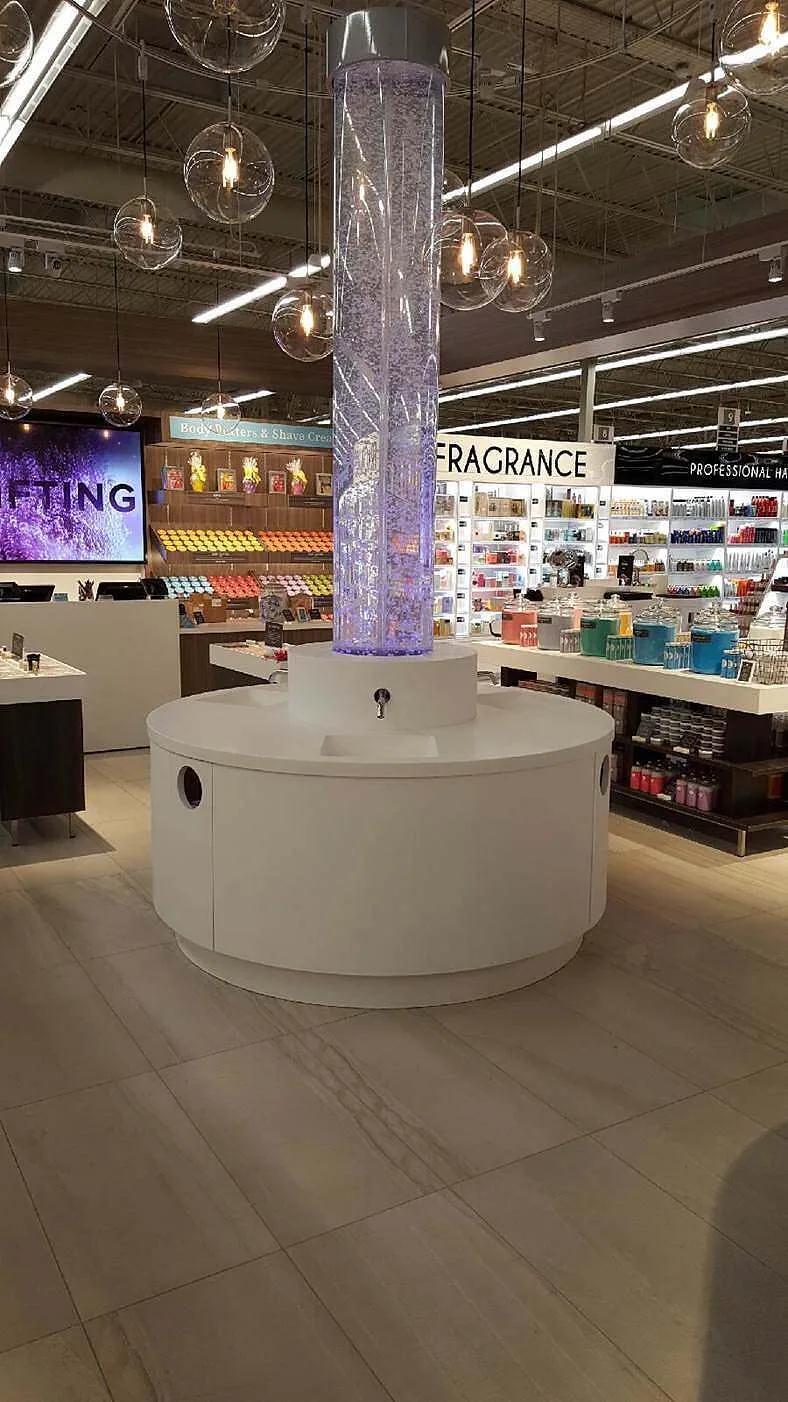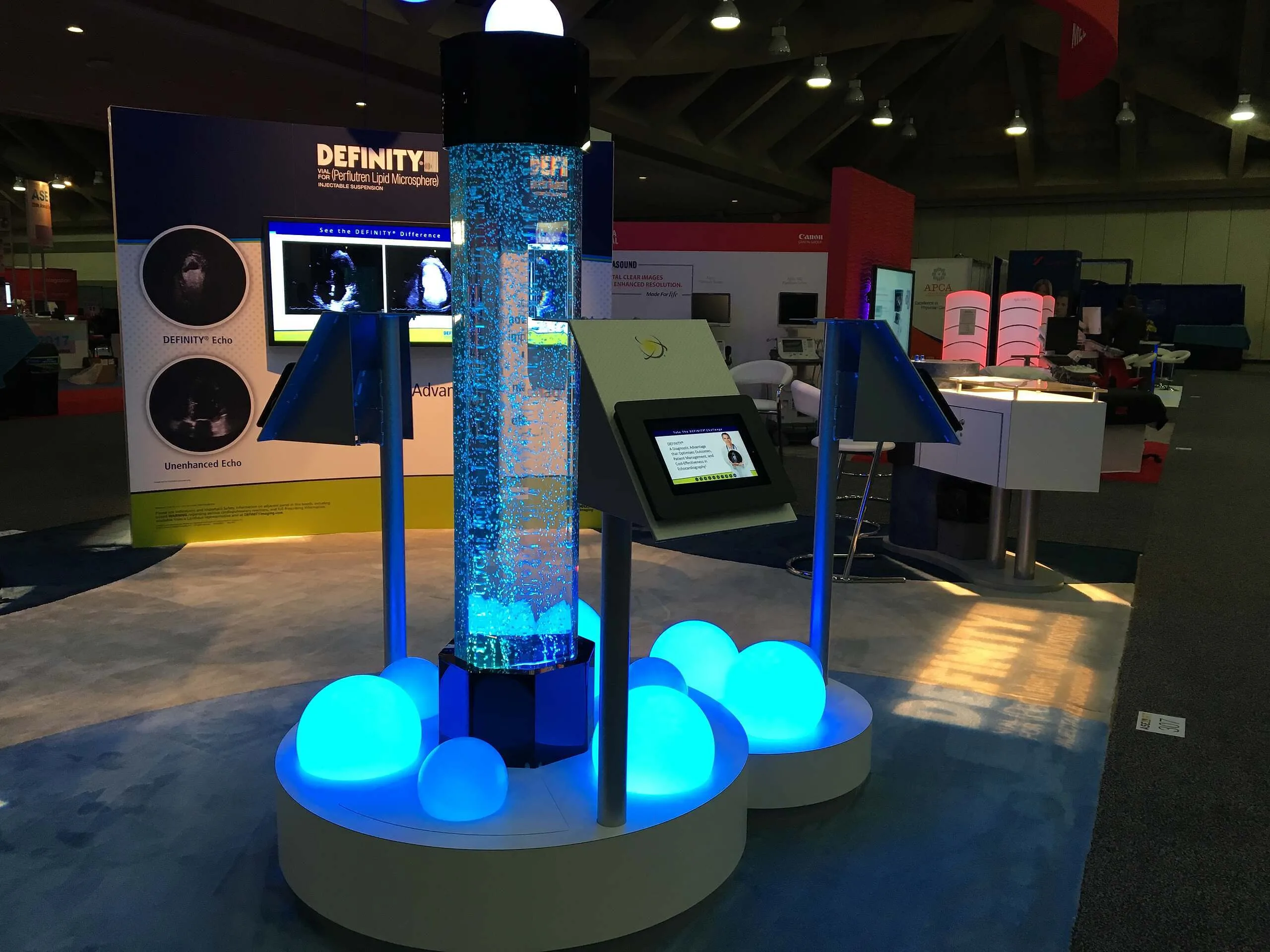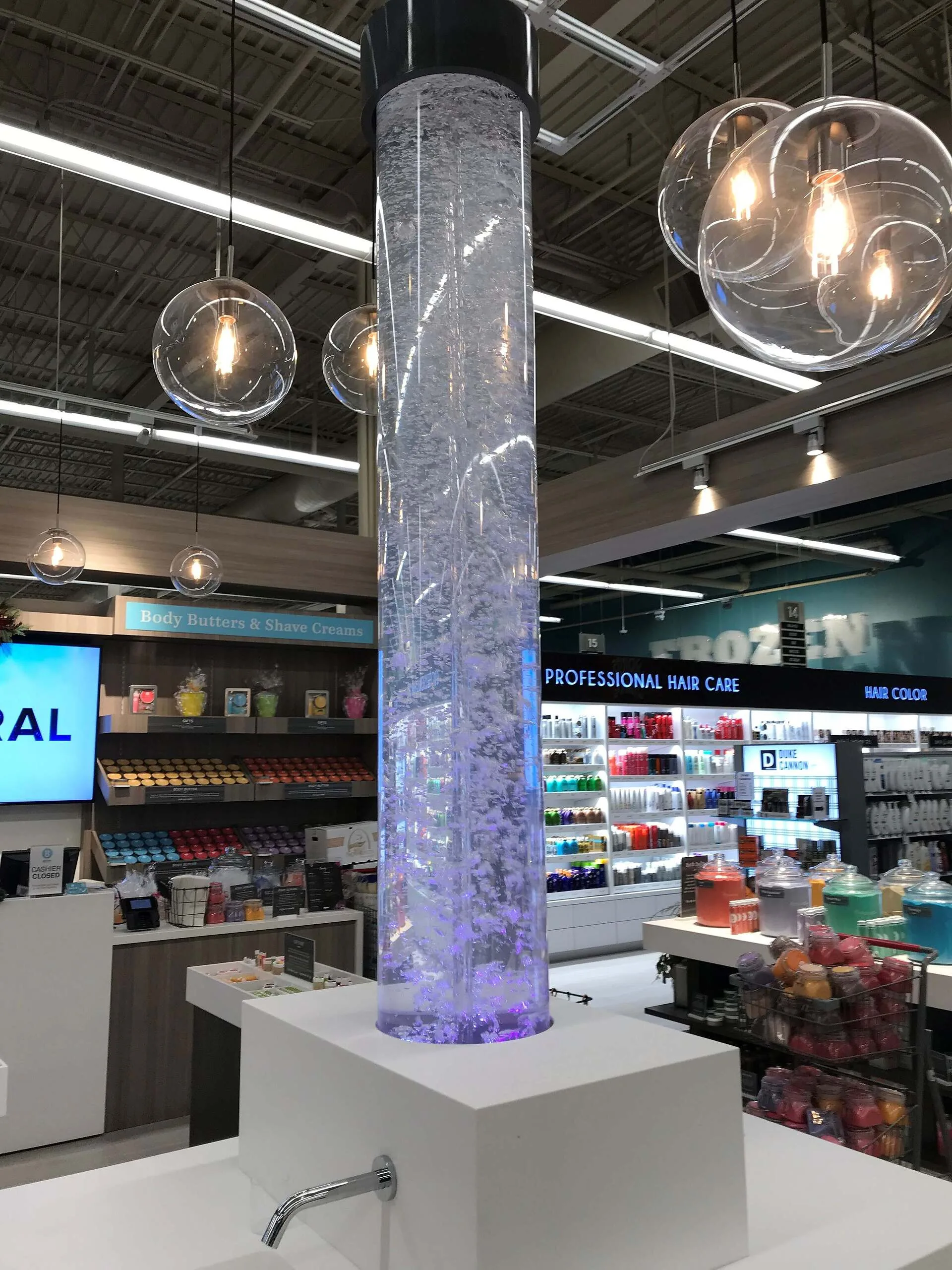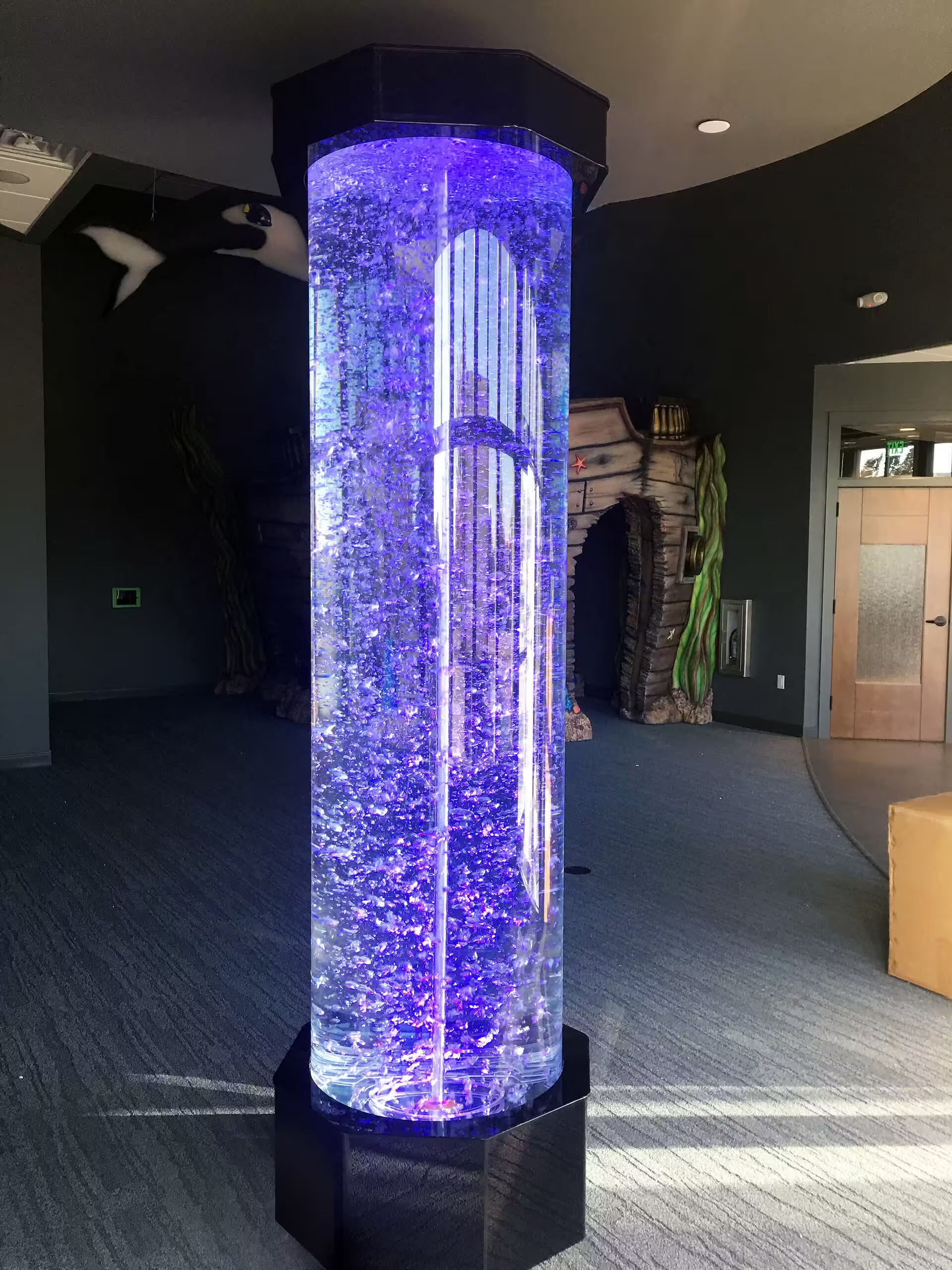Designing Your Dream Garden With Rock Fountains
Table Of Contents:
- Rock Fountain Installation Tips for Every Backyard
- Key Takeaways
- Select the Ideal Location for Your Rock Fountain in the Backyard
- Gather Essential Tools and Materials for Installation
- Prepare the Ground and Create a Level Surface
- Assemble and Install the Rock Fountain Features
- Maintain Your Rock Fountain for Long-Lasting Performance
- Enhance Your Backyard With Decorative Elements
- Conclusion
Rock Fountain Installation Tips for Every Backyard
Does your backyard lack a striking feature that draws attention? This post provides rock fountain installation tips that simplify the process and solve common challenges. Readers will learn how to choose the best spot and prepare the surface for a new installation. The guide also addresses maintenance issues to ensure the rock fountain remains visually appealing and functional over time.
Key Takeaways
- selecting the site wisely ensures optimal sunlight, shade, and utility connections
- proper planning and careful soil preparation lead to reliable fountain performance
- using quality components and following guidelines results in safe, long lasting installations
- positioning design elements improves aesthetics and maintenance access in backyard fountains
- regular upkeep and seasonal decor updates preserve visual appeal and system efficiency
Select the Ideal Location for Your Rock Fountain in the Backyard

Selecting the right spot involves checking sunlight and shade, ensuring water and power access, and planning attractive view angles. Designers recommend keeping a safe distance from trees to avoid debris and verifying soil stability for proper drainage on concrete or sand surfaces, similar to the setup for an esplanade fountain with reservoir columns.
Assess Sunlight and Shade Conditions for Optimal Placement
Assessing sunlight and shade is critical when planning a rock water fountain outdoor. Professionals recommend placing the fountain to capture natural light during the day while providing enough shade to protect sensitive components and maintain the attractive bubbling rock effect.
Site planners advise considering the impact of surrounding structures and trees that alter light exposure. Using elements like bath stone can highlight the fountain‘s features, and the balance of sunlight often influences the overall sale price of similar installations.
Experienced designers have observed that well-planned placement improves both the functionality and style of the fountain. The matterhorn-inspired design approach shows that optimal light conditions not only enhance the bubbly visual appeal but also contribute to long-lasting operation in modern backyards.
Ensure Easy Access to Water Supply and Electrical Outlets
A meticulous approach to installation assures that water supply and power sources are conveniently placed for every fountain project. Industry professionals integrate a detailed curriculum that outlines using a core drill for precise modifications, ensuring that both the fountain and rock waterfall fountain have the necessary support for continuous operation.
Verifying the location of water and electrical outlets at the outset helps prevent complications down the line. Evaluating factors such as the need for a pond liner and planning for secure connections with a core drill secures a robust setup for each fountain installation:
| Element | Tool/Component | Insight |
|---|---|---|
| Water Supply | Pond Liner | Maintains proper water retention and directs flow |
| Electrical Access | Outlet Placement | Ensures a reliable power source |
| Installation Process | Core Drill | Provides accurate results and secure connections |
Reliable access to utility connections simplifies maintenance and future upgrades for the installation. Experienced professionals adhere to established curriculum guidelines to confirm that every step, from activating a core drill to adjusting the pond liner, meets the exacting specifications required for both the fountain and rock waterfall fountain projects.
Consider Viewing Angles for Maximum Aesthetic Appeal
Designers suggest positioning the fountain to showcase the smooth contours of a basalt column fountain from every angle, ensuring that potential sight lines effortlessly capture its elegant form. This placement allows onlookers to skip to content in any design presentation without distraction, reinforcing the installation’s impact.
Experts advise that the viewing angle should also accentuate structural details such as the robust spillway while complementing surrounding materials like fiberglass accents and natural mulch. This deliberate placement not only improves visual appeal but also enhances maintenance access and safety protocols.
Careful planning of these angles has proven effective in creating environments where water movement remains captivating and structure details are highlighted under varying light conditions. Choosing the right perspective ensures that every element, from the basalt column fountain to the spillway, consistently contributes to a balanced and inviting outdoor setting.
Maintain Distance From Trees and Shrubs to Prevent Clogs
Experts advise that allowing adequate space between the fountain and nearby trees or shrubs prevents excess foliage and debris from interfering with water flow. This precaution helps maintain the smooth operation of the fountain while reducing the risk of clogs in areas featuring elements such as a boulder or volcanic rock accents.
Design professionals note that positioning the feature away from dense shrubbery improves maintenance efficiency, especially when integrated into a patio setting. They highlight practical examples where careful placement near a pebble base or bird bath minimizes the potential for obstructions and supports optimal performance.
Industry specialists recommend verifying that trees and other plant life remain clear of the installation zone to ensure long-term durability. This proactive approach allows the fountain to function seamlessly while preserving its visual balance among complementary outdoor elements like volcanic rock and natural boulder displays.
Evaluate Soil Stability for Support and Drainage Needs
Assessing soil stability is a vital step when choosing a location for a basalt fountain. Experts verify that the underlying support can handle weight and ensure proper water drainage while using reinforced concrete as a stable base. This careful evaluation lets homeowners feel confident to add to cart their preferred fountain design.
Testing the compactness of the soil prevents future foundation issues that might affect installations featuring black granite accents. Designers check that the base supports smooth water flow to protect both the fountain and the surrounding structures. Their practical approach supports successful setups for basalt rock column fountains in any backyard setting.
Landscape specialists examine the area’s drainage capability and soil quality to guarantee durability and performance. They confirm that stable, well-draining soil optimizes the longevity of installations using reinforced concrete. This methodical evaluation proves beneficial for projects that incorporate sleek stone designs and modern features.
Plan for Safety by Avoiding Slippery Surfaces
Ensuring safety by avoiding slippery surfaces is a key aspect when installing large outdoor rock water fountains in a backyard landscape. Expert designers suggest positioning the fountain on stable ground to prevent accidents and maintain structural integrity in a rock garden fountain display.
Experienced professionals advise that integrating bronze or pottery elements within the design can mark areas requiring extra caution, as these materials provide clear visual cues. Careful placement helps to reinforce the overall safety plan while preserving the area’s aesthetic charm.
Specialists refer to many practical examples where planning for safety around large fountains has resulted in reduced maintenance issues and improved usability. By emphasizing non-slip surfaces, designers ensure that rock garden fountain installations remain both attractive and secure in any landscape setting.
The perfect site stands ready, setting the scene for the work ahead. Now, gather the tools and materials that will shape this project.
Gather Essential Tools and Materials for Installation

This section outlines must-have tools and materials for a practical fountain rock garden setup. It covers a tool list, suitable rocks like basalt, an efficient pump with the ideal fountain kit, waterproof liners to prevent water loss, optional plant and lighting accents, and dependable hoses and connectors—all contributing to the overall beauty and performance of the installation.
Compile a List of Required Tools for Efficient Setup
Compiling the necessary tools is a key step for every hardscape project and supports a smooth installation process, particularly when creating a bubbling rock water feature. Experts insist on using reliable hand tools that deliver precision and durability, ensuring the setup remains flawless from start to finish. This careful organization eases work and prevents delays during the build.
Experienced professionals recommend verifying the availability of high-quality equipment when preparing to install a column structure made from materials like granite and onyx. The selection of robust tools not only aids in accurate placement but also allows for fine adjustments during assembly. This methodical planning minimizes setbacks and instills trust in the final outcome.
Practical installations often include adequate lighting solutions to accentuate structural details and improve nighttime visibility. A well-organized tool list ensures that every component operates safely and efficiently, supporting both aesthetic and functional aspects of the project. Experts emphasize that this proactive approach streamlines workflow and enhances the overall quality of the installation.
Choose Suitable Rocks That Complement Your Landscape
Selecting appropriate materials for a natural rock water fountain installation plays a vital role in ensuring durability and visual appeal. Experts recommend emphasizing rocks that maintain strength and resist algae buildup, particularly when integrating a basalt rock water feature with outdoor environments.
Industry specialists suggest evaluating rocks based on factors such as texture, durability, and compatibility with glass fiber reinforced concrete. A thorough process enhances home improvement projects by considering essential elements:
- Resistance to weathering and algae formation
- Structural harmony with basalt rock water feature attributes
- Seamless integration with glass fiber reinforced concrete
- Ease of maintenance for lasting home improvement benefits
Skilled professionals emphasize that precise material selection contributes to a cost-effective and streamlined installation process. Reliable choices lead to robust assemblies that satisfy both performance and aesthetic demands in any backyard setting.
Select the Right Pump and Fountain Kit for Your Design
The right pump is vital to ensure that a rock water feature delivers reliable performance. Expert designers advise choosing a pump that matches the fountain‘s scale and design, which can handle both continuous operation and occasional higher loads during peak use.
When selecting a fountain kit, attention to detail is key; designers often incorporate materials such as gravel and slate to create a cohesive look. A design that naturally integrates moss can add a touch of organic elegance while meeting practical standards for longevity.
Integrating a pump with a pond setting requires careful planning to sustain water circulation and clarity. Professionals recommend verifying that the chosen system supports seamless connections between the fountain and its pond environment, ensuring all components function together efficiently.
Acquire Waterproof Liner to Prevent Water Loss
The proper selection of a waterproof liner is vital in ensuring that a rock water fountain maintains consistent performance and reduces water loss often seen in irrigation setups. This material is especially beneficial in projects that incorporate elements like a rock waterfall fountain outdoor, where steady water flow is necessary for optimal function.
Using a high-quality waterproof liner significantly stabilizes water retention for structures such as a faux rock pool waterfall and supports overall irrigation efficiency. Many installations have improved longevity when this key component is included in the design details:
| Component | Purpose | Benefit |
|---|---|---|
| Waterproof Liner | Prevents water loss | Maintains consistent water flow |
| Pump System | Facilitates circulation | Enhances operational efficiency |
| Irrigation Setup | Distributes water | Promotes a healthy landscape |
For backyard designs that incorporate a fire pit alongside a rock waterfall fountain outdoor, experts note that a waterproof liner not only promotes safety but also simplifies maintenance. This practical installation detail ensures that each system within the project, including any faux rock pool waterfall elements, performs reliably over time.
Include Optional Decorations Like Plants and Lighting
Design professionals recommend incorporating optional decorations such as plants and lighting to boost a backyard fountain‘s visual impact. This approach adds subtle accents that complement a cohesive design and create a welcoming environment.
By integrating decorative elements like marble details and energy-efficient lighting, designers achieve versatility for both outdoor and rock water fountain indoor settings:
- High-performance LED fixtures that ensure steady illumination
- Marble accents that highlight key design features
- Durable planters that support a variety of greenery throughout the seasons
Integrating these optional enhancements not only refines the overall presentation but also addresses practical concerns such as maintenance and energy use. Expert advice encourages selecting elements that suit the project’s scale while aligning with the intended aesthetic and functionality.
Invest in Quality Hoses and Connectors for Durability
Investing in quality hoses and connectors ensures that every rock fountain installation achieves long-lasting reliability and optimal performance. Expert designers insist on premium components that resist wear and tear while maintaining secure connections throughout the installation process.
High-grade hoses and connectors reduce the need for frequent repairs and provide a robust foundation for a backyard fountain. Professionals recommend using durable materials to support continuous water flow and prevent leaks that could interrupt the system’s efficiency.
Using dependable hoses and connectors forms a critical part of an installation that meets both aesthetic and technical requirements. By prioritizing these essential tools, homeowners set up a resilient rock fountain that functions smoothly and withstands the challenges of outdoor conditions.
The tools and materials rest on the table, each item ready for its task. Now, attention shifts to the field where the work begins with a clean, level ground.
Prepare the Ground and Create a Level Surface

Mark the area to define the fountain‘s footprint and clear debris and grass from the installation site. Next, dig a hole for the liner and pump, create a level base for proper water flow, add gravel or sand for improved stability, and compact the soil to prevent future settling. These measures support a reliable backyard rock fountain installation.
Mark the Area to Define the Fountain's Footprint
Homeowners should mark the area clearly before beginning work. Clear demarcation defines the fountain‘s footprint and sets a precise boundary for the installation process:
| Step | Action | Outcome |
|---|---|---|
| Marking | Outline the footprint with markers | Well-defined boundaries |
| Measuring | Verify dimensions and corners | Accurate layout |
| Verification | Double-check and adjust markings | Level and secure base |
Accurate marking directs the excavation and material placement, ensuring that the installation stays within the planned area. This step minimizes rework and helps maintain budget control throughout the project.
Design professionals note that clear layout markings improve coordination among the work team and streamline subsequent tasks. A defined boundary supports a stable, level surface that underpins a dependable rock fountain installation.
Clear Debris and Grass for a Clean Installation Site
Clearing debris and grass helps create a clean foundation for rock fountain installation in any backyard. Removing leaves, branches, and loose dirt minimizes potential hazards and paves the way for a precise level surface.
Eliminating residual material allows the installation team to assess the ground’s condition effectively. This step aids in identifying uneven areas and ensures that the soil is ready to support the fountain structure securely.
A tidy site improves the overall installation process by reducing delays and maintenance issues later on. Professionals begin with site cleaning, which lays the groundwork for a successful rock fountain setup that meets performance and aesthetic standards.
Dig a Hole to Accommodate the Liner and Pump
When digging a hole to accommodate the liner and pump for a rock fountain installation, the work area must be measured accurately to ensure proper fit. Professionals recommend marking the dimensions according to the fountain‘s specifications, so that both the liner and the pump settle securely. This step lays the foundation for a stable structure in any backyard setting.
The second step involves using suitable tools to remove soil and create a clear space where the pump can operate efficiently. Experts advise careful excavation to avoid disturbing the neighboring landscape, ensuring that the installation remains undisturbed during future maintenance. This process directly supports an optimal setup for fostering reliable water circulation in the fountain.
Finally, after the proper hole is dug, the site should be inspected for any debris that might interfere with the liner placement. Skilled installers verify that the hole’s dimensions not only conform to the required specifications but also allow for proper drainage and support. This precise preparation is key for long-term performance in a rock fountain project.
Create a Level Base to Ensure Proper Water Flow
Creating a perfectly flat base is pivotal for achieving reliable water flow in a rock fountain installation. Professionals ensure the ground is leveled accurately using specialized tools, which prevents water pooling and maintains the system’s efficiency. This approach leads to a dependable setup that supports both functionality and visual appeal.
Experts stress the importance of compacting the soil thoroughly before positioning the fountain structure. A consistently level foundation provides even water distribution and proper drainage, reducing the risk of operational issues. This careful preparation plays a key role in sustaining the overall performance of the fountain.
Industry practitioners report that establishing a stable, flat surface minimizes maintenance challenges over time. Accurate leveling helps guide water through the fountain seamlessly while also protecting adjacent landscaping. Homeowners benefit from an optimized installation that offers secure operation and improved longevity.
Add Gravel or Sand for Enhanced Stability and Drainage
Integrating gravel or sand creates a secure base that improves the overall stability of a rock fountain installation. This approach promotes effective water drainage, reducing the risk of pooling and ensuring that the fountain operates smoothly over time.
Expert designers recommend a consistent layer of gravel beneath the installation to support a level surface, while a thin layer of sand helps finish the base. Using these materials provides a simple yet effective method to enhance both the stability and drainage necessary for long-lasting performance.
Practical applications have shown that adding gravel or sand can minimize settling issues and simplify ongoing maintenance. Homeowners benefit from this method, achieving a well-prepared, resilient foundation that withstands weather variations and supports the beauty of their backyard fountain.
Compact the Soil to Prevent Settling Over Time
Homeowners and landscape professionals must compact the soil thoroughly before installing a rock fountain. This process reduces the risk of future settling and ensures that the foundation remains stable over time.
Experts recommend using vibration tools or heavy rollers to achieve uniform compaction. Clear preparation and consistent effort can greatly enhance drainage and stability in the installation area:
| Step | Action | Outcome |
|---|---|---|
| Preparation | Remove debris and level the ground | Establish a smooth base |
| Compaction | Apply vibration tools or heavy rollers | Ensure steady soil density |
| Inspection | Verify the level surface | Prevent future settling issues |
Reliable soil compaction techniques provide a solid foundation for rock fountain installations. Practical examples show that maintaining soil integrity reduces maintenance challenges and supports long-term performance in every backyard design.
The ground lies flat and firm, shaped by determined hands. Soon, solid stone forms stand ready to bring the fountain to life.
Assemble and Install the Rock Fountain Features

Clear assembly instructions emphasize following the manufacturer’s guidelines, positioning the pump securely, arranging rocks for a natural look, and verifying water flow before finalizing the design. A clean appearance is achieved by hiding hoses and wiring, with testing allowing adjustments to water flow and height for optimal backyard fountain performance.
Follow Manufacturer Instructions for Easy Assembly
Following manufacturer instructions guarantees a straightforward assembly process for a rock fountain. The detailed steps clarify how to position each component, connect the water system, and secure the pump effectively, ensuring a smooth setup process:
- Step-by-step guidelines for component alignment
- Clear instructions for connecting water and power supplies
- Recommendations for achieving a balanced installation
Manufacturers provide comprehensive manuals that address common challenges during rock fountain assembly. These guides assist installers in avoiding pitfalls and maintaining a consistent setup that meets design standards.
Skilled installers report that adherence to manufacturer instructions not only streamlines the assembly process but also improves the fountain’s overall longevity and performance. They appreciate the clarity and precision that the guidelines offer throughout the project.
Position the Pump and Secure All Components Properly
Positioning the pump in the optimal location is critical to guaranteeing efficient water circulation in a backyard rock fountain installation. Skilled professionals place the pump close to the waterproof liner and necessary utility connections to ensure smooth operation and effective water flow throughout the design.
Efficiently securing components is essential to safeguard the functionality and longevity of the fountain. Experts use durable anchoring techniques to fasten each piece firmly, reducing the risk of misalignment or leaks during operation.
Every connection is carefully inspected to confirm that the pump and additional components fit seamlessly within the overall design. Practitioners consistently test water flow and stability to adjust placements as needed, ensuring a reliable and aesthetically pleasing setup in every backyard installation.
Arrange Rocks to Create a Natural-Looking Structure
Experts in rock fountain installation advise that carefully arranging the rocks contributes to a seamless, natural appearance in the backyard. They recommend positioning each stone methodically to mimic organic formations found in nature.
Specialists in outdoor design suggest experimenting with different sizes and layers to create a balanced, authentic look. This approach helps align the fountain‘s structure with the surrounding landscape while simplifying future maintenance.
Experienced installers emphasize securing each rock without disrupting the natural flow of the design. The method ensures that the fountain‘s features remain both visually appealing and functionally sound for long-term use.
Ensure Proper Water Flow Before Finalizing Design
Professionals advise testing water circulation thoroughly before finalizing a rock fountain installation to ensure the design functions smoothly. A successful trial run helps pinpoint any adjustments needed in pump speed or rock positions for a balanced setup.
Verifying water flow is crucial for maintaining consistent performance and reducing maintenance challenges. Experts suggest monitoring water distribution and system pressure immediately after assembly to address potential inefficiencies.
Ensuring proper water flow instills confidence in the overall structure and boosts long-term performance in a backyard fountain project. Designers implement hands-on testing techniques to confirm that every component supports a steady and reliable operation.
Hide Hoses and Wiring for a Clean Appearance
During the final stage of a backyard rock fountain installation, professionals ensure that hoses and wiring remain concealed for a streamlined look. This practice not only boosts the clean appearance of the fountain but also provides easier access for maintenance and future upgrades.
Skilled installers arrange components carefully so that cables stay hidden behind decorative elements and natural rock formations. Practical techniques, such as neatly securing wires to structural supports, make each part of the installation appear integrated and well-planned.
Expert advice advises that keeping all connections out of sight heightens the visual appeal of the rock fountain features. This careful concealment meets both aesthetic and functional requirements, proving valuable in long-term performance and simplified upkeep.
Test the Fountain to Adjust Water Flow and Height
Testing the fountain plays a key role in verifying that water circulation meets design expectations. Professionals observe water movement across the structure and check for steady, consistent flow to catch any potential issues early on. This practical step informs immediate adjustments that optimize performance.
Measuring the height of the water stream during testing provides essential feedback that supports effective tuning. Designers adjust the pump and reposition rocks to maintain an even water discharge, ensuring the fountain functions efficiently. This precise tuning minimizes maintenance challenges and improves overall installation quality.
Final checks during the testing phase confirm the consistency and balance of the entire installation. Skilled professionals monitor water flow and height simultaneously to verify that every component performs as intended. This hands-on inspection reinforces user confidence in the fountain‘s long-term functionality and aesthetic appeal.
The fountain stands complete, water flowing steadily over rugged stone. Routine upkeep ensures its strength endures, keeping the display as striking as ever.
Maintain Your Rock Fountain for Long-Lasting Performance

Ensuring a rock fountain‘s longevity requires regular maintenance. Experts advise checking water levels to avoid pump damage, cleaning filters and the pump to prevent clogs, removing debris from surfaces, winterizing to protect against freezing, inspecting rocks for stability, and refilling with water treatments to keep clarity. These practical steps support a safe and visually appealing backyard installation.
Regularly Check Water Levels to Avoid Pump Damage
Regular checks on water levels are vital to preserving the performance of a backyard rock fountain. Professionals note that low water levels can lead to pump strain and eventual damage, so prompt adjustments help maintain safe operation.
Experts recommend scheduled maintenance to monitor water levels and ensure continuous pump function. Routine inspections during peak use periods help prevent unexpected downtime and provide clear indicators for timely water refills.
Industry specialists advise that consistent monitoring can extend the life of the fountain’s pump system. This practical measure reduces repair costs and supports a durable installation for homeowners seeking reliable fountain performance.
Clean Filters and Pump to Prevent Clogs and Issues
Regular cleaning of filters and the pump is a critical maintenance step for any rock fountain installation. Experts note that this routine prevents clogs and supports a steady water flow, ensuring a smooth operation and extended lifespan of the fountain system.
Maintenance specialists suggest following a systematic process when cleaning filters and the pump to avoid debris buildup and performance issues:
- Remove external debris from the filter access points
- Thoroughly rinse the filters to eliminate sediment
- Inspect the pump for any signs of blockage or accumulation
Technicians check the condition of both filters and pump regularly to maintain high water quality and efficient operation in rock fountain setups. Their hands-on approach minimizes downtime and preserves the aesthetic appeal and function of the backyard installation.
Remove Debris From the Fountain Surface and Surroundings
Removing dirt and leaves from the fountain surface safeguards optimal water flow and appearance. Expert installers advise using gentle cleaning methods to prevent damage while maintaining long-lasting performance.
Regular debris removal from the surrounding area minimizes build-up that could affect the fountain‘s structure. Professionals recommend consistent upkeep to avoid maintenance challenges and to preserve a pristine look.
Homeowners often encounter issues when uncollected debris interferes with the water cycle and equipment function. Specialists emphasize prompt cleaning as part of a routine that supports reliable operation in any backyard fountain installation.
Winterize Your Fountain to Protect Against Freezing
Preparing a rock fountain for cold months protects the installation from frost damage. Experts advise draining water from the pump and reservoir to prevent ice from causing internal cracks, keeping the fountain in prime condition for the coming season.
Consulting with professionals during winter preparation ensures that all connections and components receive extra care. Homeowners benefit from using reliable coverings and insulation techniques to keep freezing temperatures at bay and maintain the fountain‘s durability.
Routine checks and maintenance during cooler weather help safeguard the pump and structural materials. Specialists recommend scheduling brief inspections after the first frost to address any potential issues before the cold intensifies, ensuring a secure installation throughout winter.
Inspect Rocks and Structure for Stability During Seasons
Homeowners and landscapers benefit from a comprehensive check of the fountain‘s stones and support structure as seasons change. Professionals monitor signs of weathering, such as stone shifts or surface erosion, to maintain the installation’s integrity.
Skilled technicians recommend a thorough evaluation during seasonal maintenance to assess stability and performance:
- Examine stone alignment and check for any loosened elements
- Inspect fasteners and supports for signs of wear
- Evaluate drainage systems to prevent water build-up
Routine checks based on these steps help detect early issues and lead to timely repairs. This practical approach keeps the fountain both attractive and safe, ensuring long-lasting performance regardless of seasonal challenges.
Refill Water and Add Treatments to Keep It Clear
Homeowners must check water levels frequently and refill the fountain to ensure continuous, efficient operation. Skilled installers note that regular water refilling decreases pump wear and supports clear water flow throughout the feature.
Industry experts recommend using water treatments that break down deposits and maintain clarity. Applying these solutions during routine maintenance helps prevent discoloration and improves the overall appearance of the fountain.
Periodic evaluations of water quality allow installers to detect when treatment is required, reducing the risk of algae buildup and sluggish performance. This focused maintenance approach offers a reliable path to extending the longevity of every rock fountain installation.
Your steady work on the fountain proves your skill and sets the stage for further refinement. Now, small touches await that will refresh the backyard with thoughtful detail.
Enhance Your Backyard With Decorative Elements
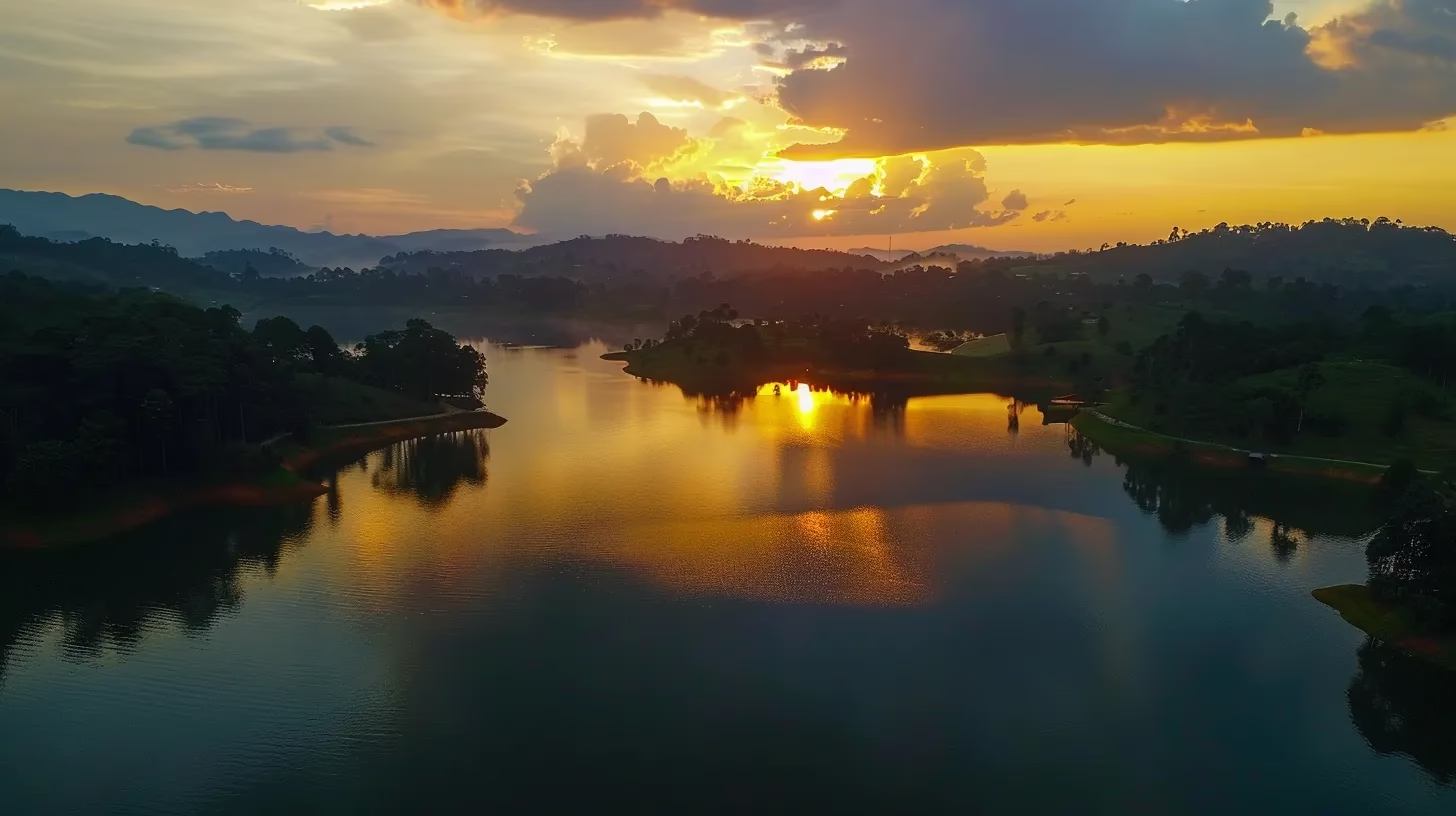
Enhance any backyard by incorporating resilient plants, using targeted lighting to showcase water features at night, and adding stylish outdoor furniture for leisure. Create natural pathways, integrate wildlife-friendly features, and add seasonal decor. These practical updates provide valuable insights that elevate both functionality and appearance in a rock fountain installation.
Incorporate Plants That Thrive Near Your Fountain
Expert designers recommend choosing plants that tolerate moist conditions while thriving in partial shade near rock fountain installations. Selecting low-maintenance species supports a streamlined upkeep routine and complements the overall backyard decoration. This practical approach creates an attractive natural border that enhances both the fountain and surrounding landscape.
Landscape professionals advise considering native varieties that are well-adapted to local climates to enhance the rock fountain area. These plants improve water quality and add subtle color, contributing to a cohesive outdoor design. Their proven resilience reduces maintenance efforts and provides a long-term solution for backyard beautification.
Seasoned horticulturists suggest incorporating drought-resistant species that bring texture and balance to the fountain setting. These selections reduce the need for frequent watering while maintaining vibrant greenery around the feature. The strategic placement of these plants offers a functional and stylish enhancement to the overall backyard environment.
Utilize Lighting to Highlight Water Features at Night
Expert designers install energy efficient outdoor lighting to accentuate the flowing water in a rock fountain, which makes the feature stand out during nighttime hours. This deliberate illumination strategy not only adds visual interest to the backyard but also creates a welcoming atmosphere for evening gatherings.
Lighting systems integrated with rock fountain installations offer a practical solution for homeowners seeking to enhance both safety and aesthetics in their outdoor space. Specialists adjust light placement to ensure the water feature is clearly visible, improving the overall appeal while simplifying maintenance routines.
Strategic use of LED lighting around the fountain ensures that every curve and water cascade is highlighted for optimal effect at night. Through careful calibration of brightness and placement, professionals create a secure and attractive setting that meets the needs of modern outdoor living spaces.
Add Outdoor Furniture for Relaxation and Enjoyment
Outdoor furniture adds both comfort and style to a backyard featuring a rock fountain installation. Industry professionals stress that well-chosen pieces foster a relaxation area where users can appreciate the water feature while enjoying leisurely moments outdoors.
Design experts recommend selecting weather-resistant seating and tables that complement the overall aesthetic of the fountain. They highlight that practical choices support durability and efficient use of space in the backyard area:
| Furniture Type | Material | Benefit |
|---|---|---|
| Seating | Aluminum or Resin | Durable and low-maintenance |
| Table | Teak or Composite | Enhances visual appeal and functionality |
| Accent Pieces | Wicker or Metal | Complements decorative elements |
Practical layout plans aid in positioning outdoor furniture without interfering with the fountain‘s water flow or sightlines. Experienced professionals advise that careful placement maximizes both comfort and enjoyment while maintaining a cohesive design in the backyard space.
Create a Surrounding Pathway Using Natural Materials
Design experts advise using natural materials to craft a pathway that complements a rock fountain installation. Utilizing materials such as stone, gravel, or wood chips creates a visually appealing border that emphasizes the fountain‘s features while ensuring durability in varying weather conditions.
Landscape professionals recommend careful planning to guarantee that the pathway integrates smoothly with the overall backyard design and offers clear access to the fountain installation:
- Choose locally sourced stones for a unique natural look
- Outline clear boundaries to prevent overgrowth
- Incorporate durable materials that withstand outdoor conditions
Skilled installers note that a well-designed pathway not only elevates the outdoor aesthetic but also promotes safe navigation around the fountain area, ultimately providing homeowners with a practical and attractive solution for their backyard projects.
Introduce Wildlife-Friendly Features for Biodiversity
Design professionals advise integrating features that attract beneficial wildlife into rock fountain installations, contributing to a balanced ecosystem in outdoor settings. These improvements not only support biodiversity but also create attractive focal points that naturally complement the fountain‘s design.
Experts recommend adding elements that appeal to local fauna while reinforcing the rock fountain’s visual appeal:
- Install bird shelters and feeders
- Choose native plants that thrive in local conditions
- Create dedicated spaces for pollinators such as bees and butterflies
This strategy effectively merges functionality with ecological benefits.
Industry specialists demonstrate that incorporating wildlife-friendly features leads to thriving, sustainable backyard environments. Homeowners experience improved landscape dynamics and enjoy a practical solution that aligns ecological health with the enhancement of their rock fountain installation.
Use Seasonal Decor to Refresh the Space Year-Round
Seasonal decor refreshes a backyard rock fountain installation by introducing visual variety throughout the year. Designers suggest updating decorative elements to reflect the current season, which brings life and vibrancy to the outdoor space.
Practical approaches include selecting decor items that resonate with the season’s colors and textures. A professional may recommend adjustments such as using items like decorative planters and lighting accents:
- Spring: Light-colored floral arrangements
- Summer: Bold, bright outdoor lanterns
- Autumn: Warm-toned rustic accents
- Winter: Subdued, frost-inspired ornaments
Regularly updating seasonal decor helps maintain a dynamic look for the garden and supports an inviting ambiance around the rock fountain. Experts note that these changes can improve overall outdoor enjoyment while addressing common maintenance challenges in backyard settings.
Conclusion
Rock fountain installation relies on meticulous planning and precise placement that merge functionality with aesthetic appeal. Designers stress the need to select a site that balances natural light, water supply access, and stable soil conditions. They recommend using quality materials and essential tools to guarantee a secure and visually engaging installation. Applying these practical tips empowers homeowners to create captivating outdoor spaces that endure through changing seasons.









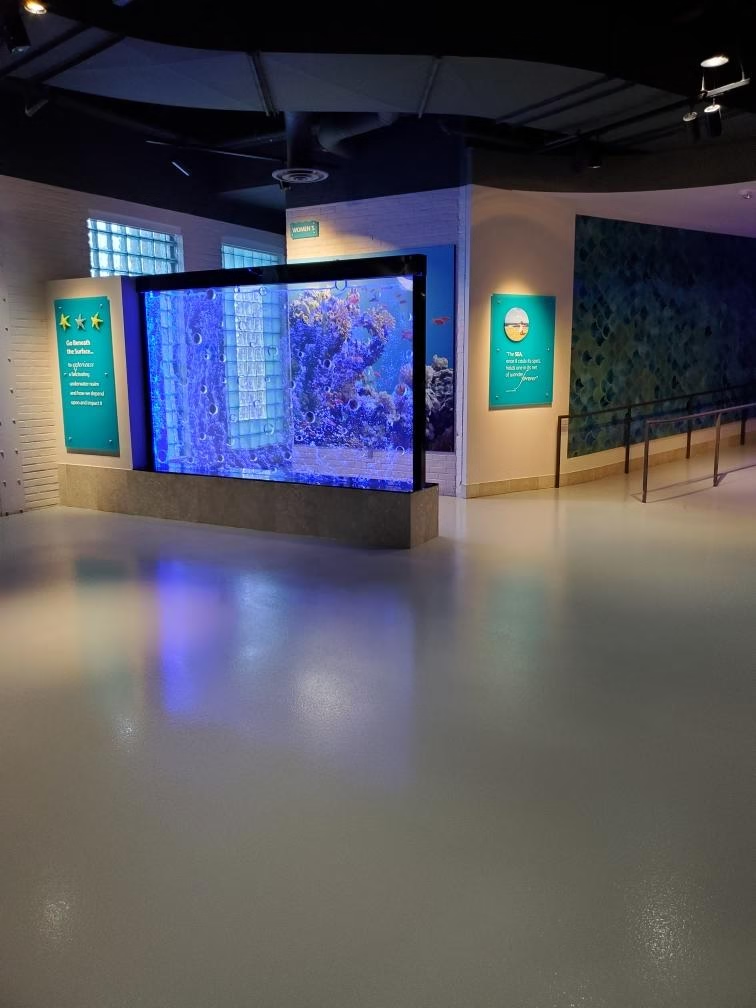




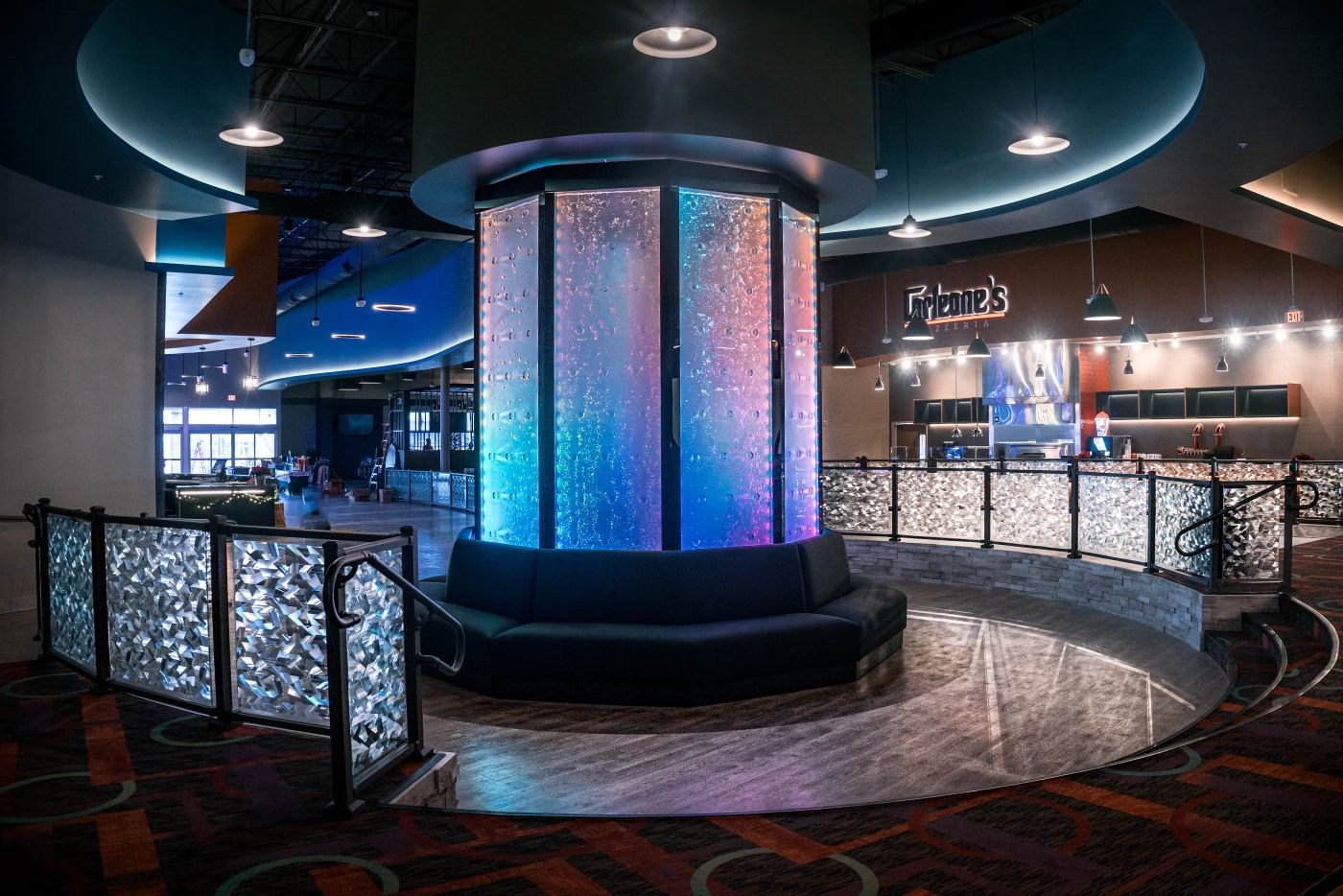



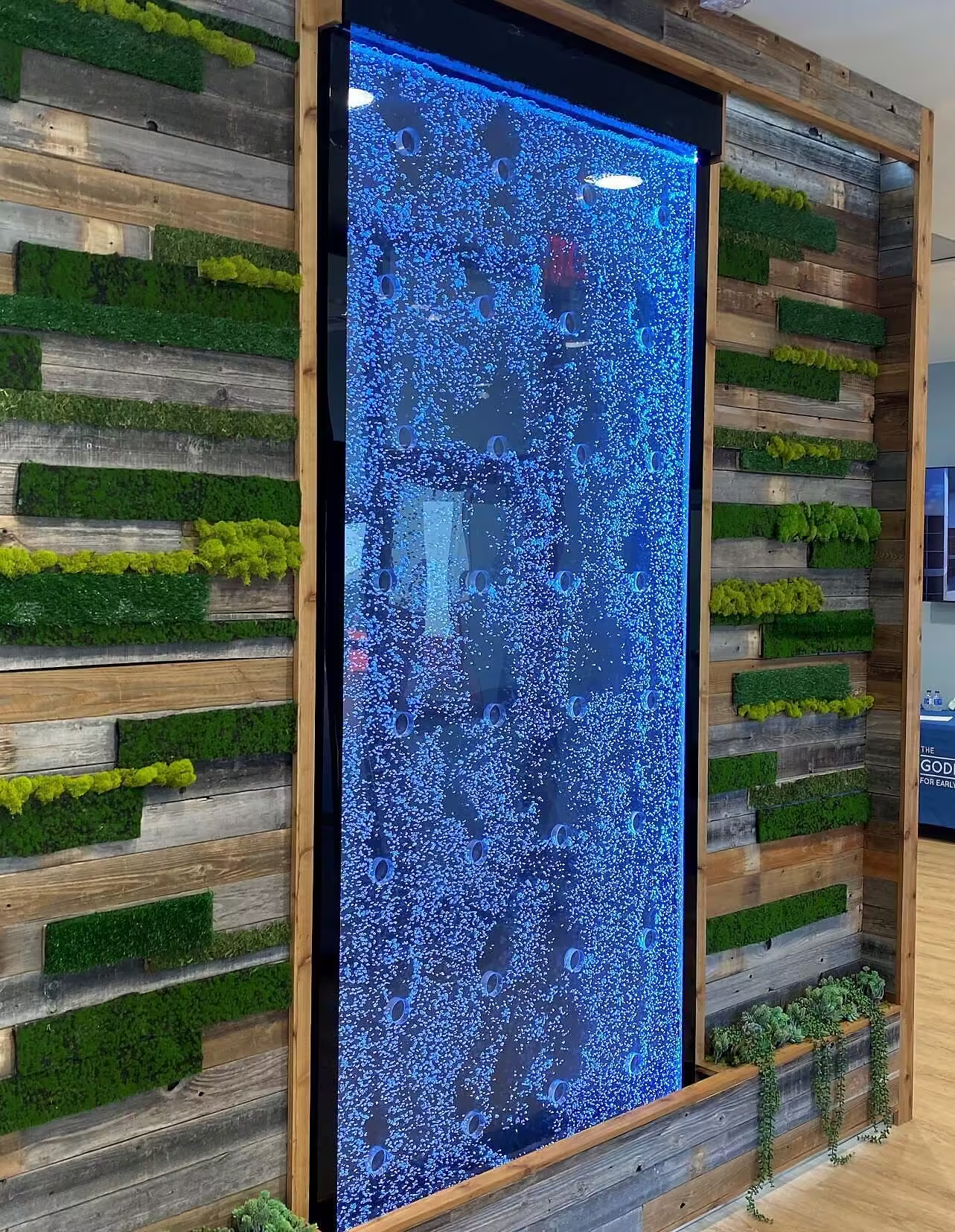

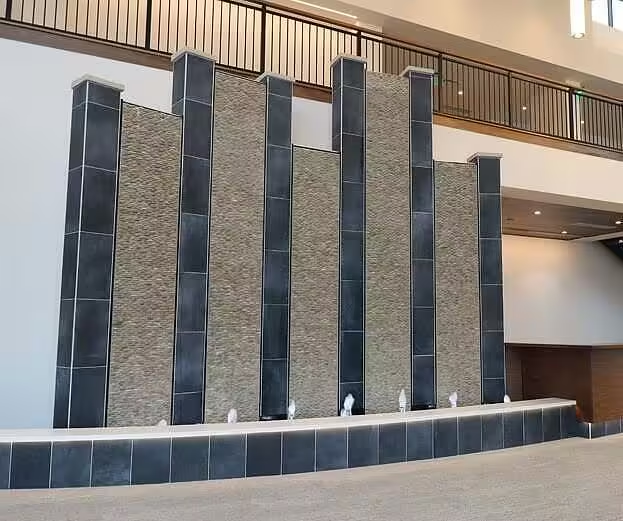
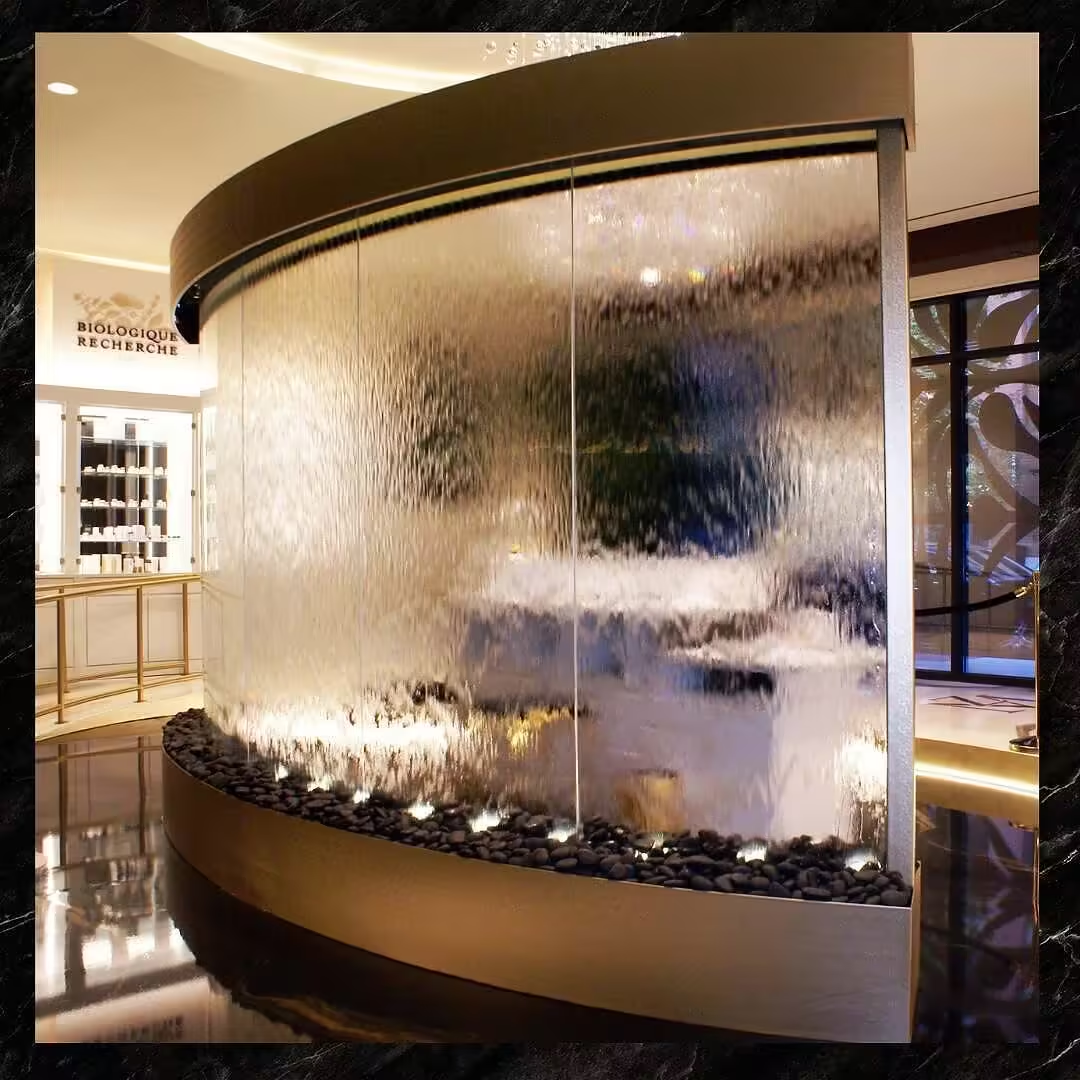





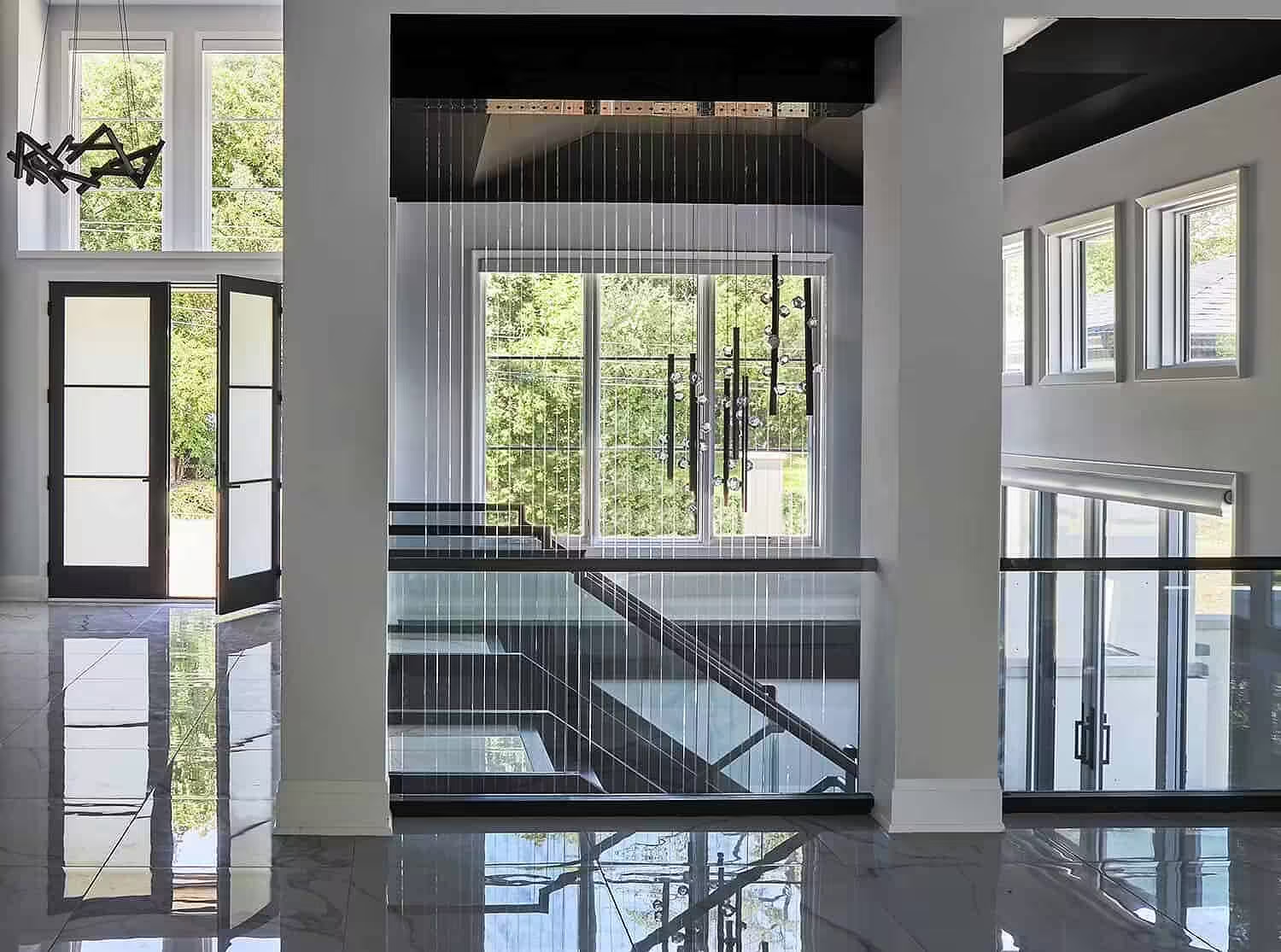
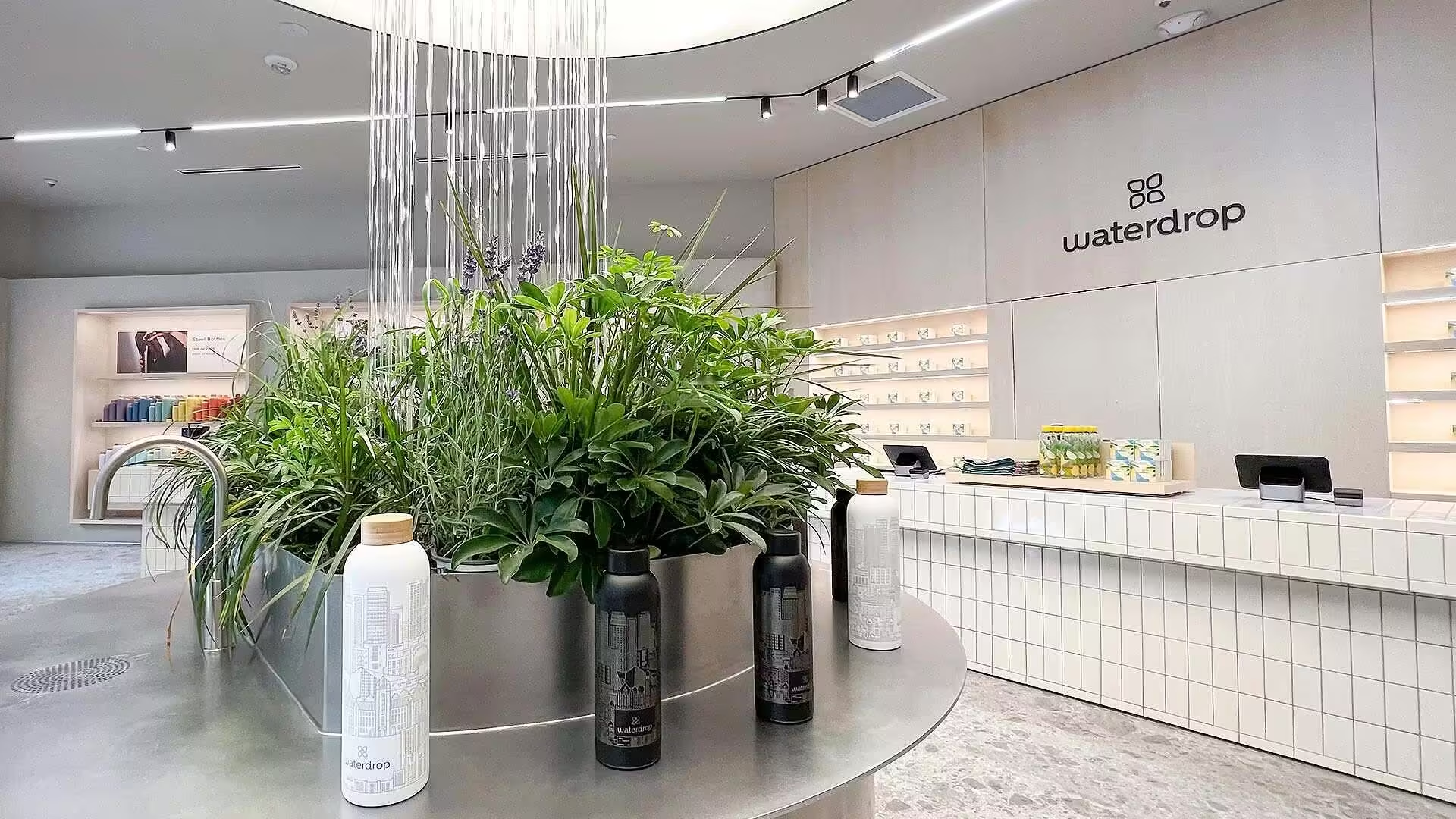
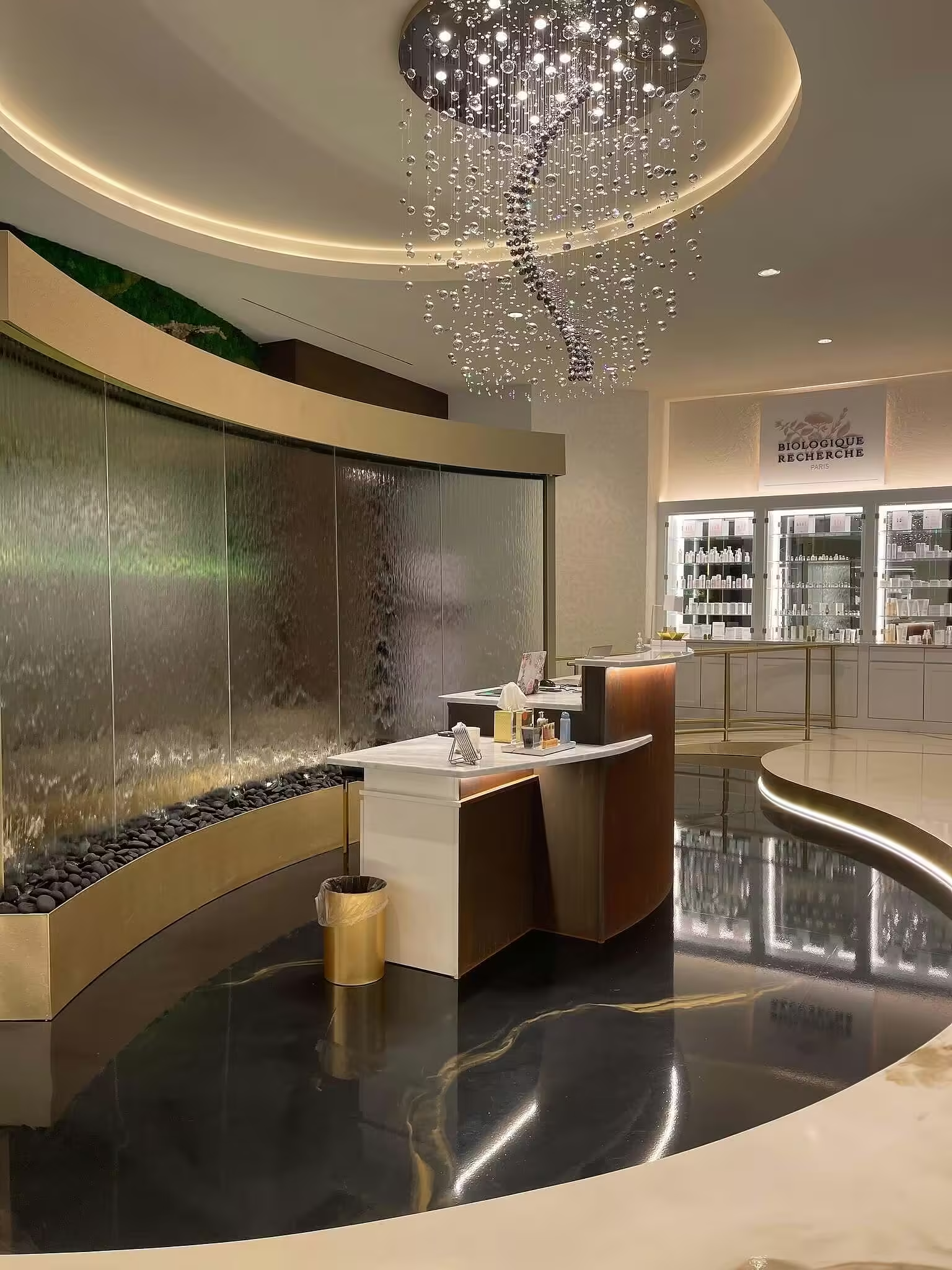


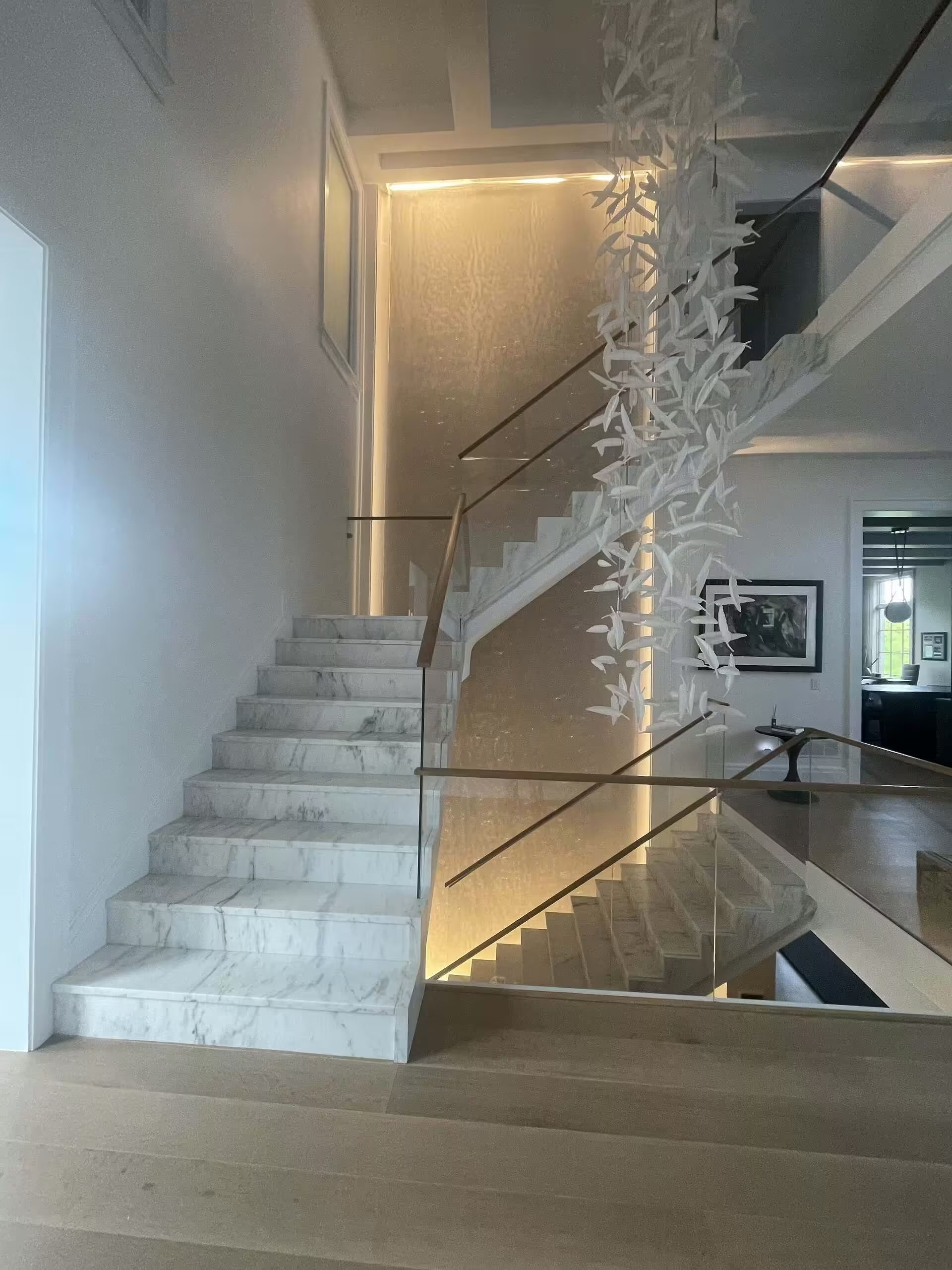



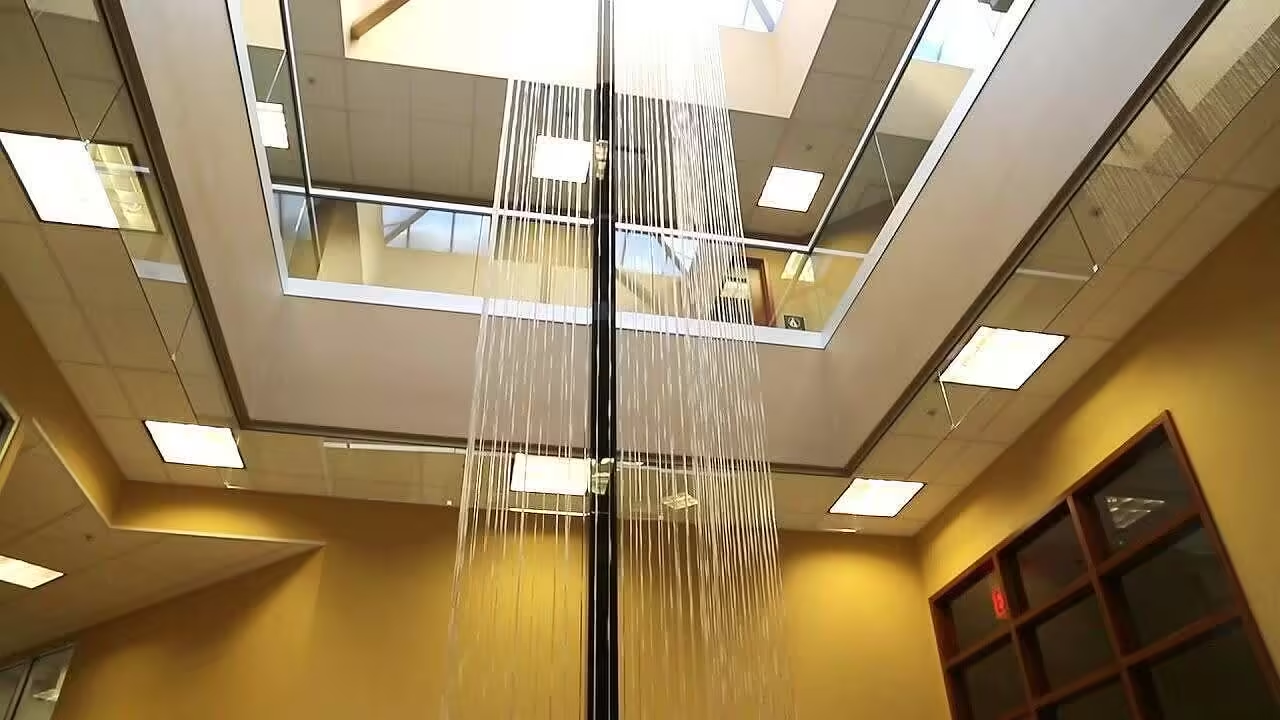








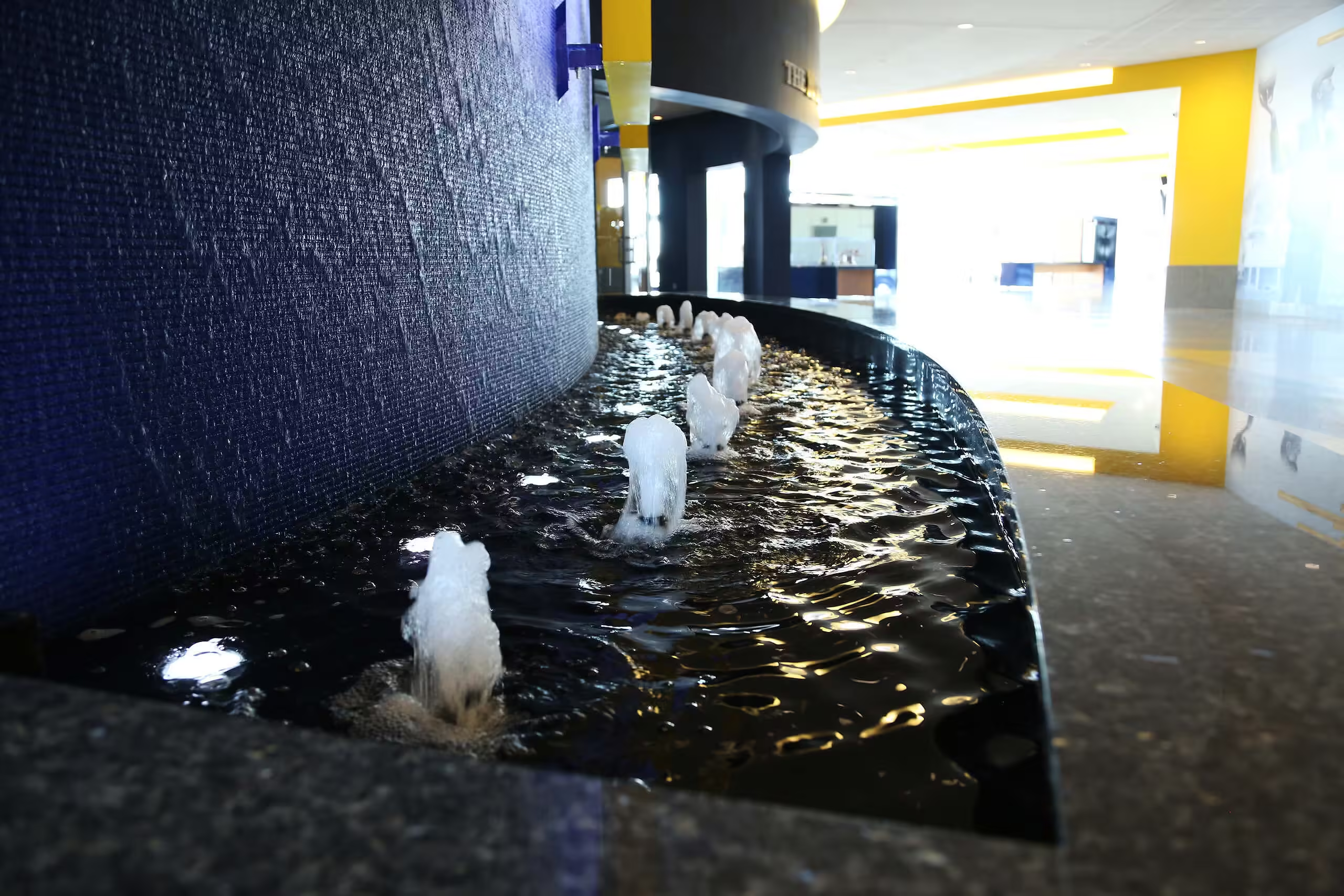



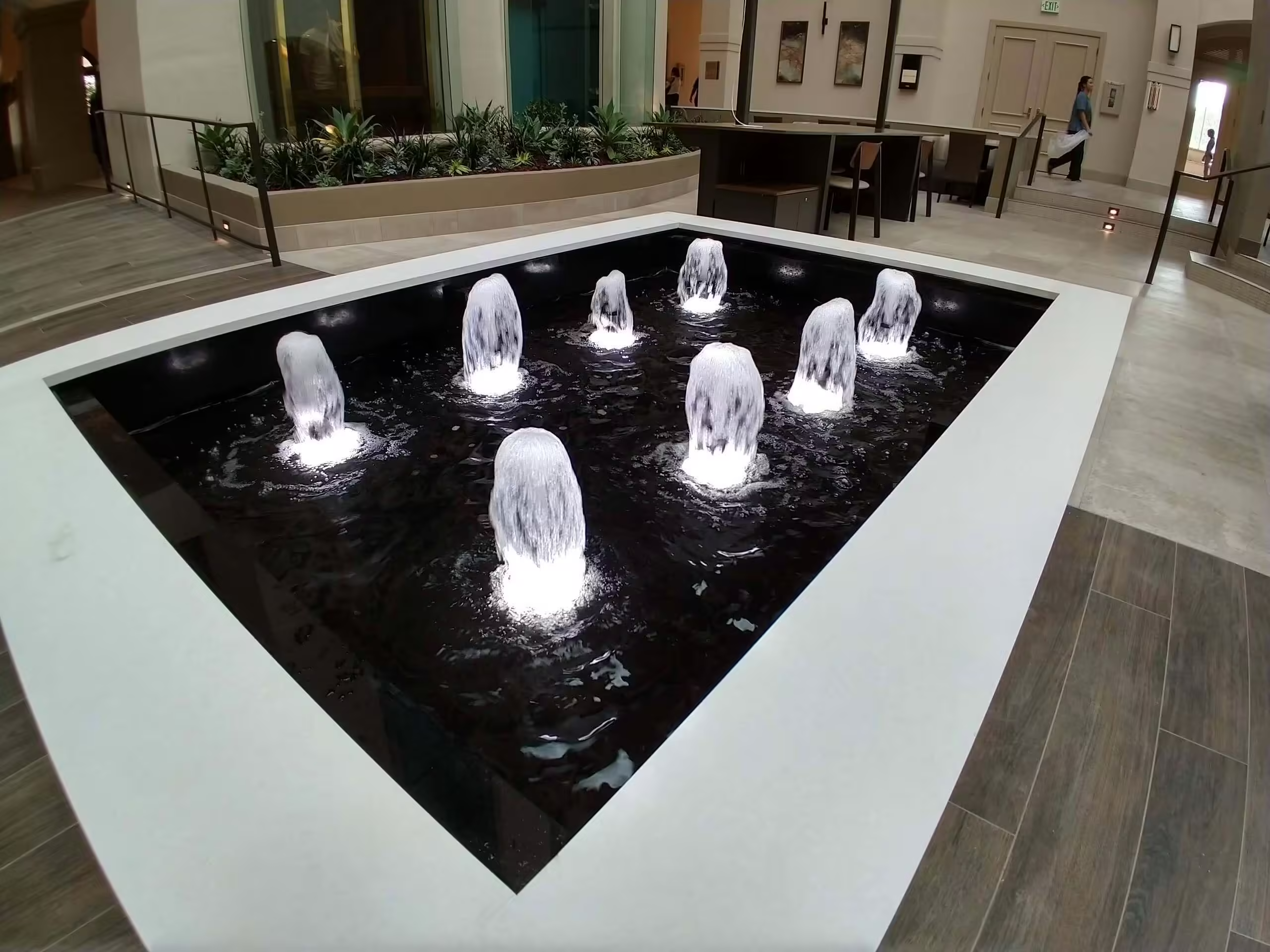










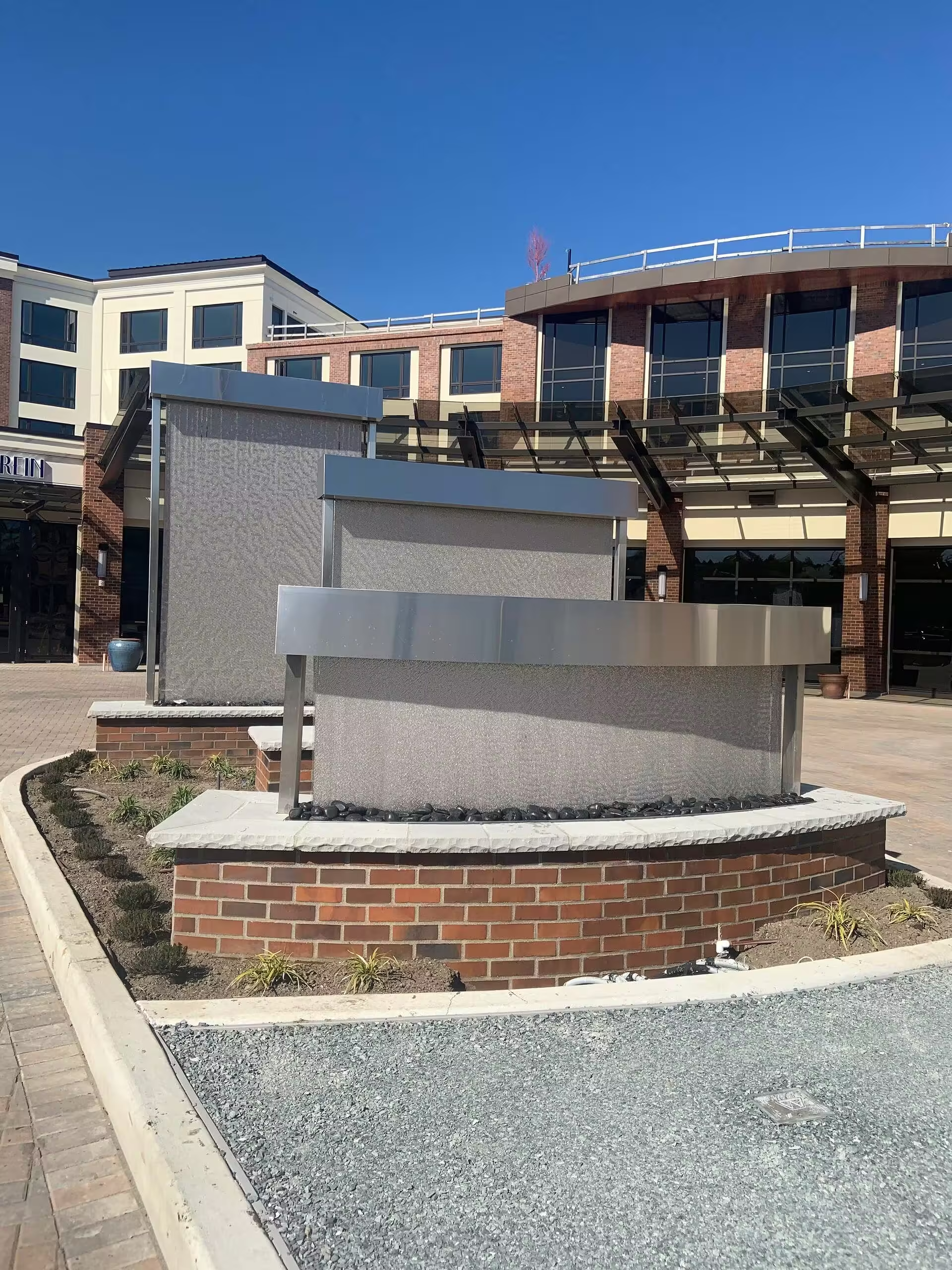

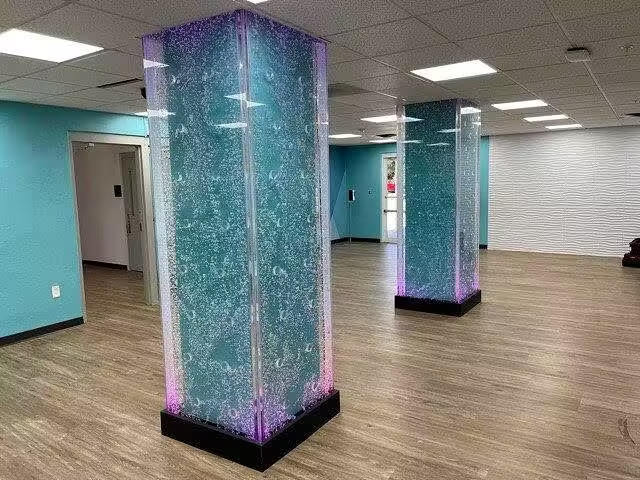









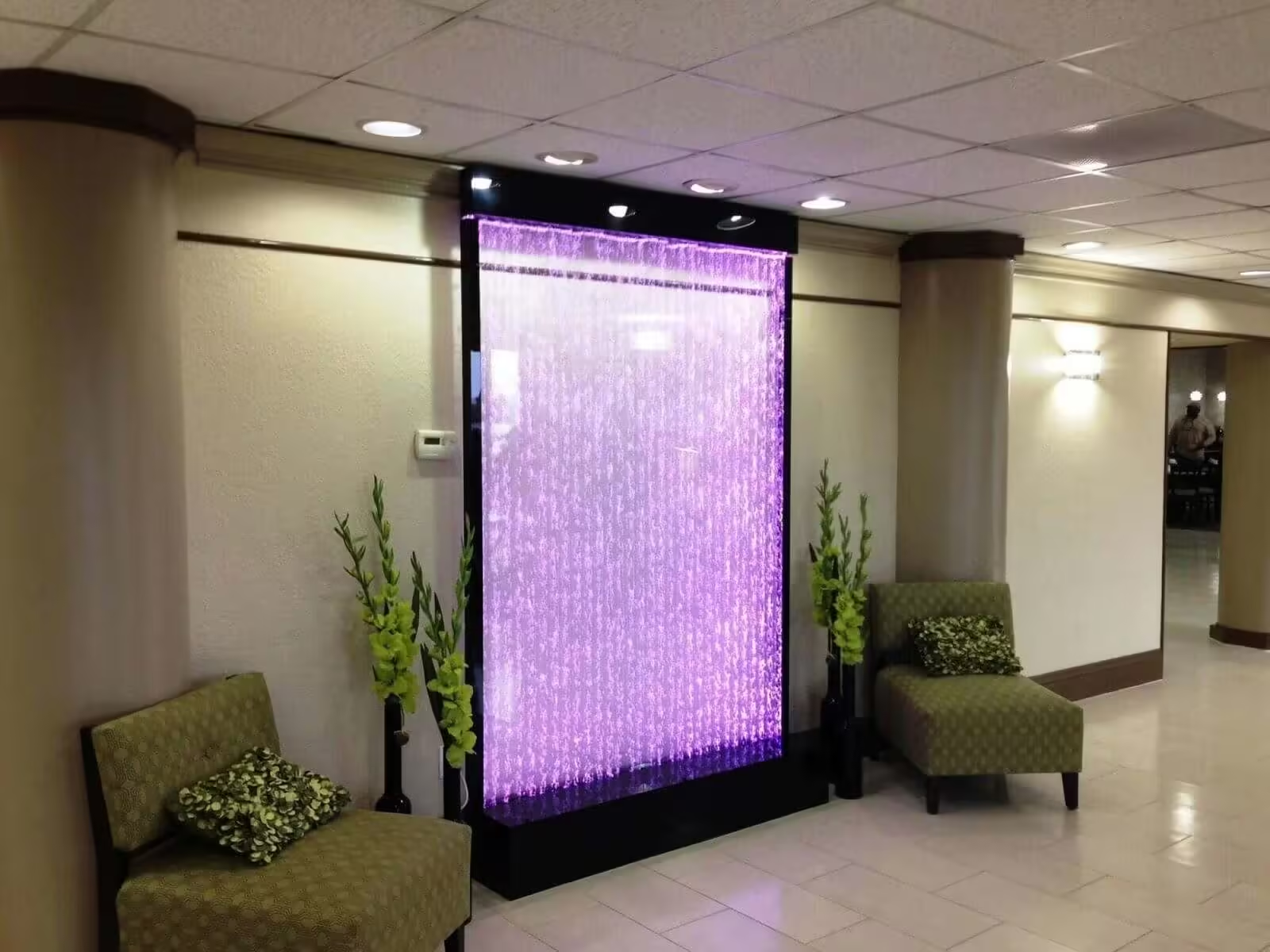
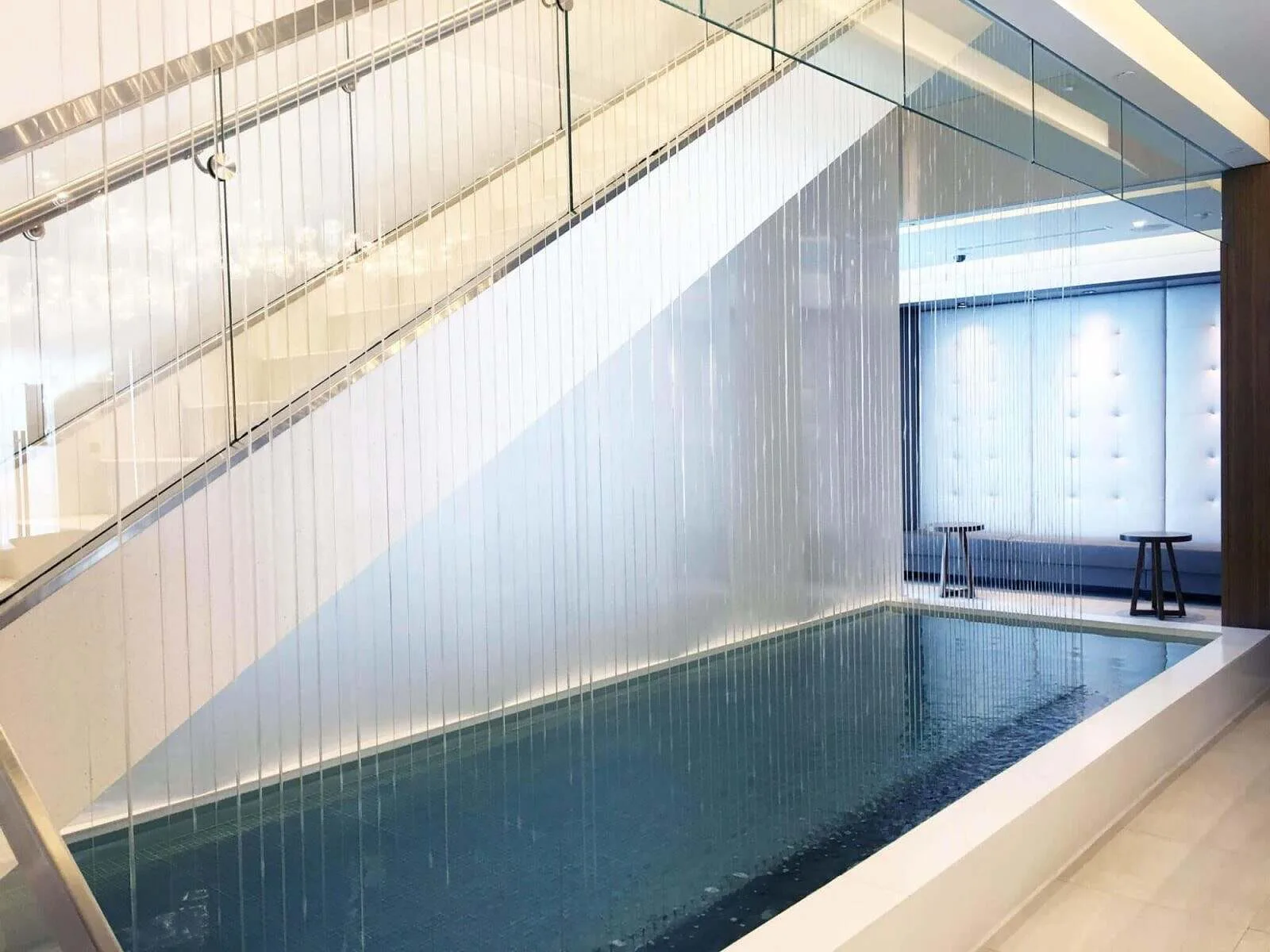

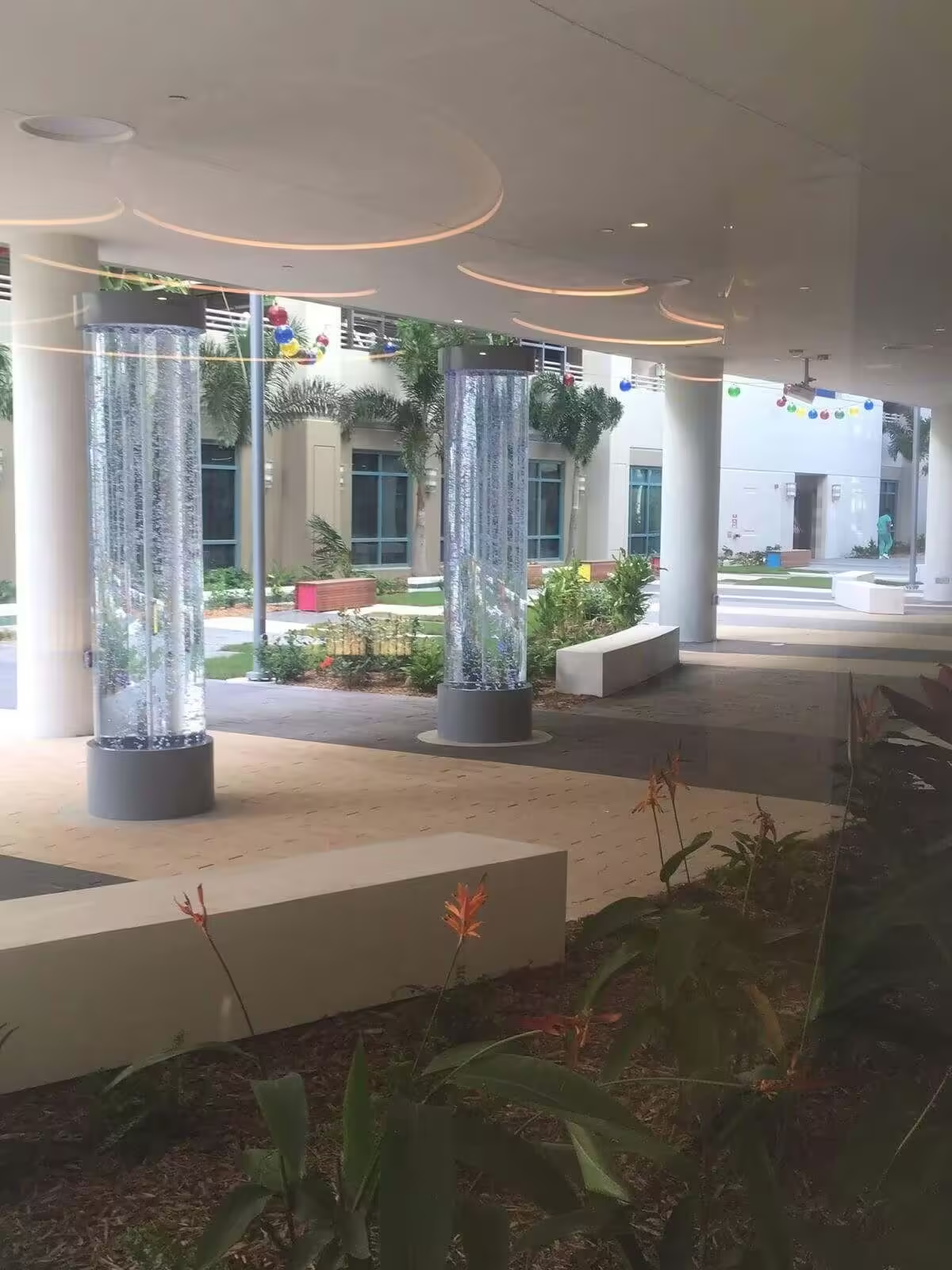


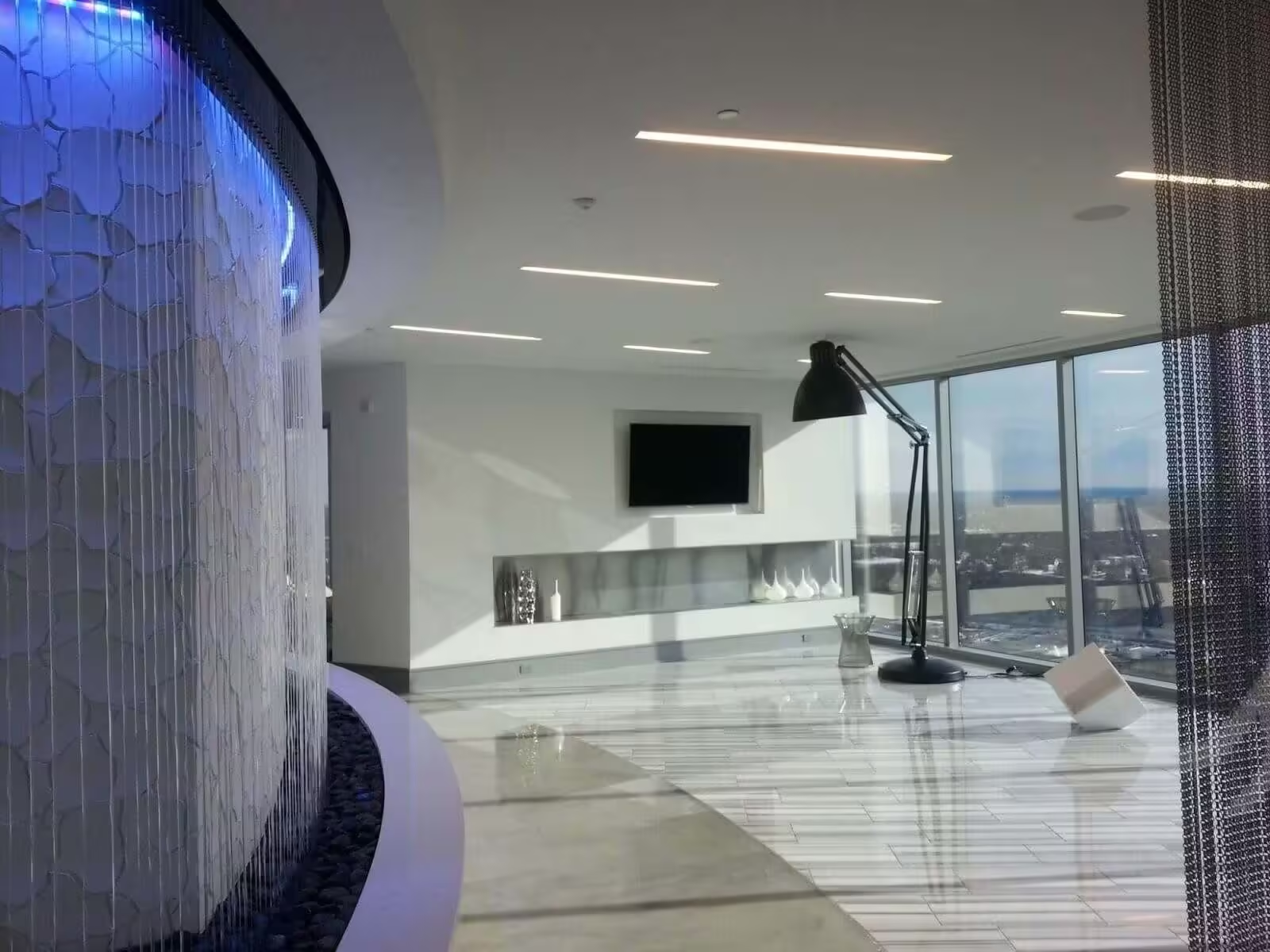
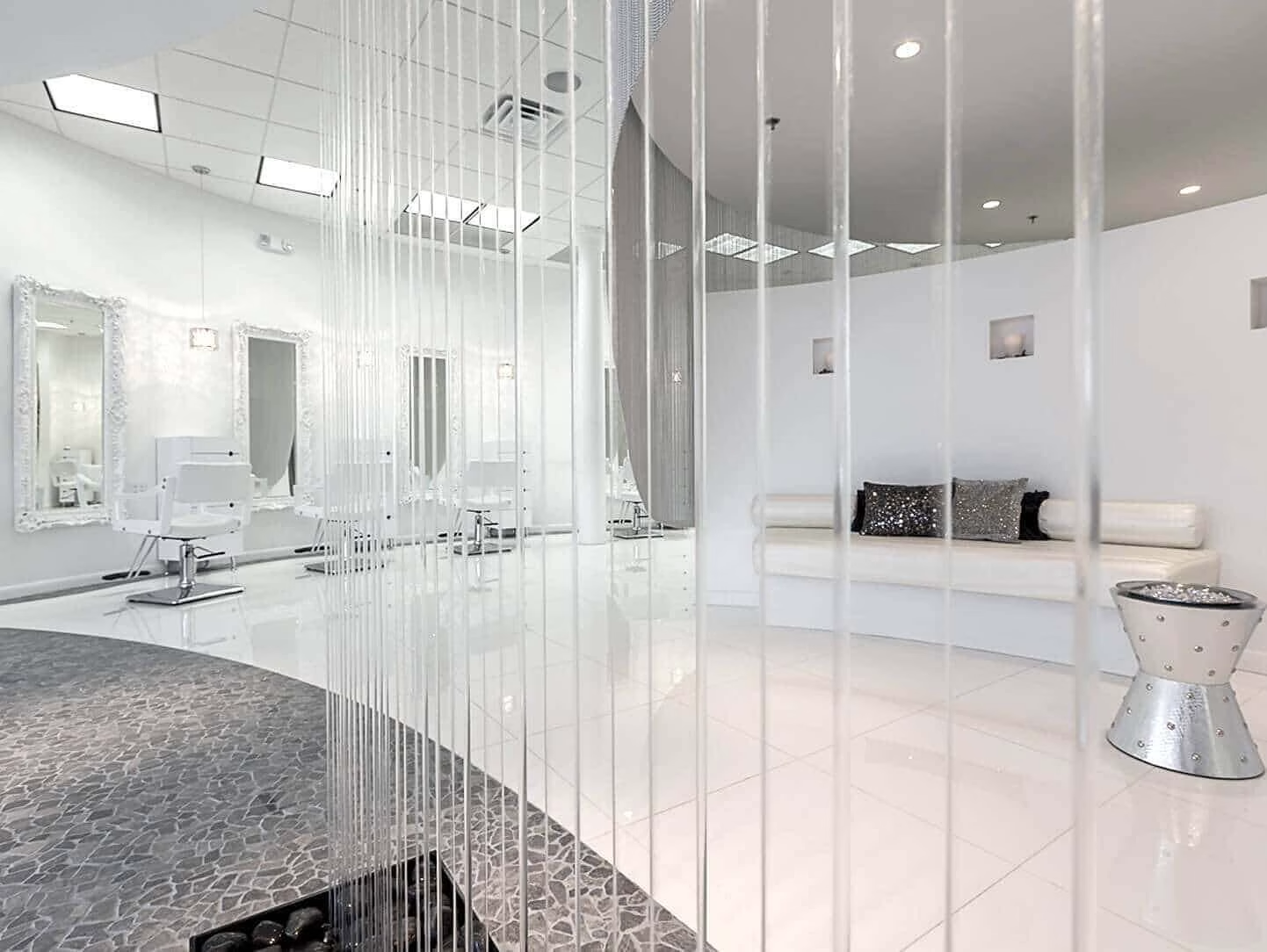
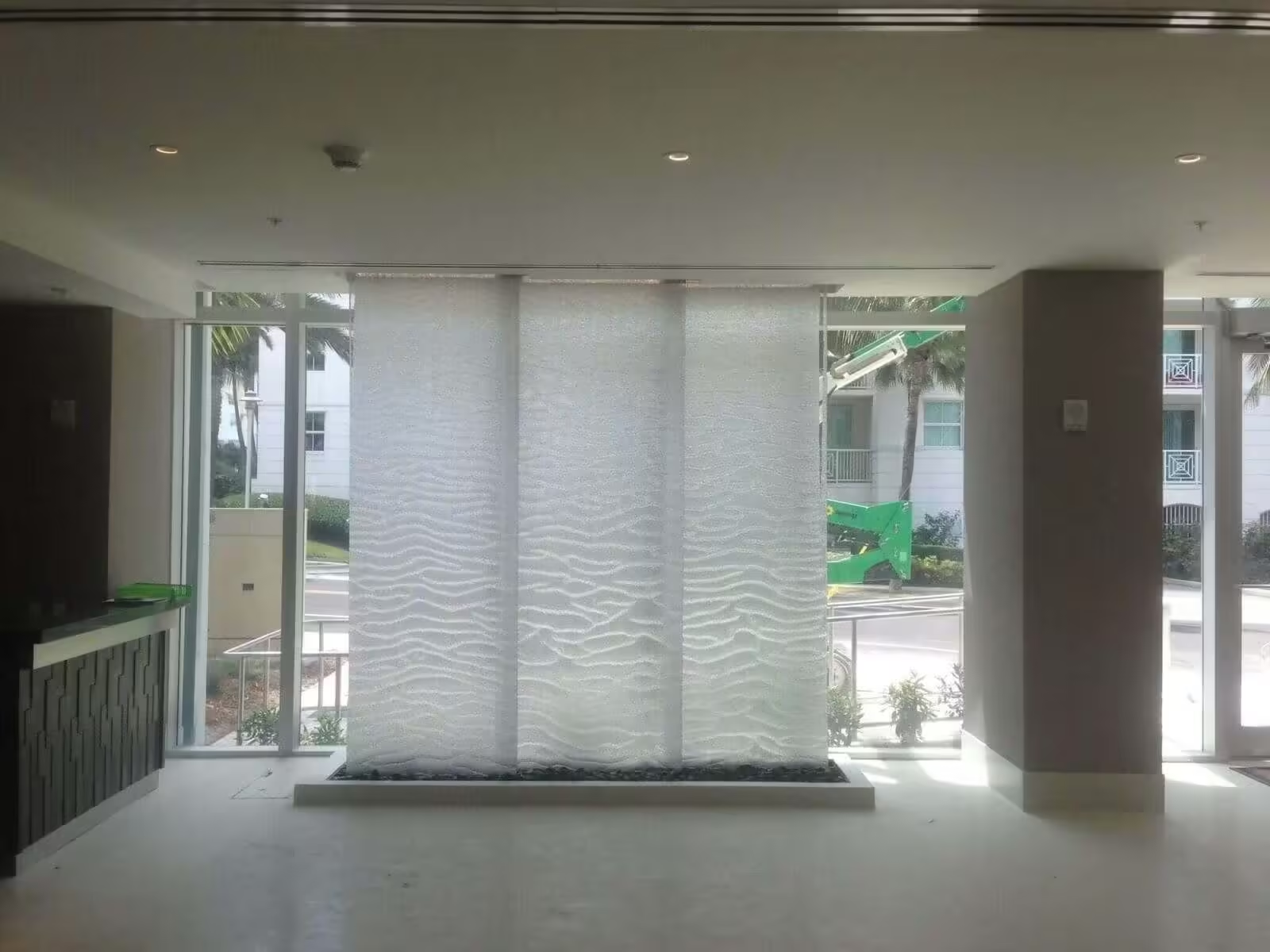






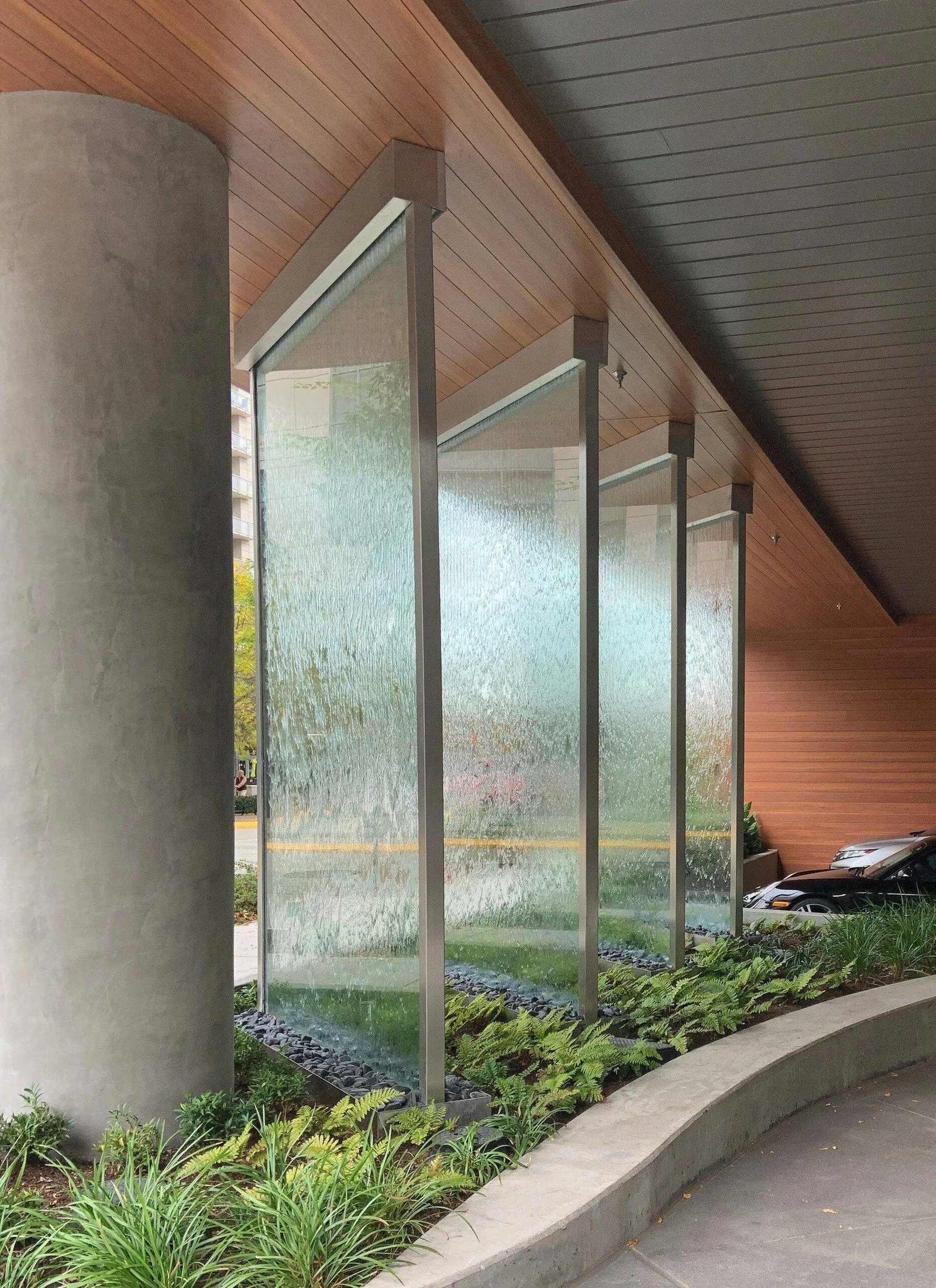

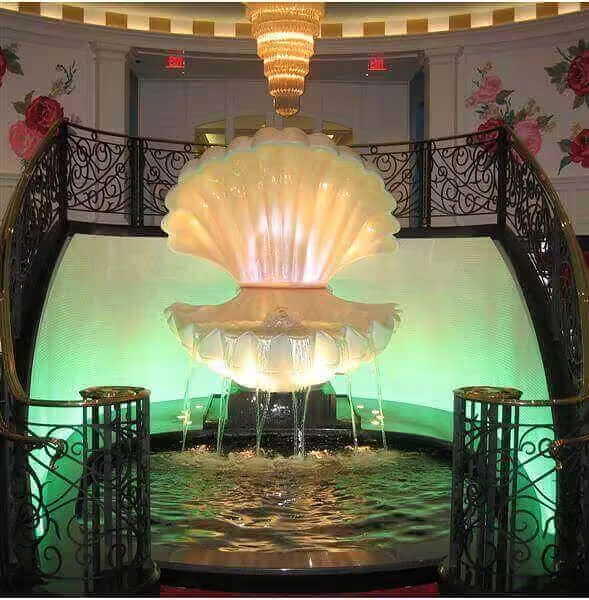
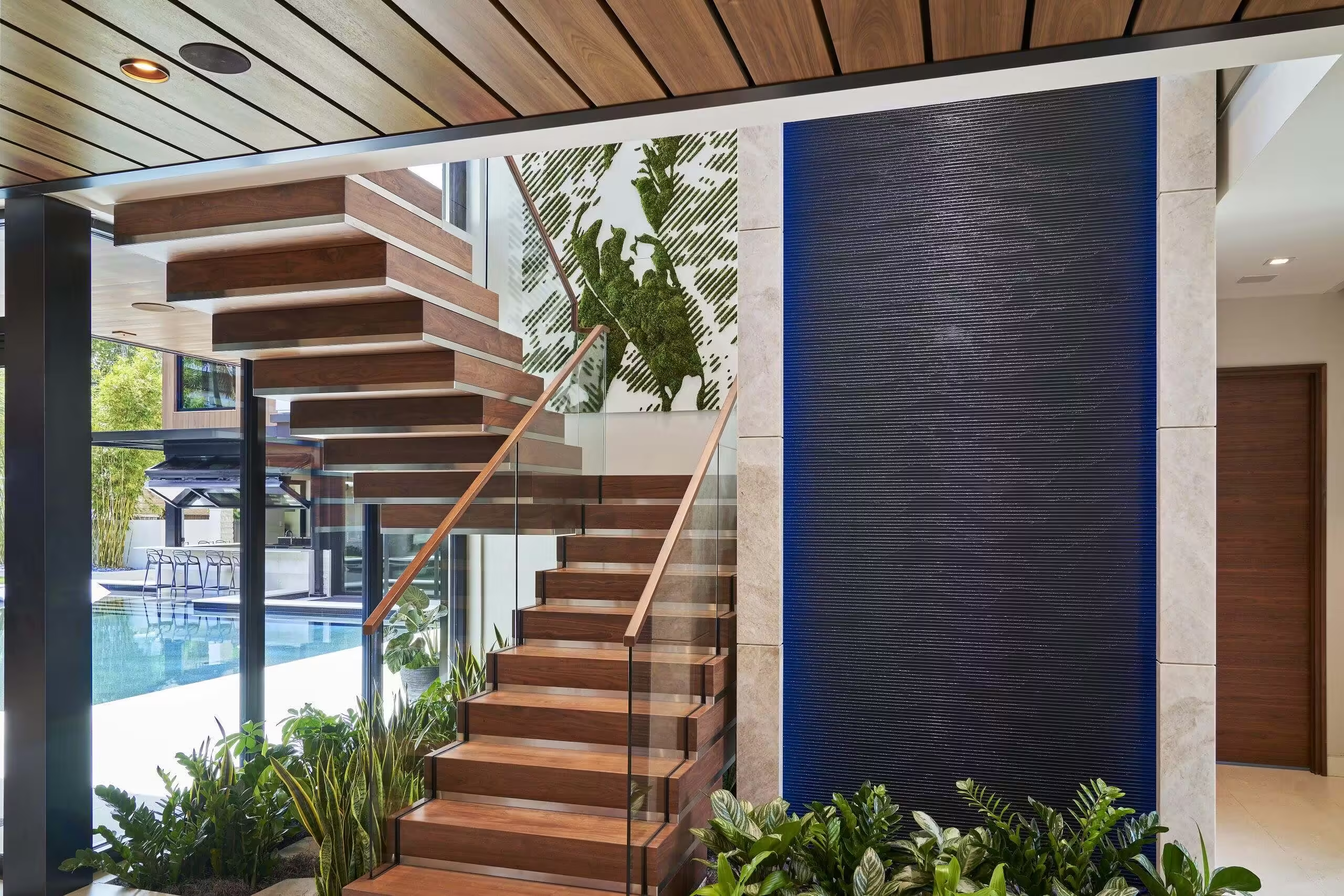
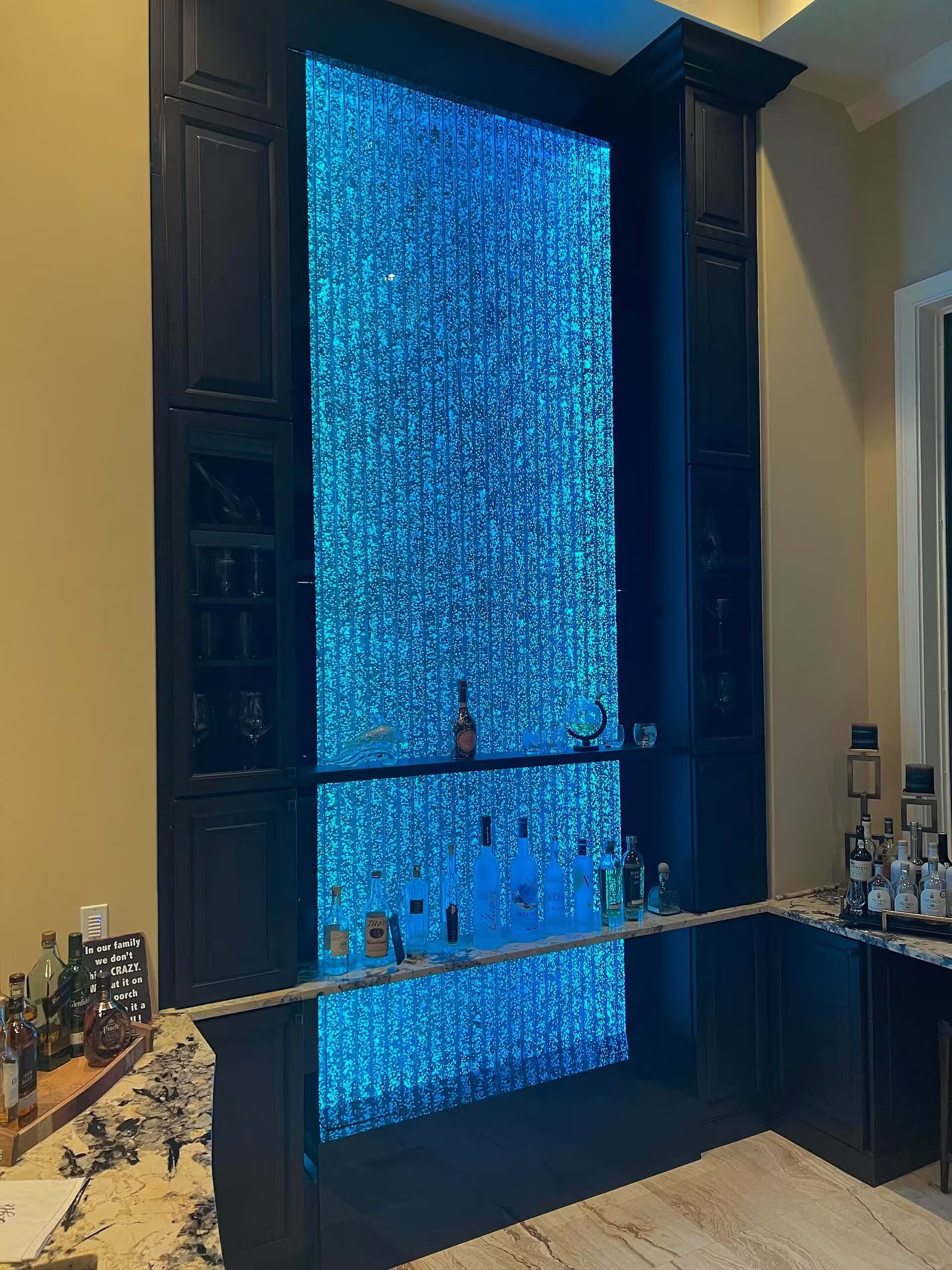










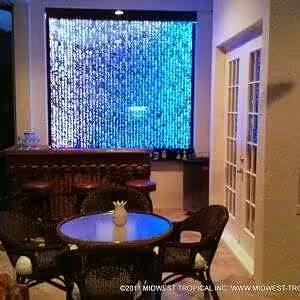
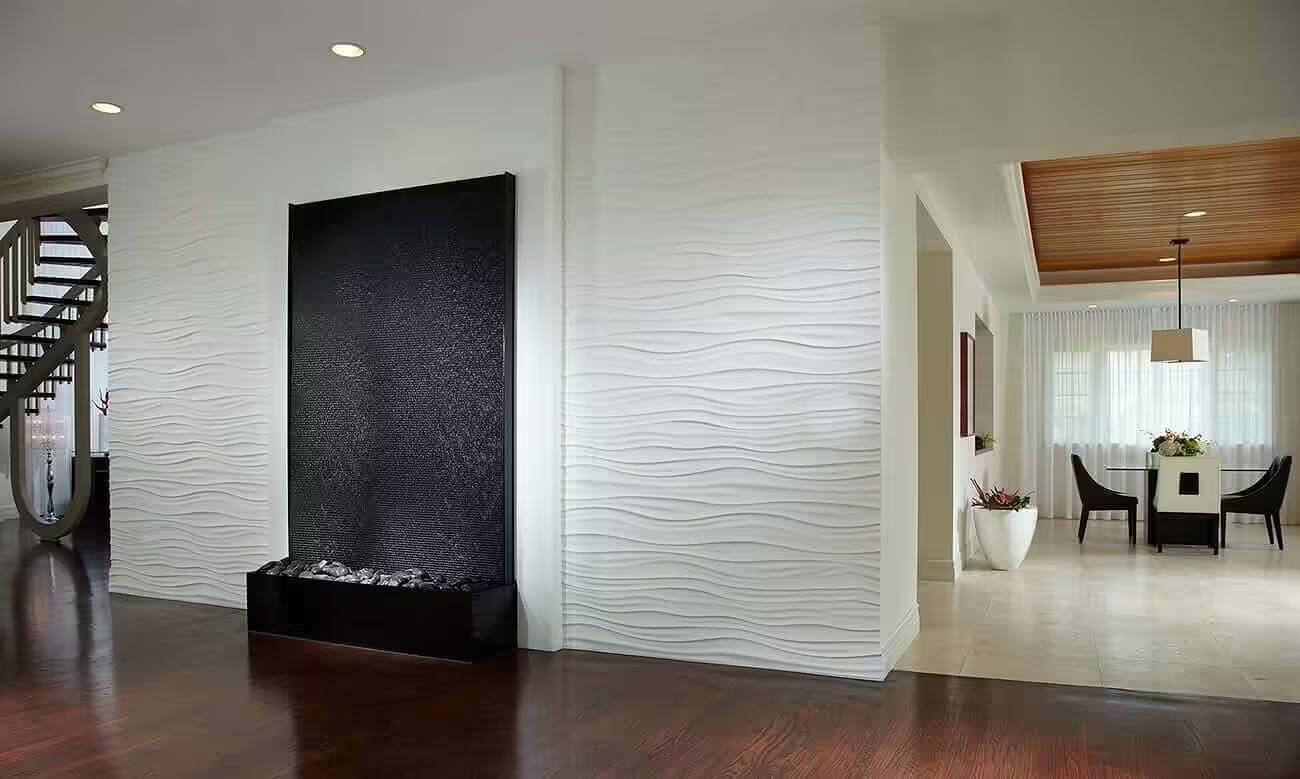

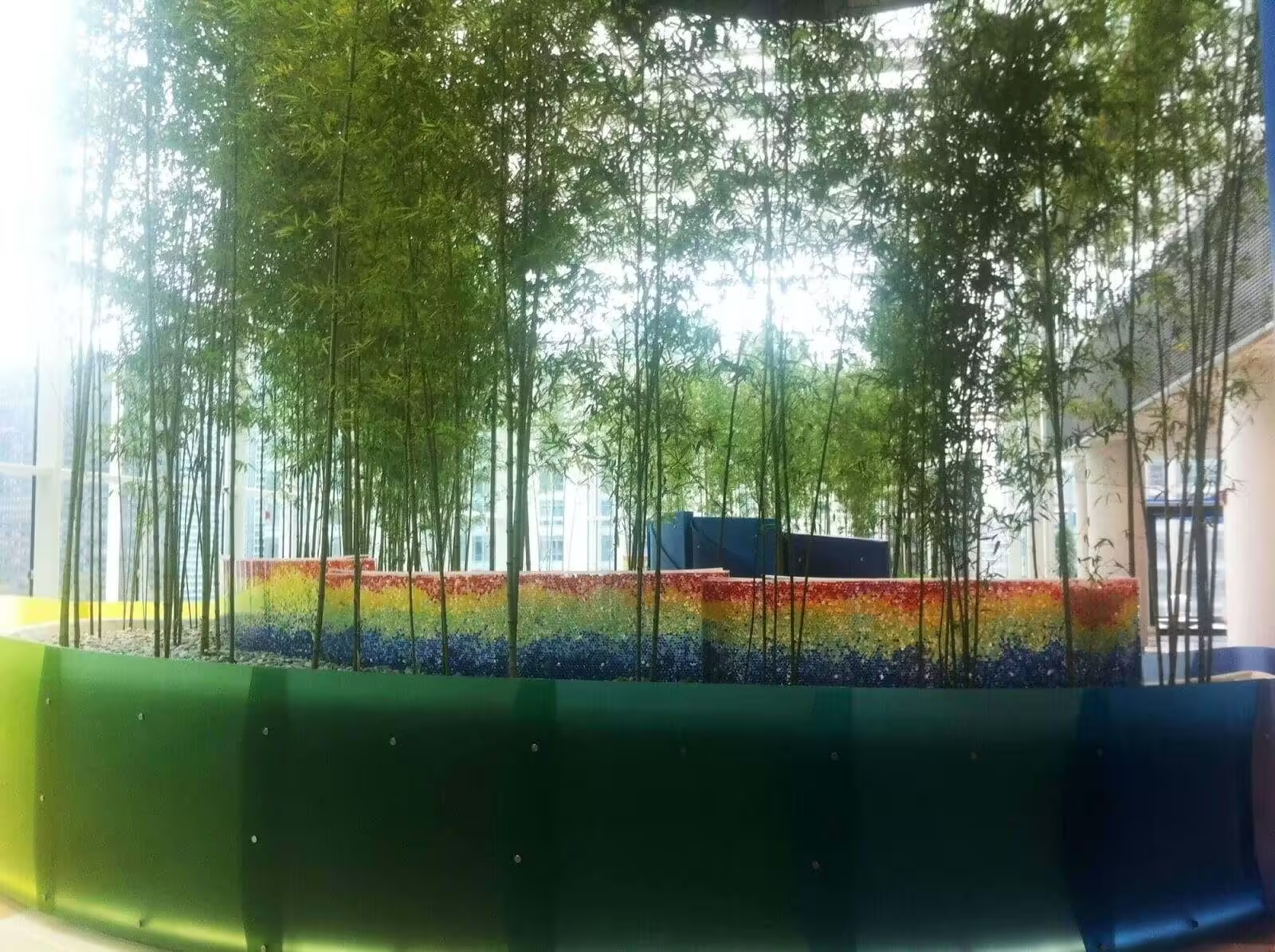


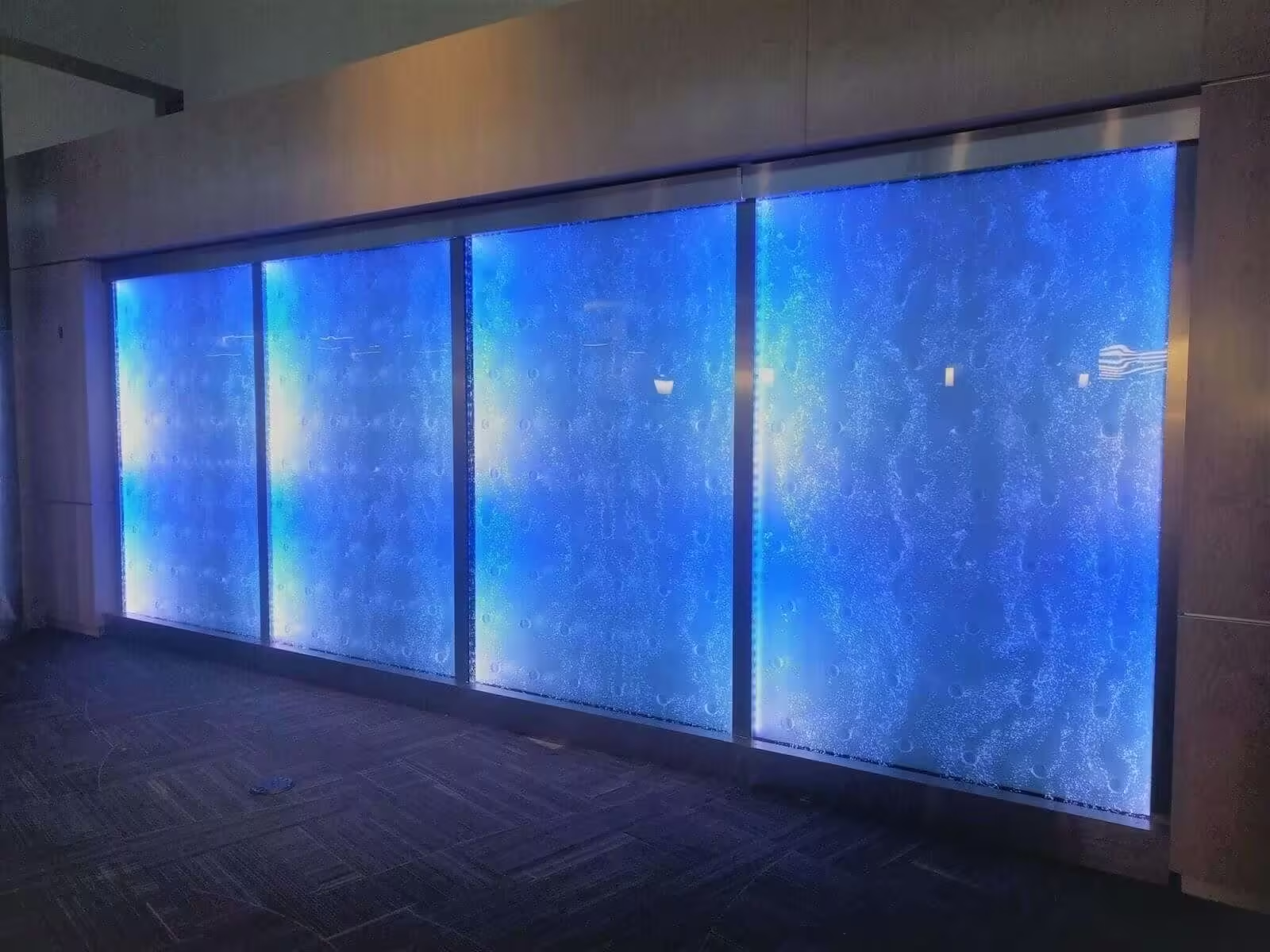









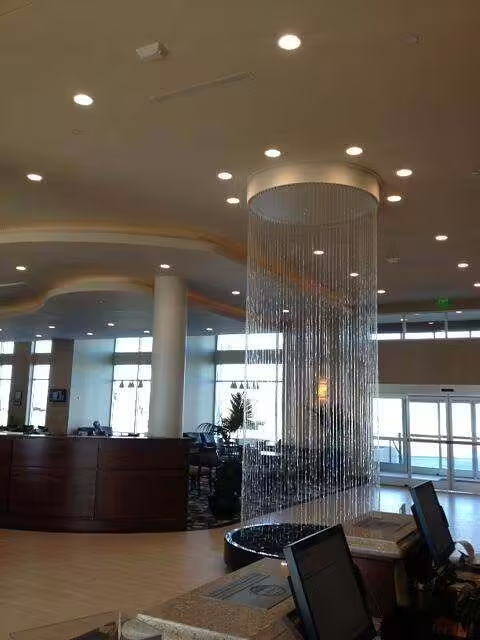

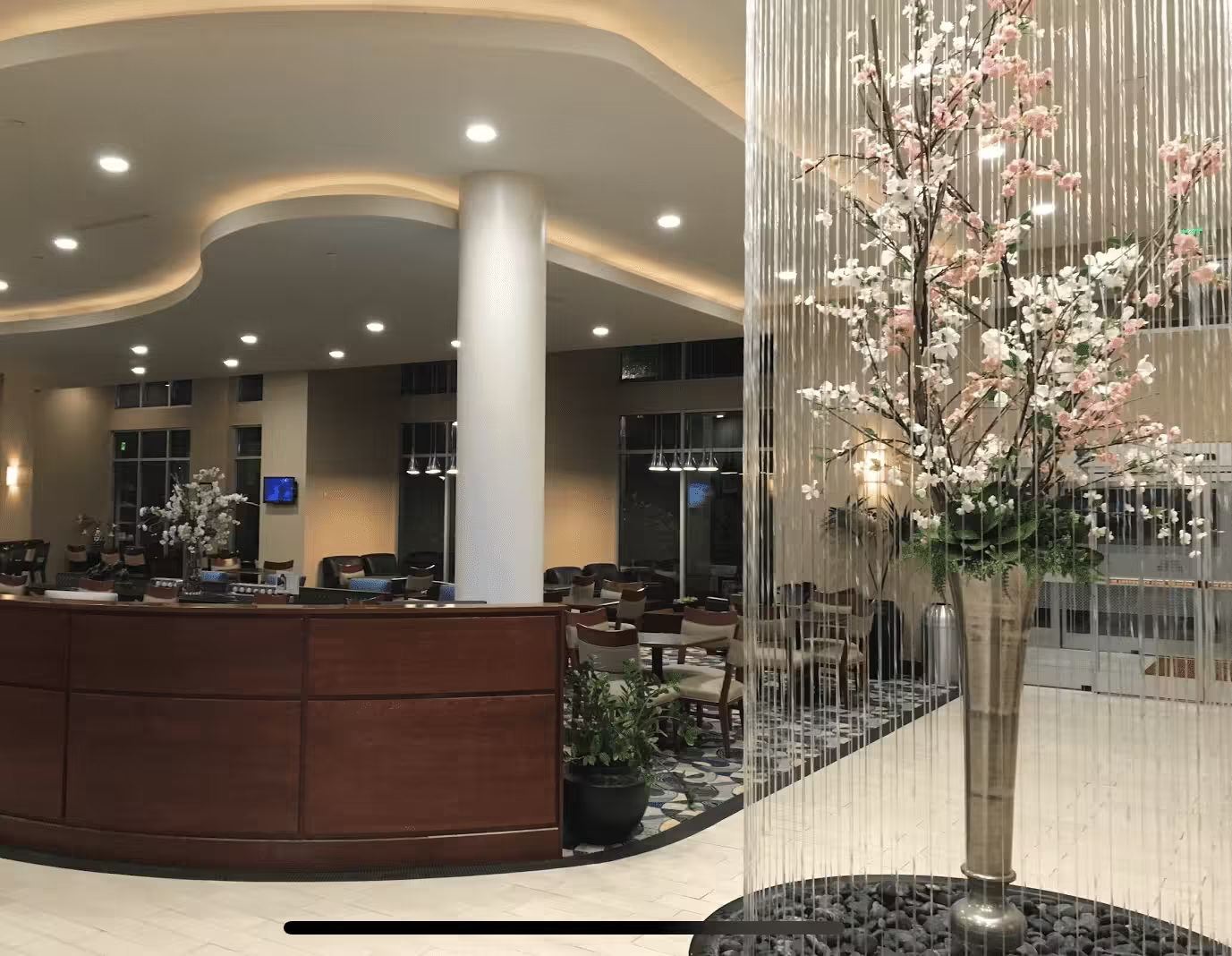
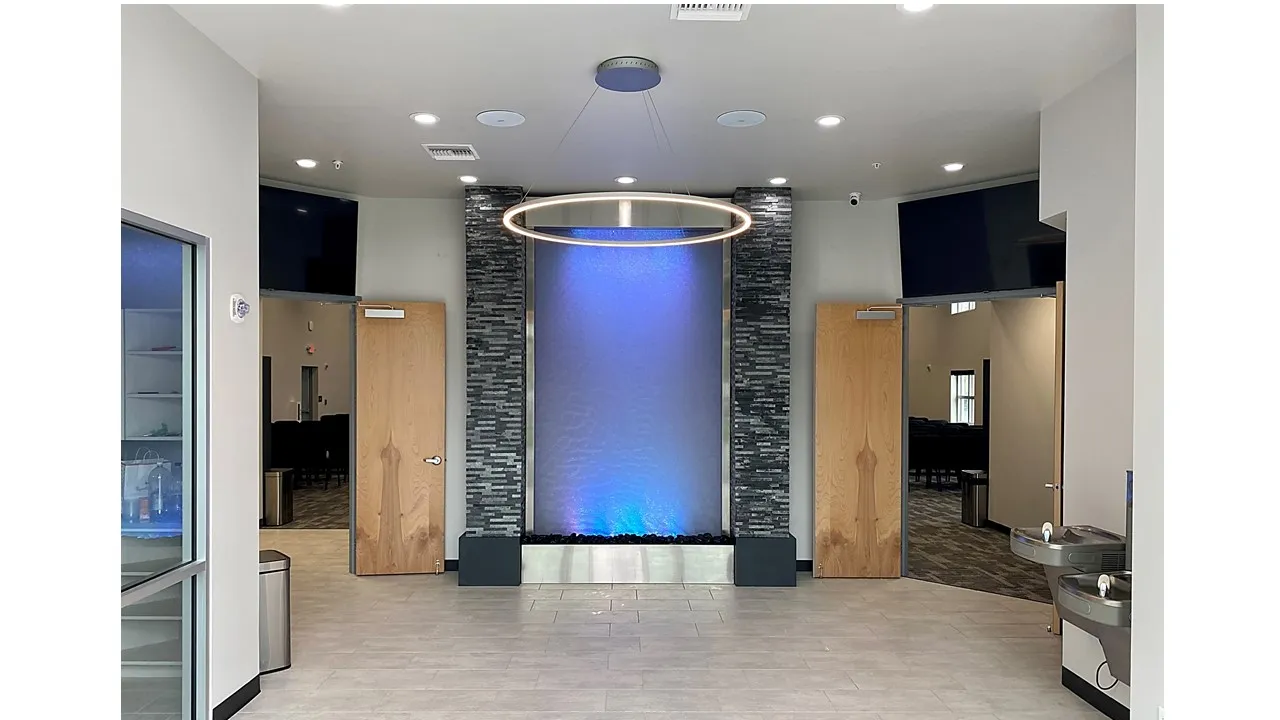



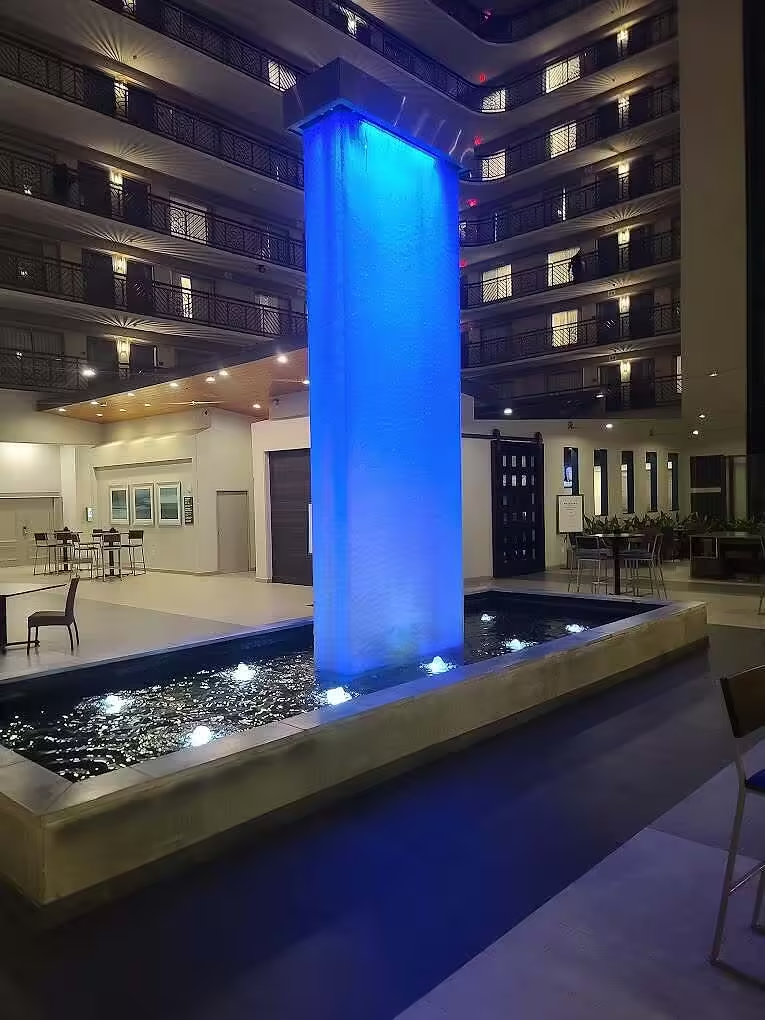


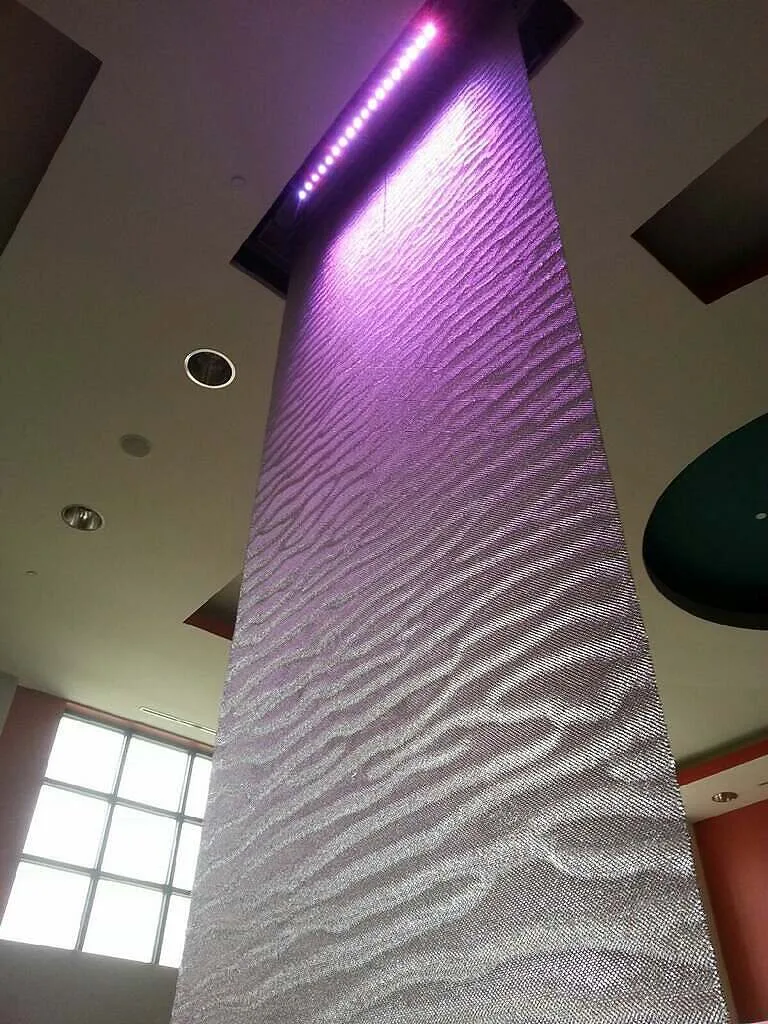


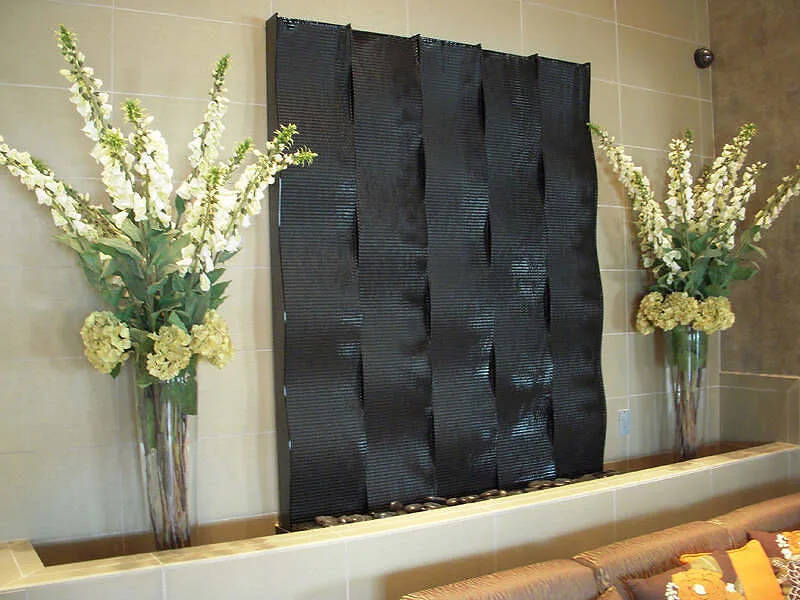
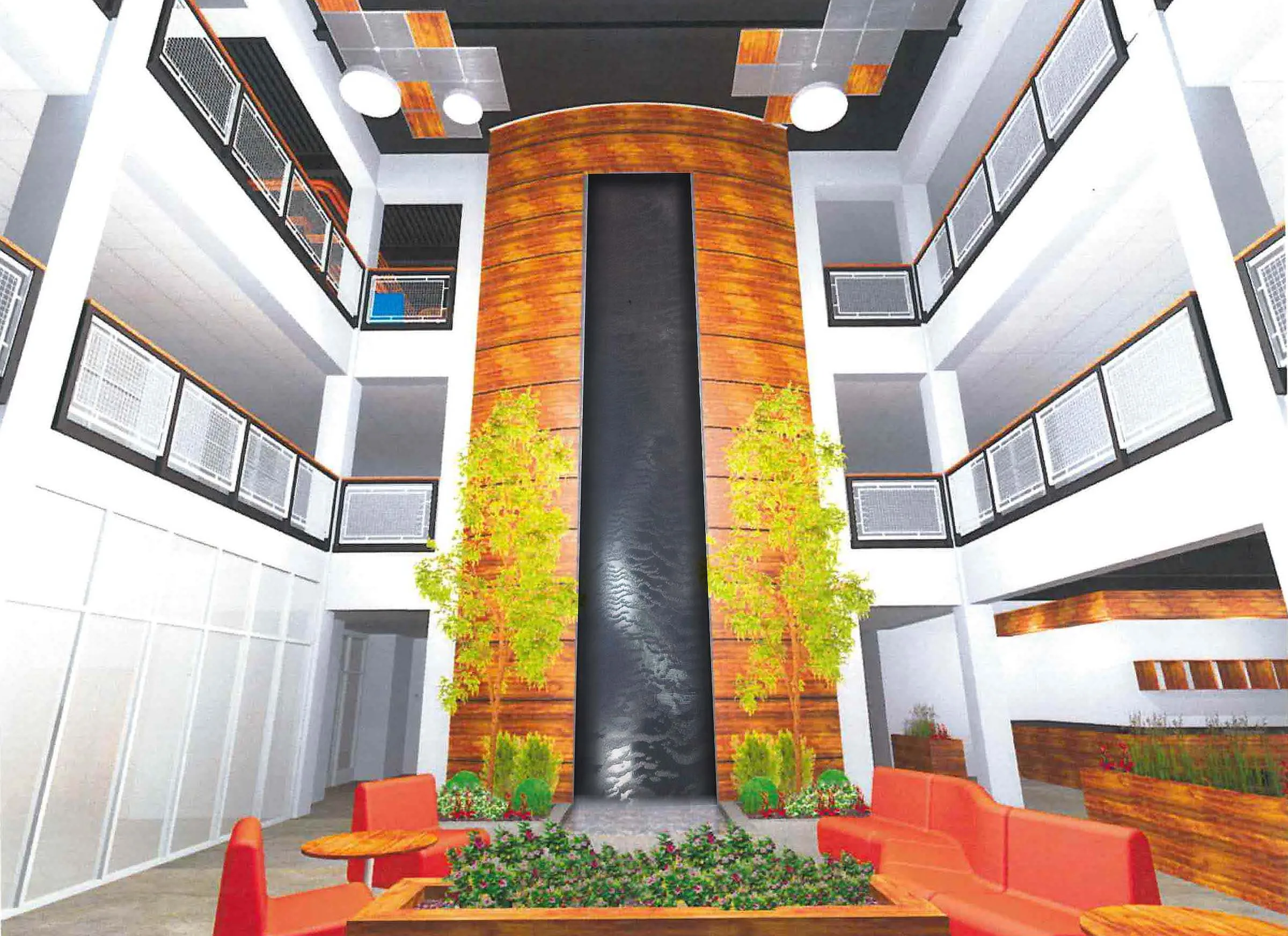

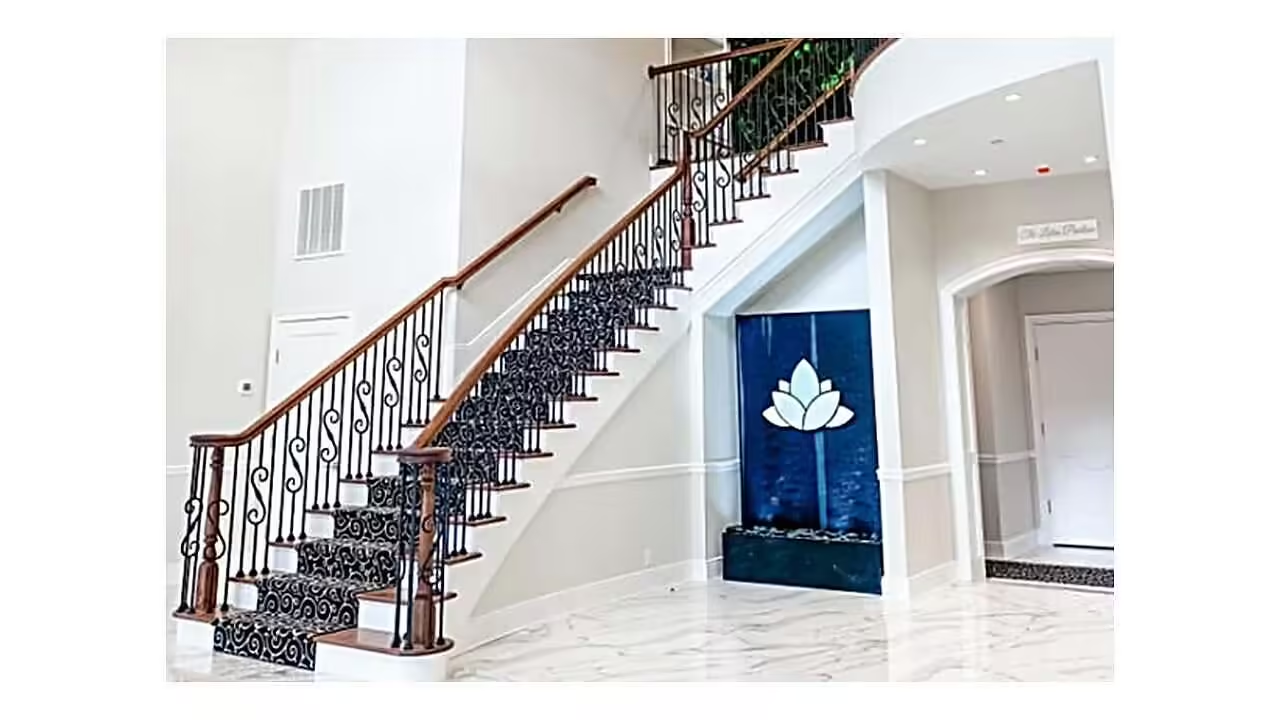

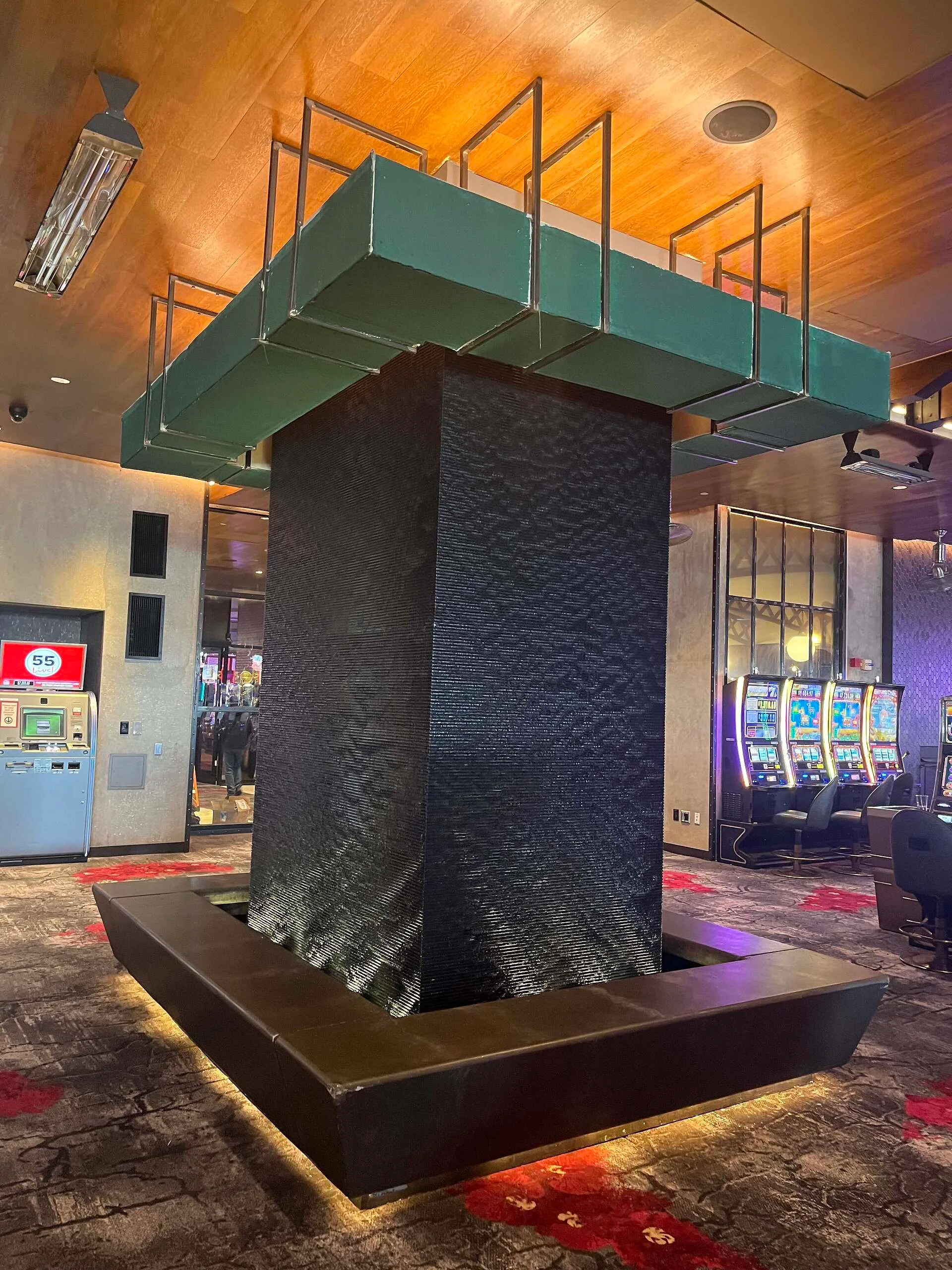






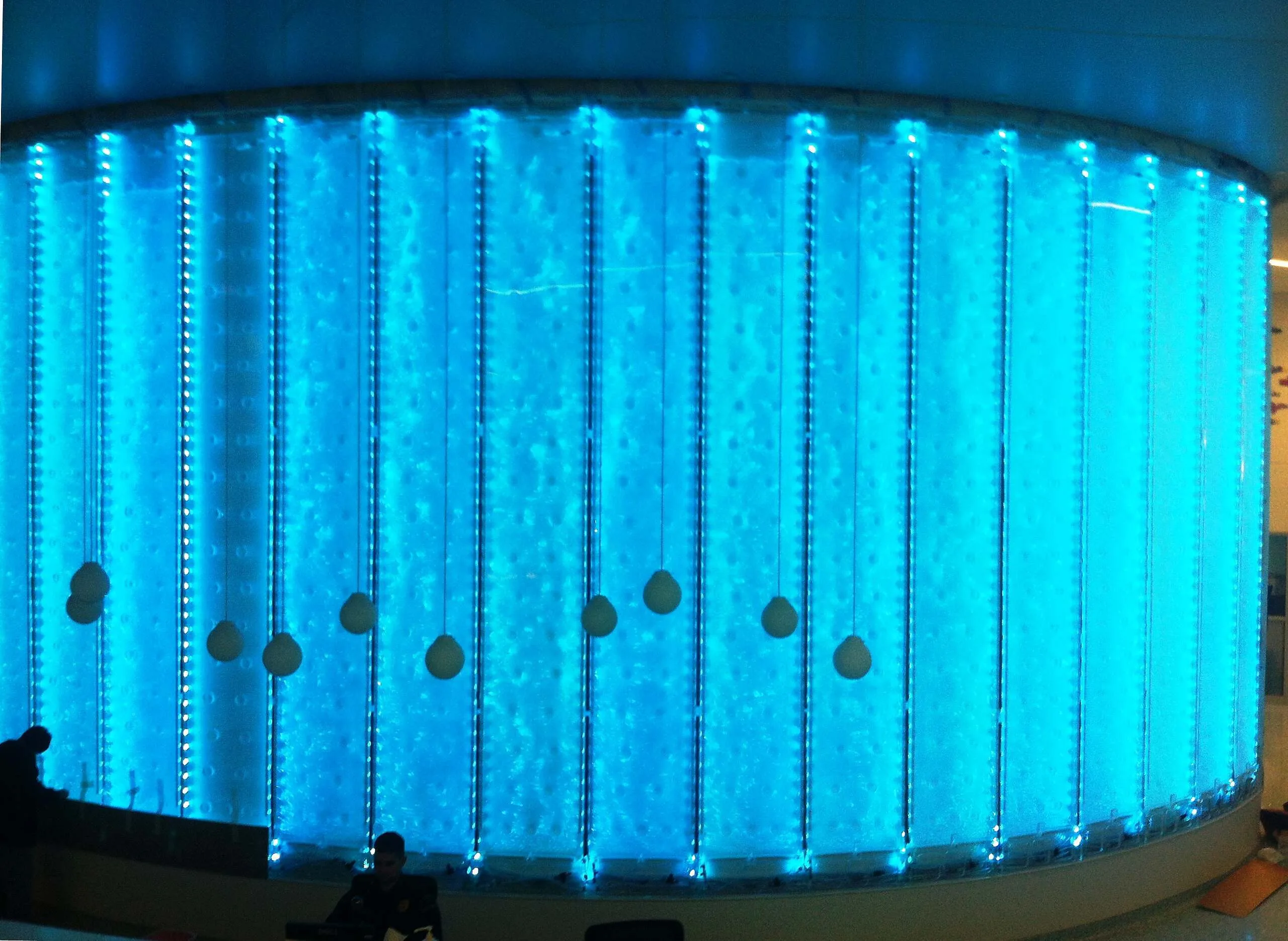
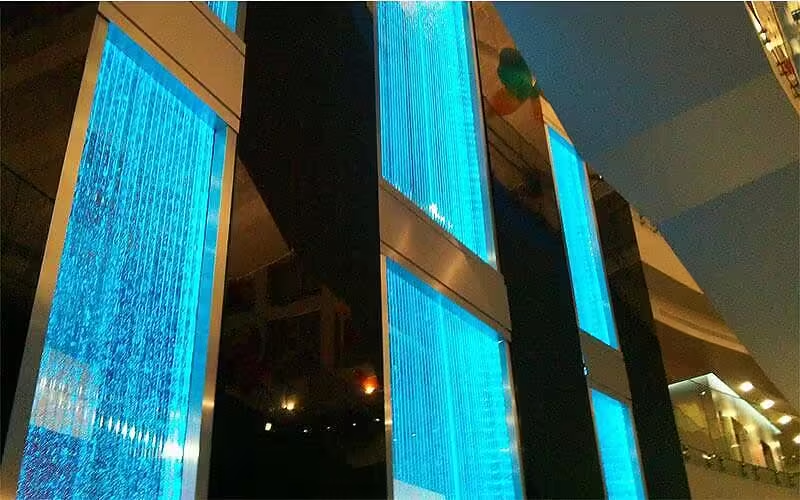

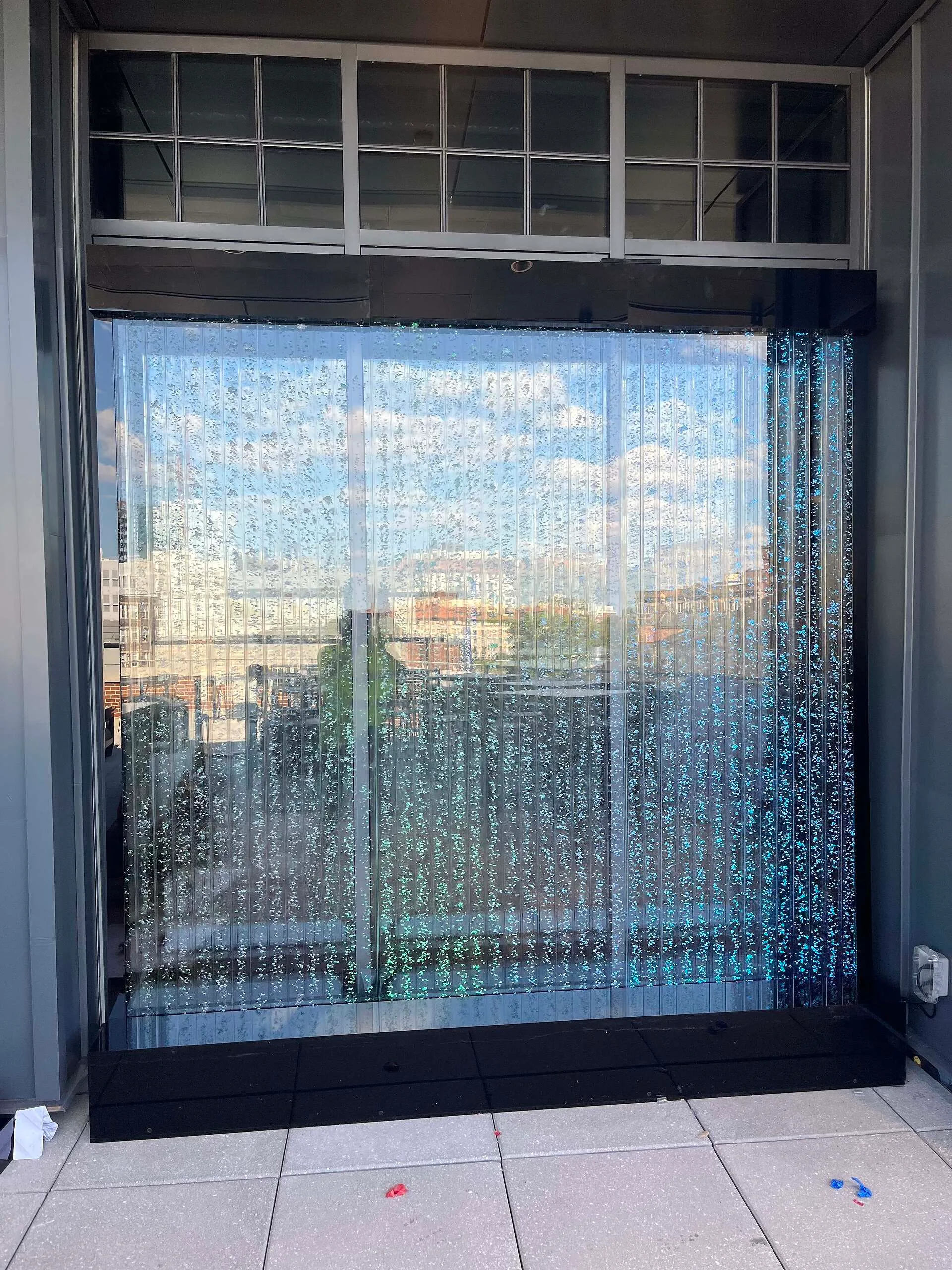

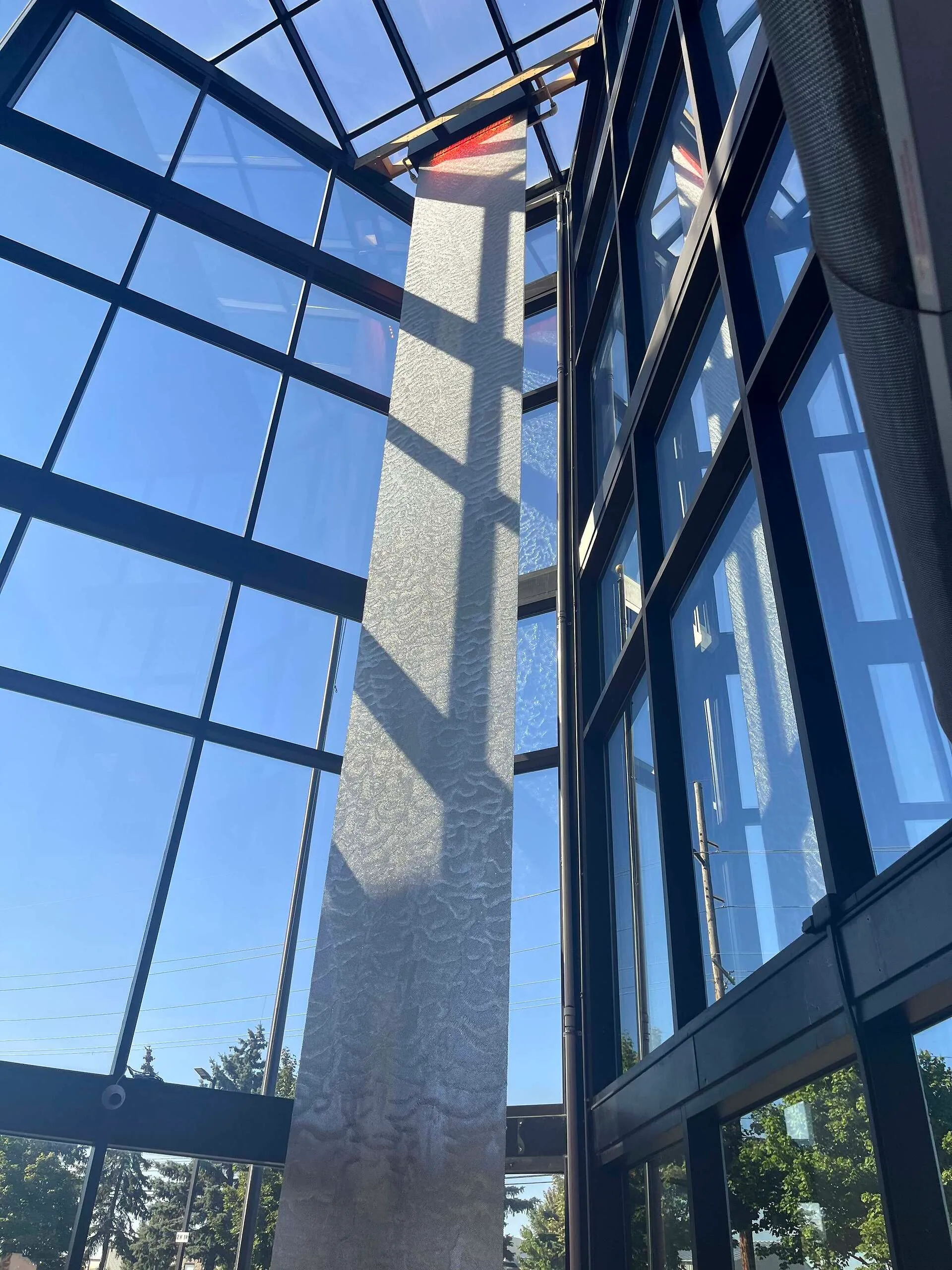

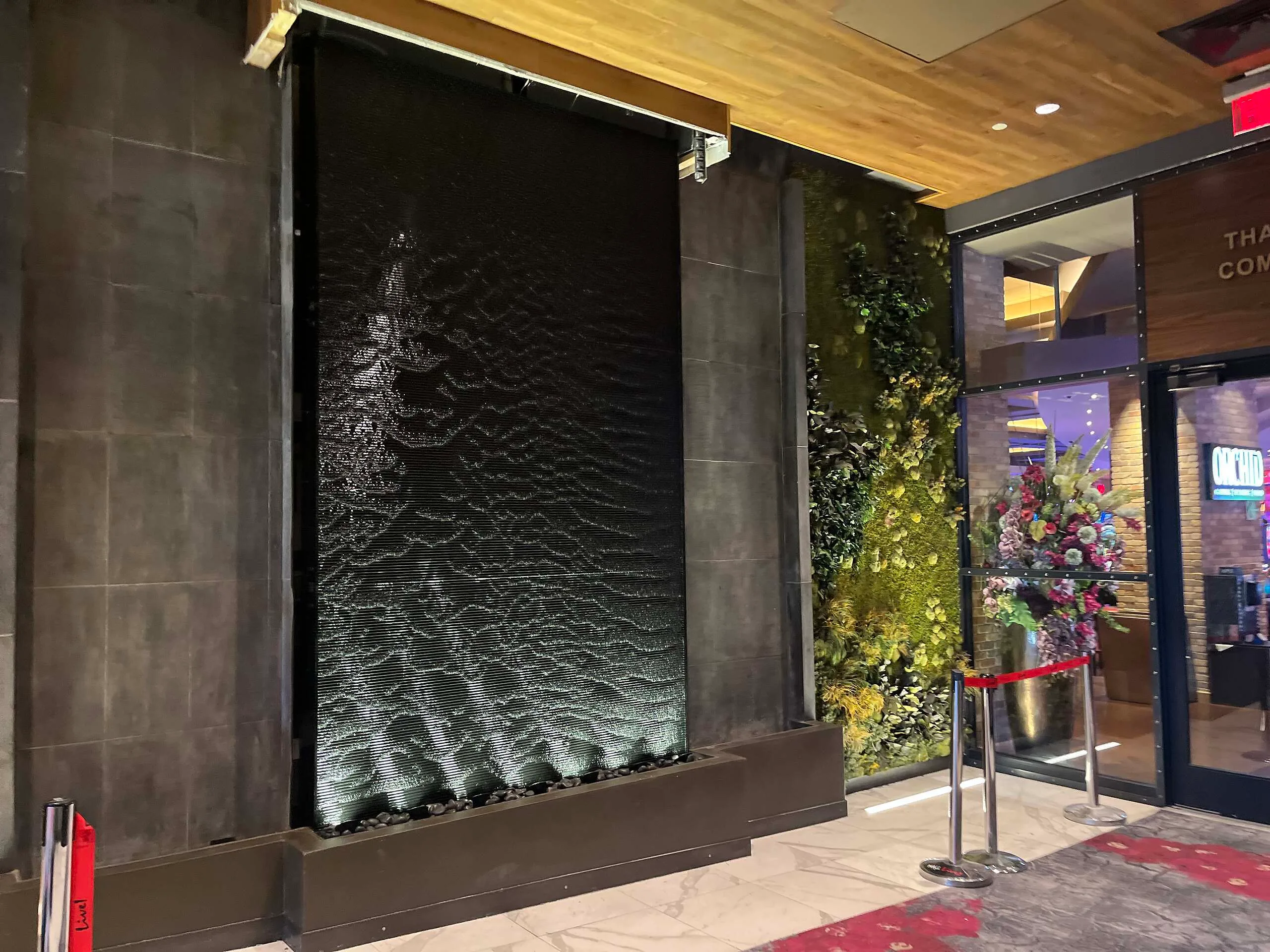




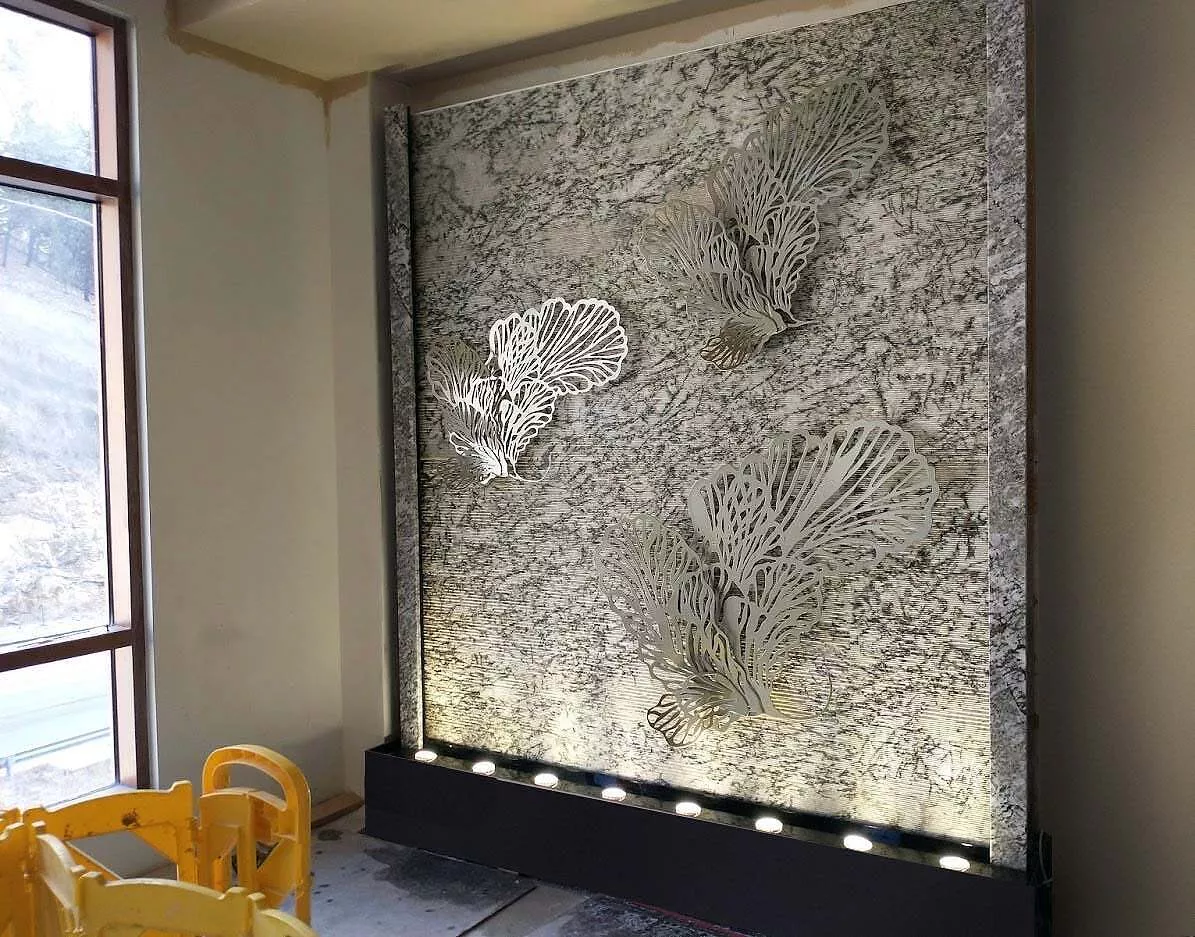
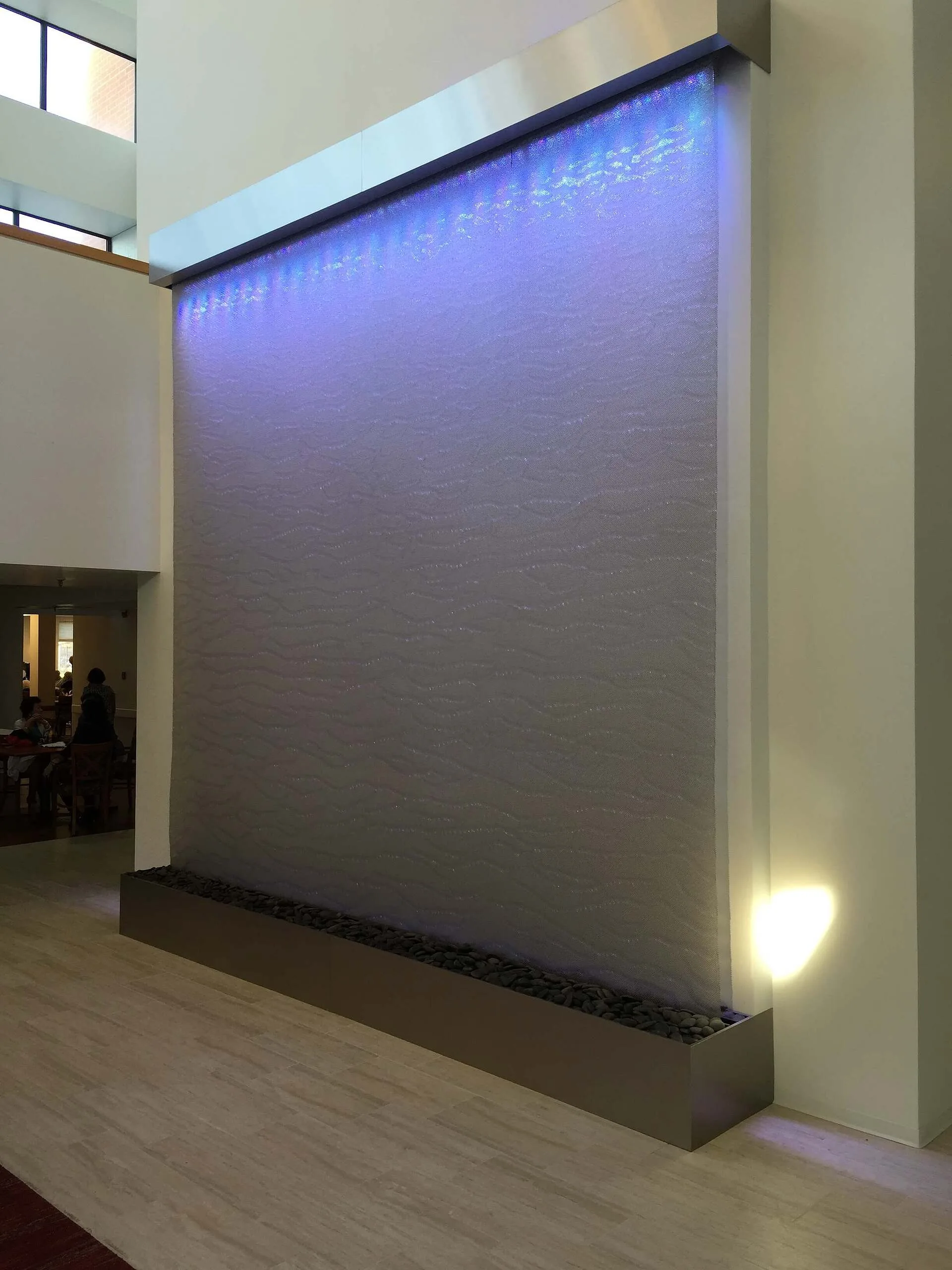








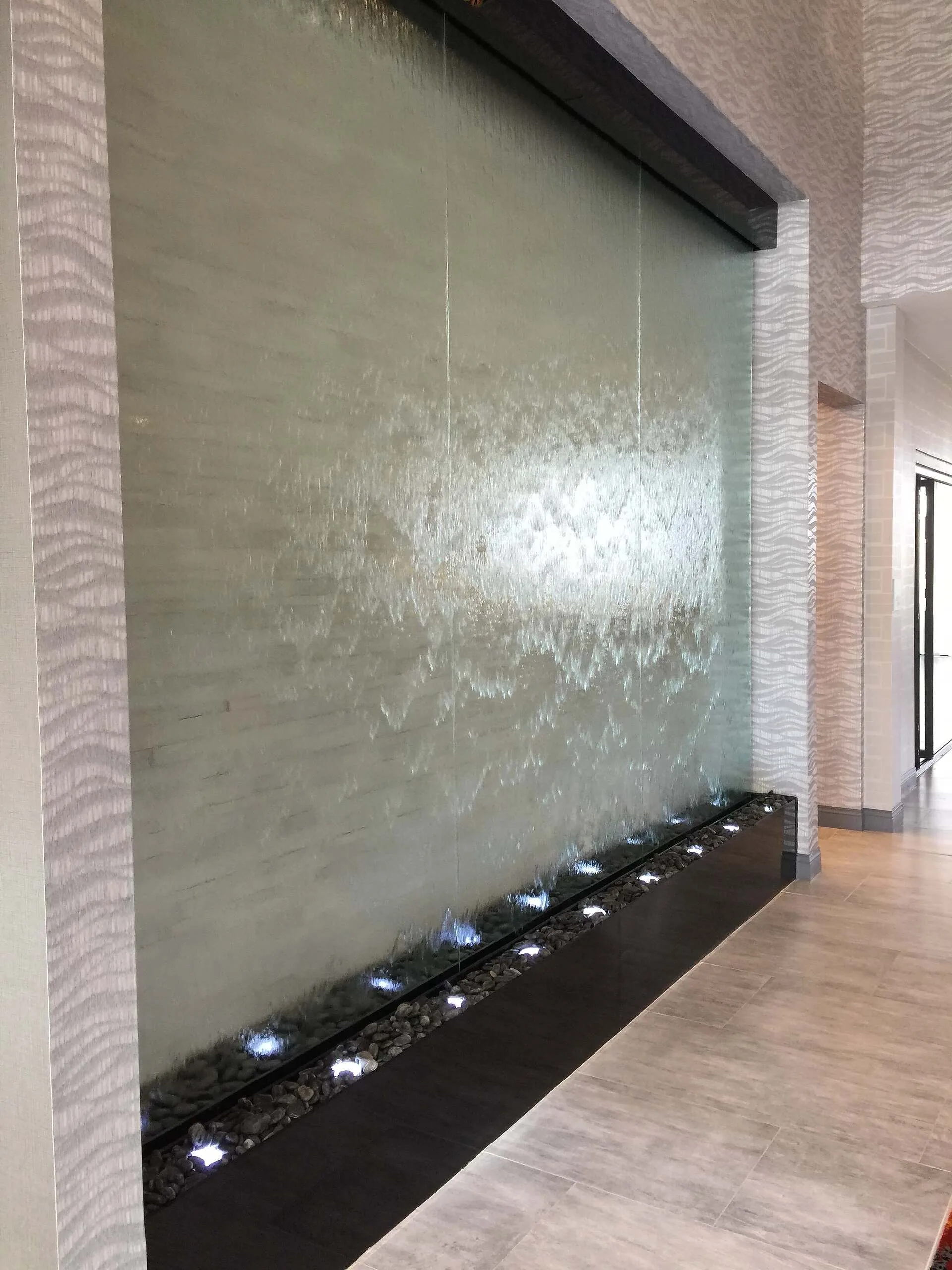


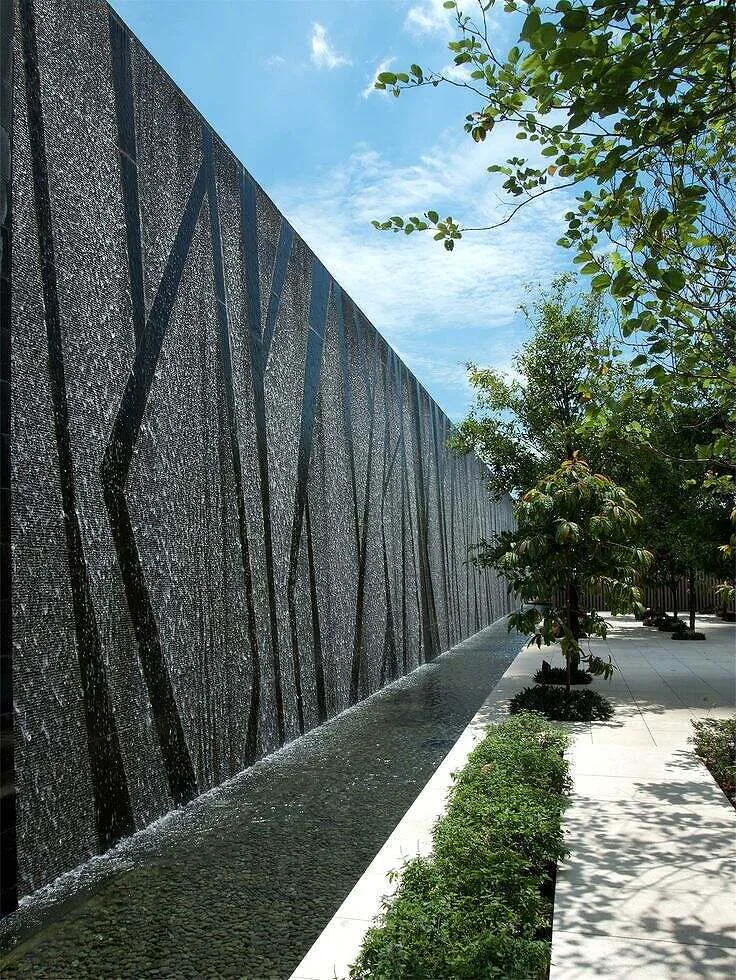



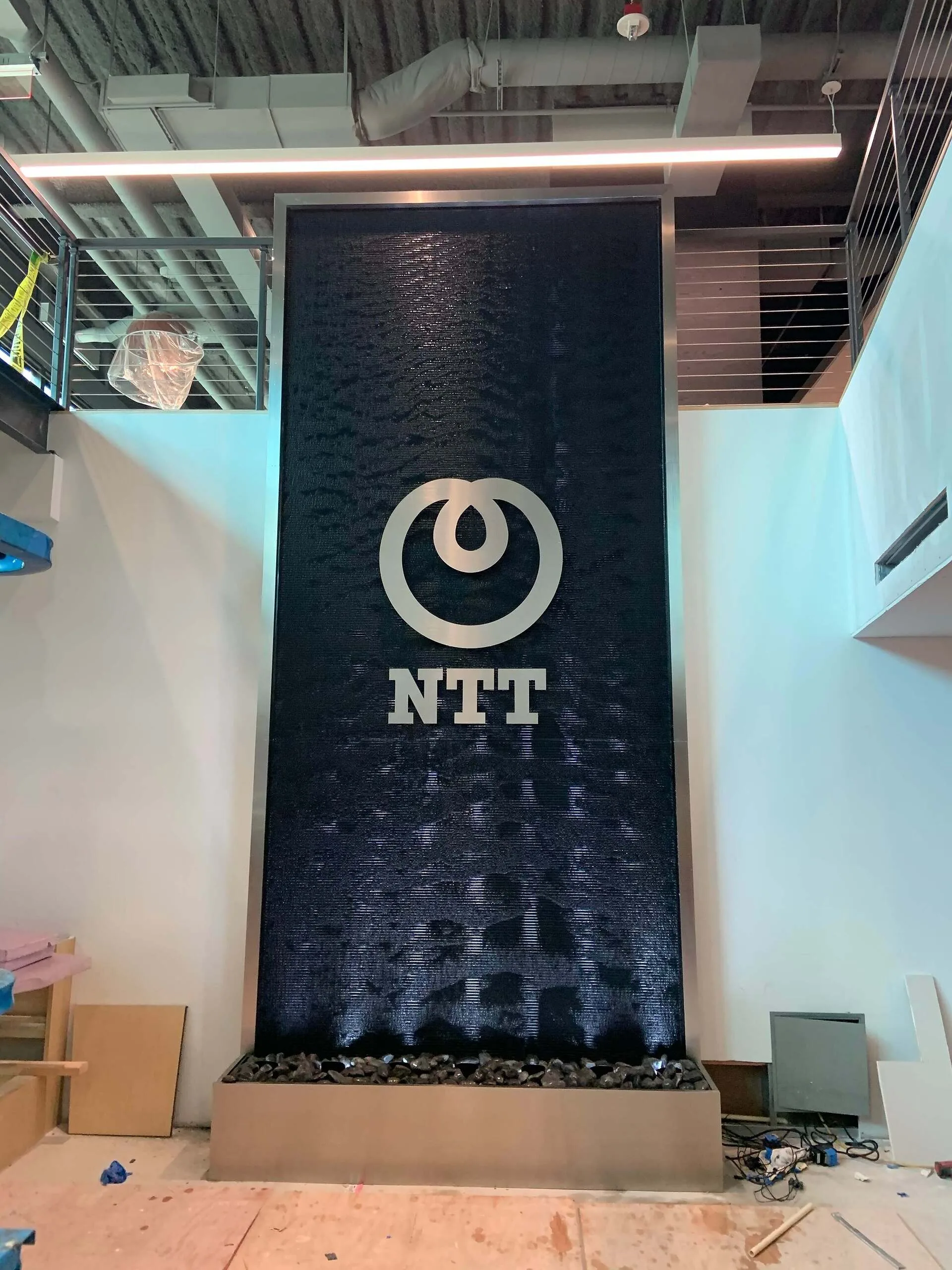



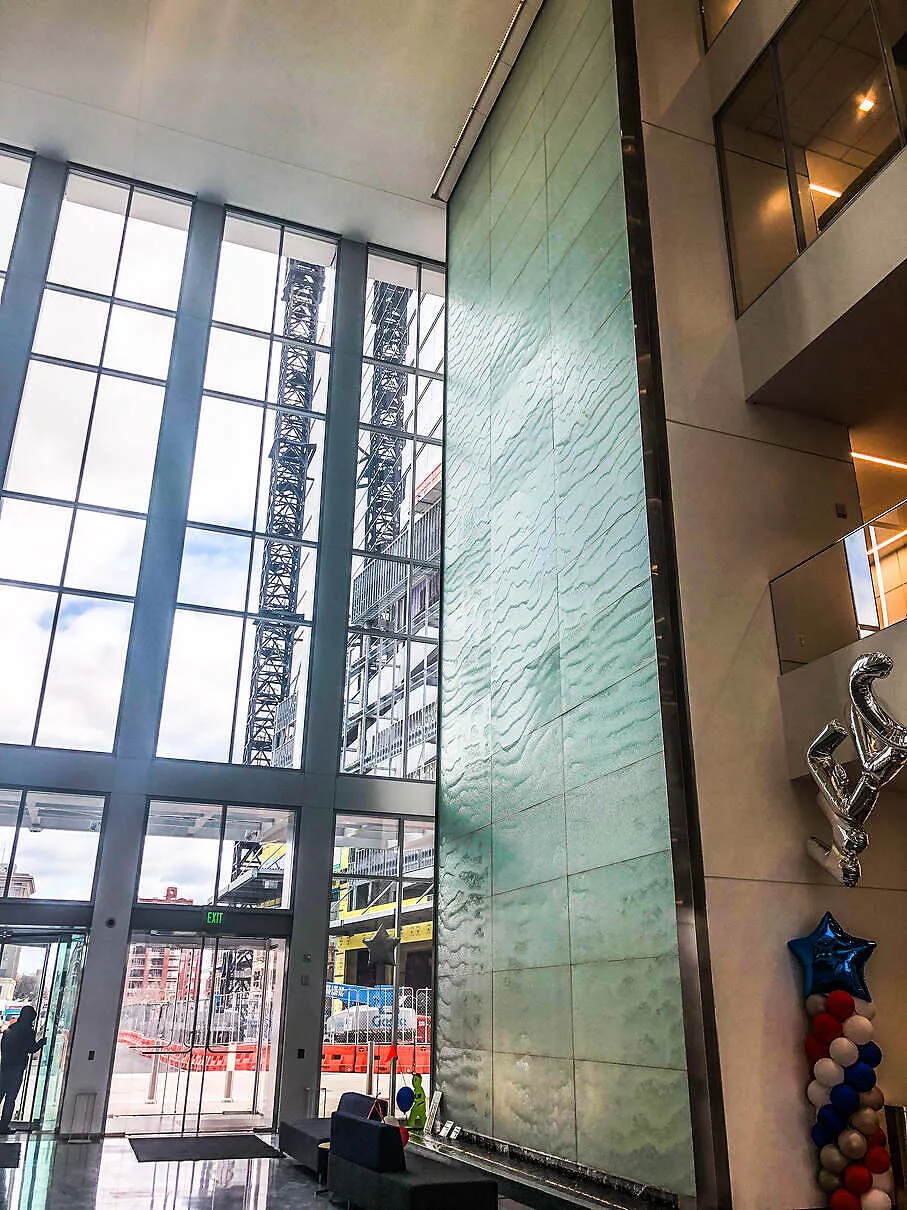






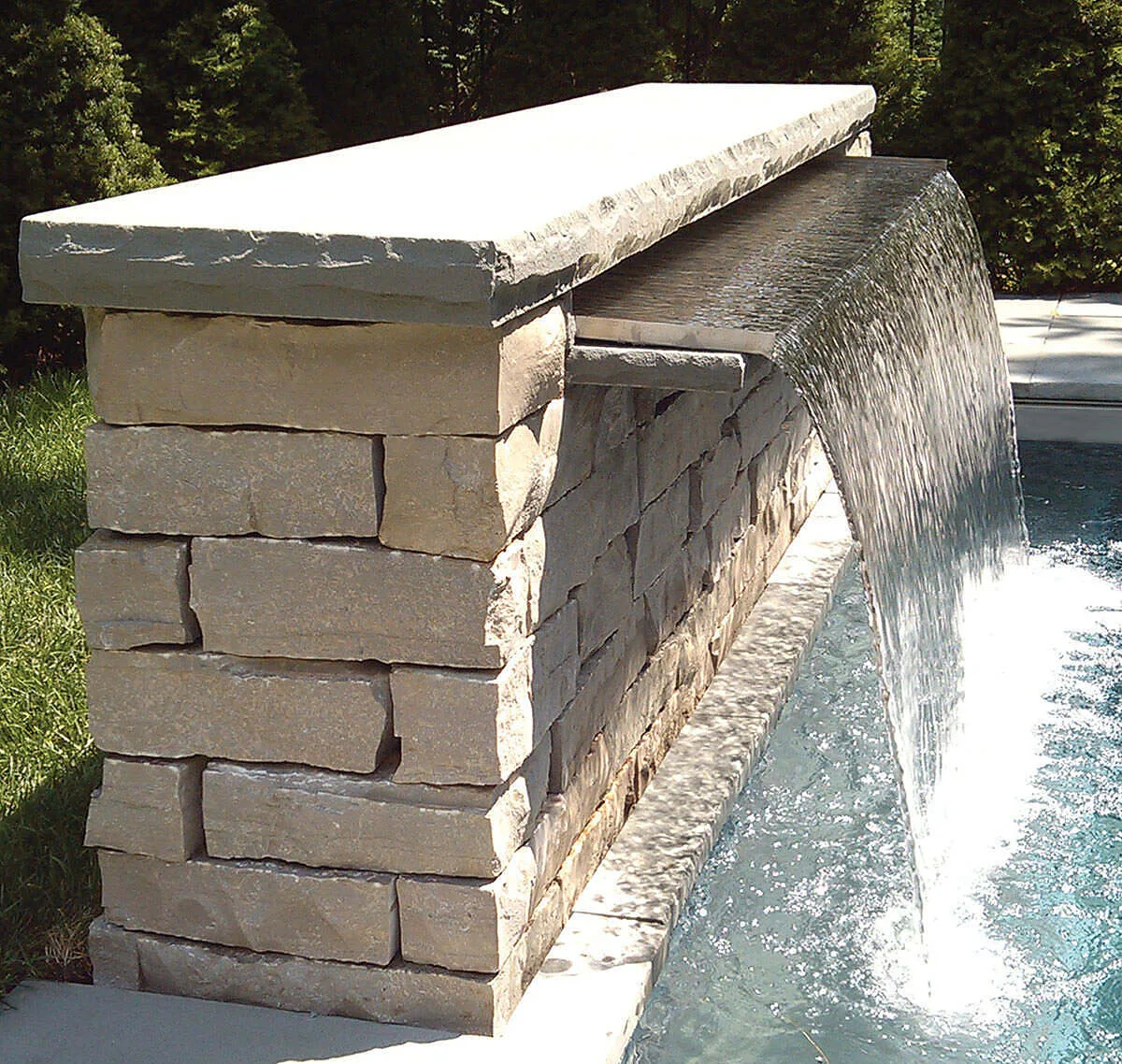
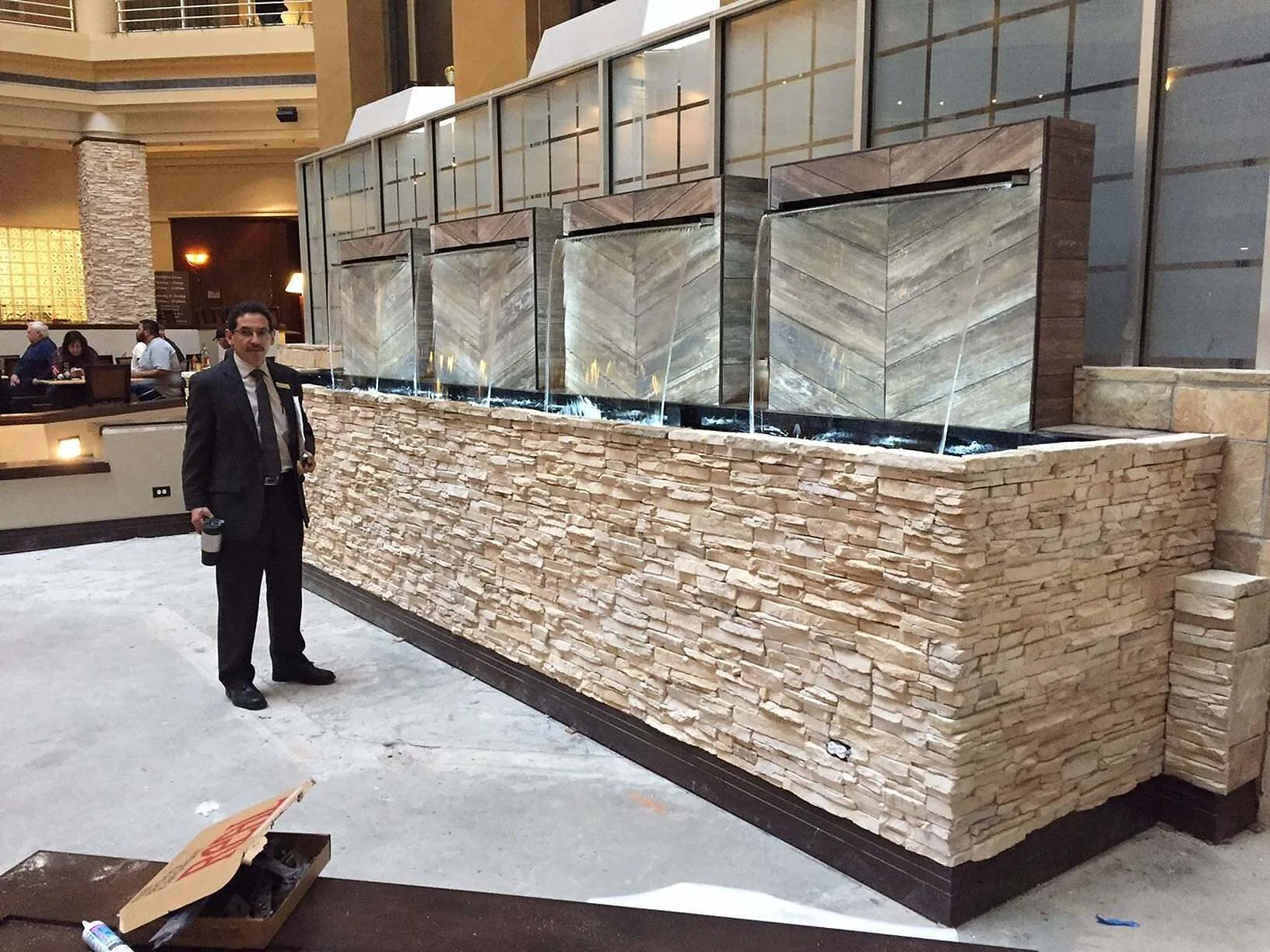

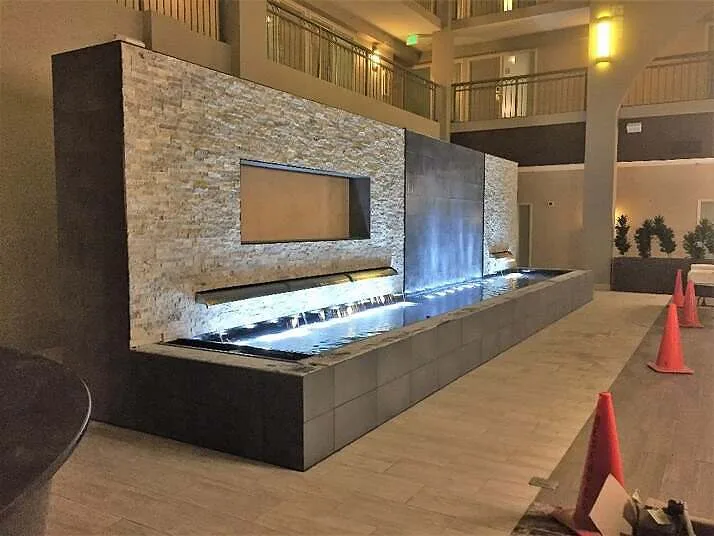

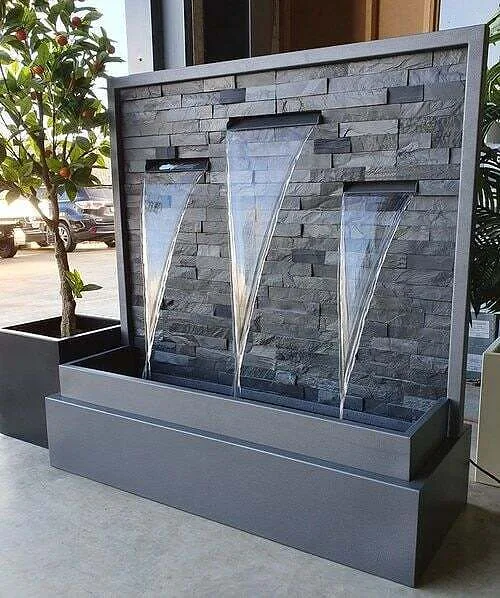
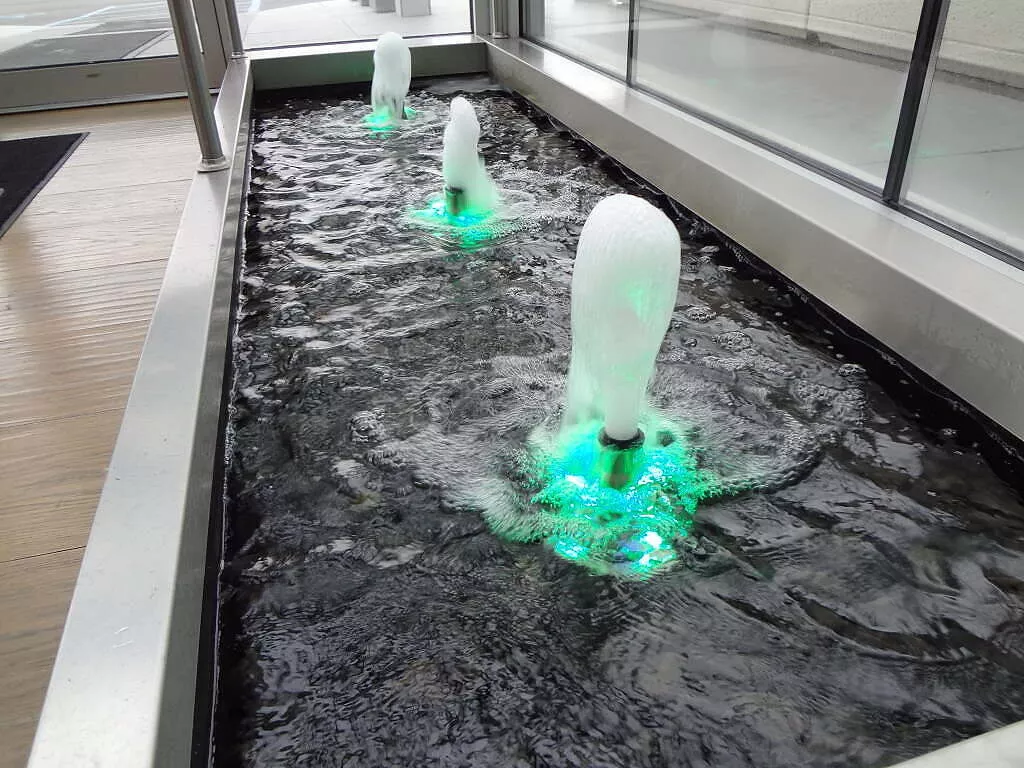
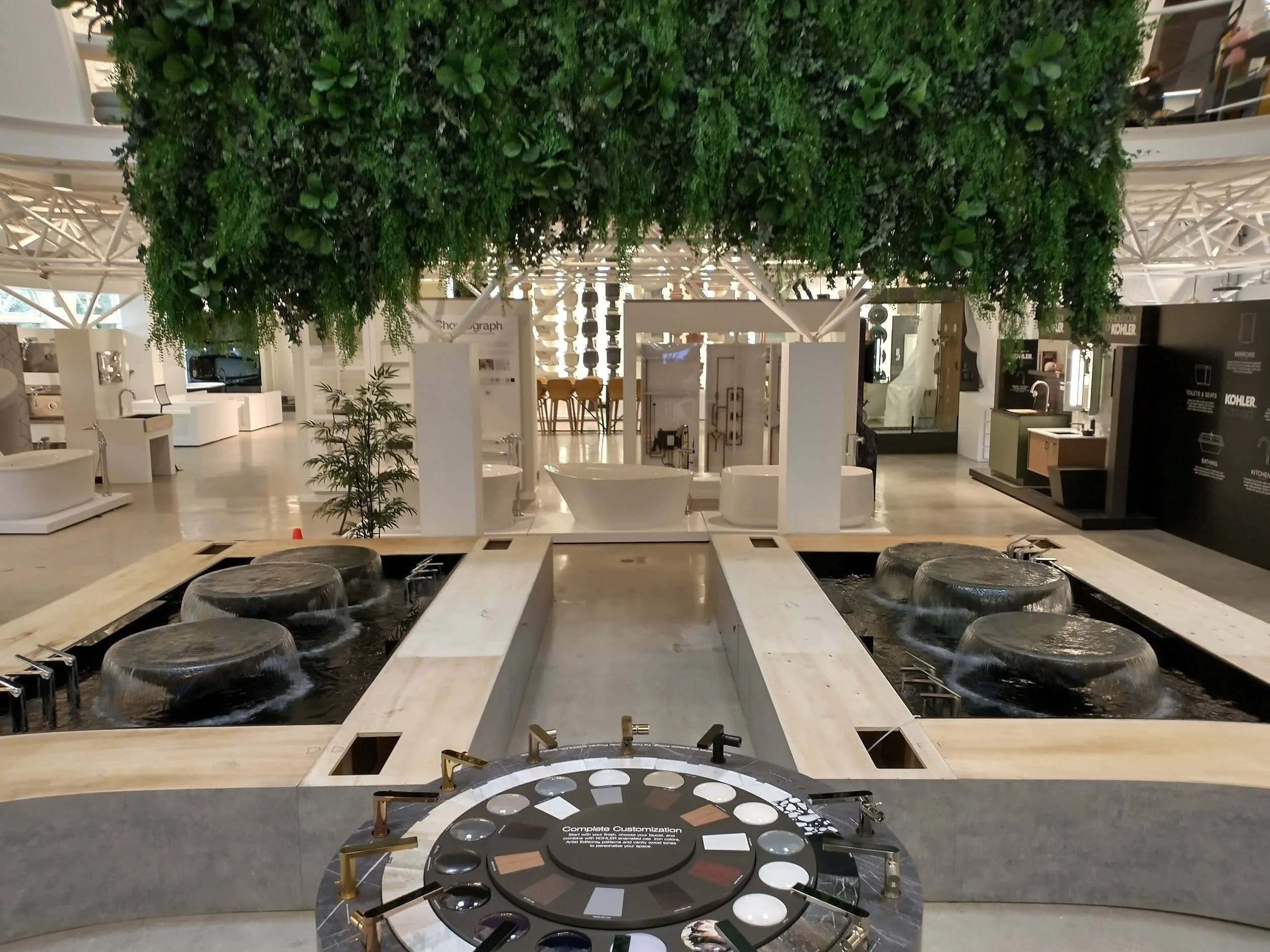

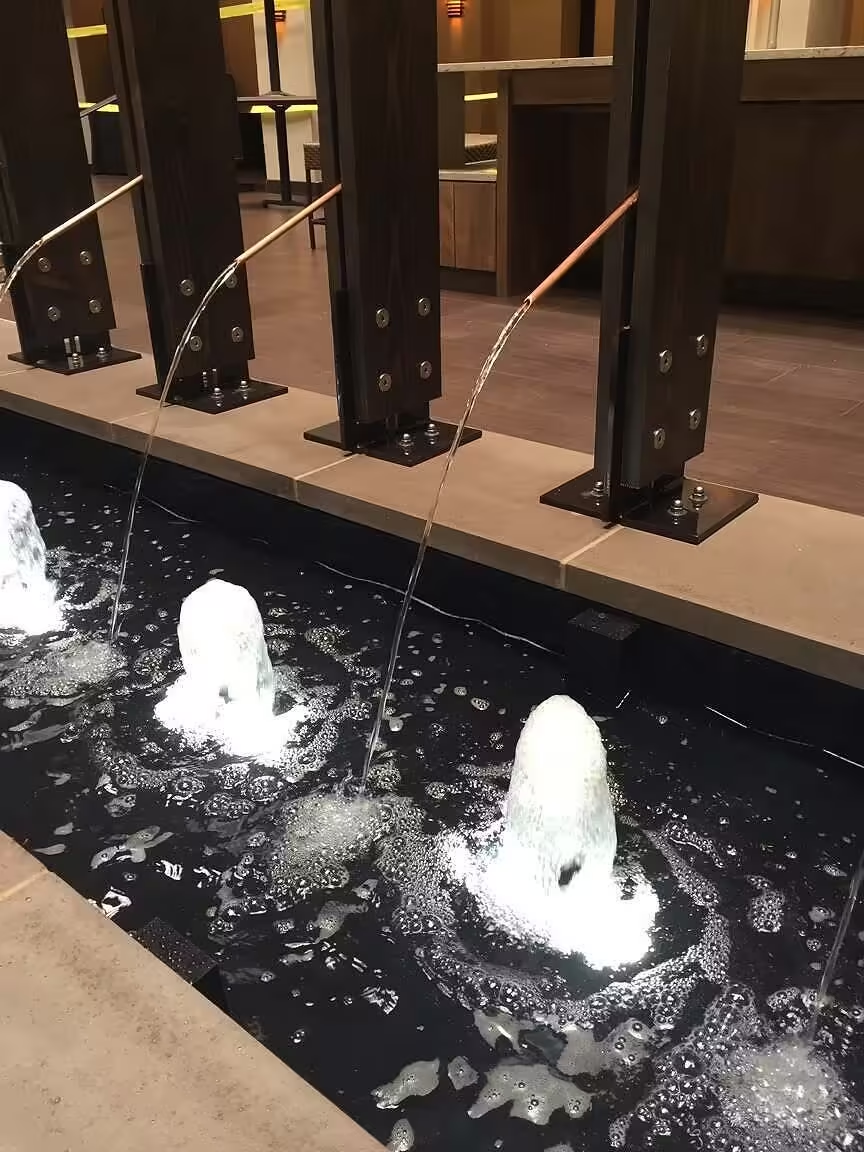
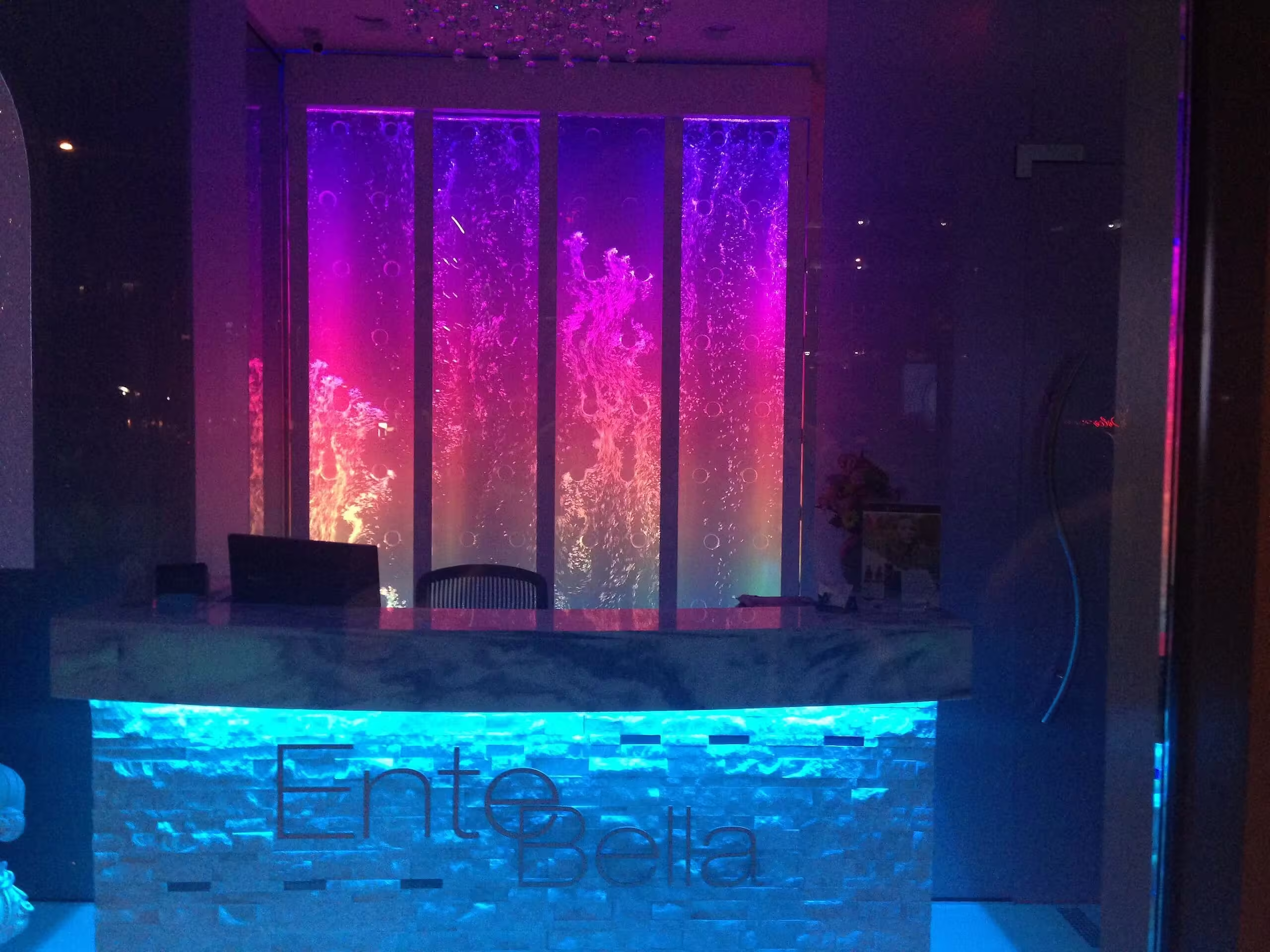

![Rod Style Bubble Wall Swirley for Bounce Empire in Denver, Colorado[84] Rod Style Bubble Wall Swirley for Bounce Empire in Denver, Colorado[84]](https://www.midwest-tropical.com/wp-content/uploads/Rod-Style-Bubble-Wall-Swirley-for-Bounce-Empire-in-Denver-Colorado84.jpg.webp)
![Rod Style Bubble Wall Swirley for Bounce Empire in Denver, Colorado 2[2] Rod Style Bubble Wall Swirley for Bounce Empire in Denver, Colorado 2[2]](https://www.midwest-tropical.com/wp-content/uploads/Rod-Style-Bubble-Wall-Swirley-for-Bounce-Empire-in-Denver-Colorado-22-jpg.avif)



